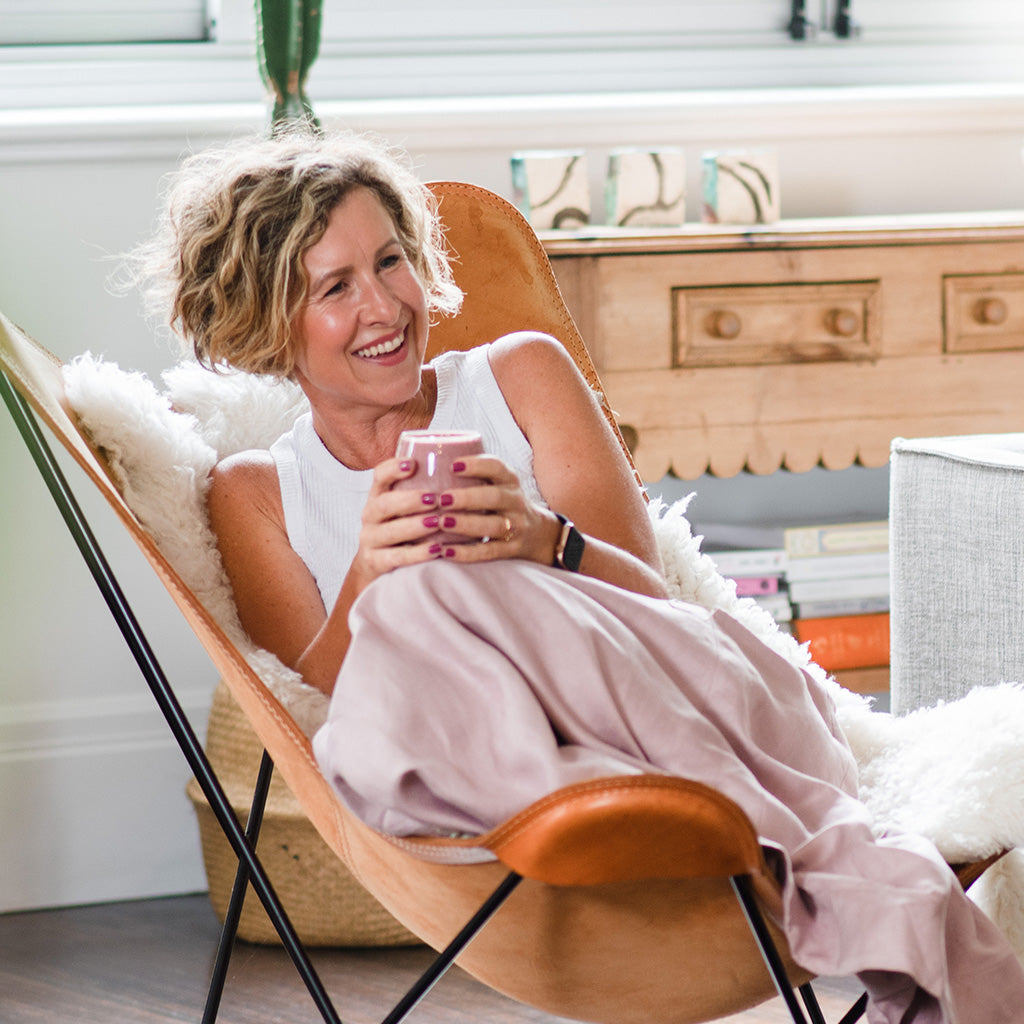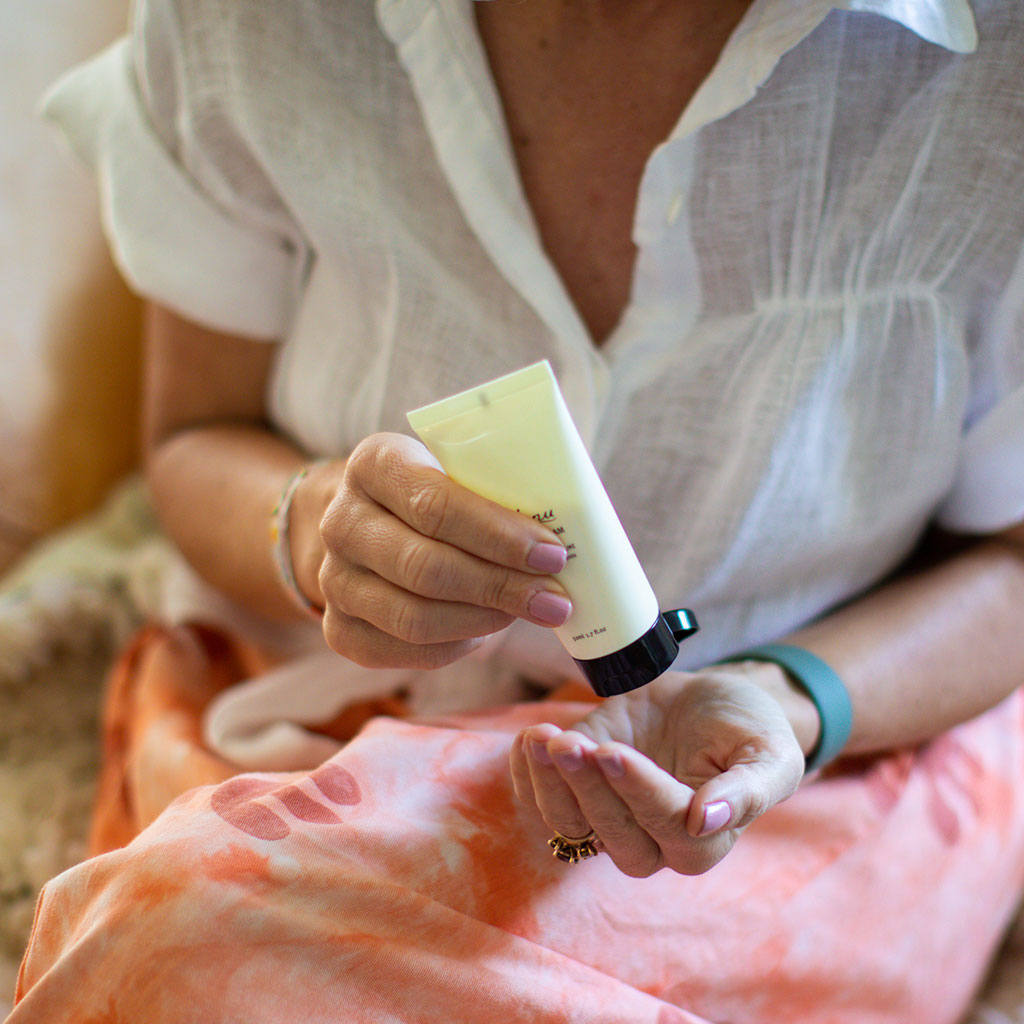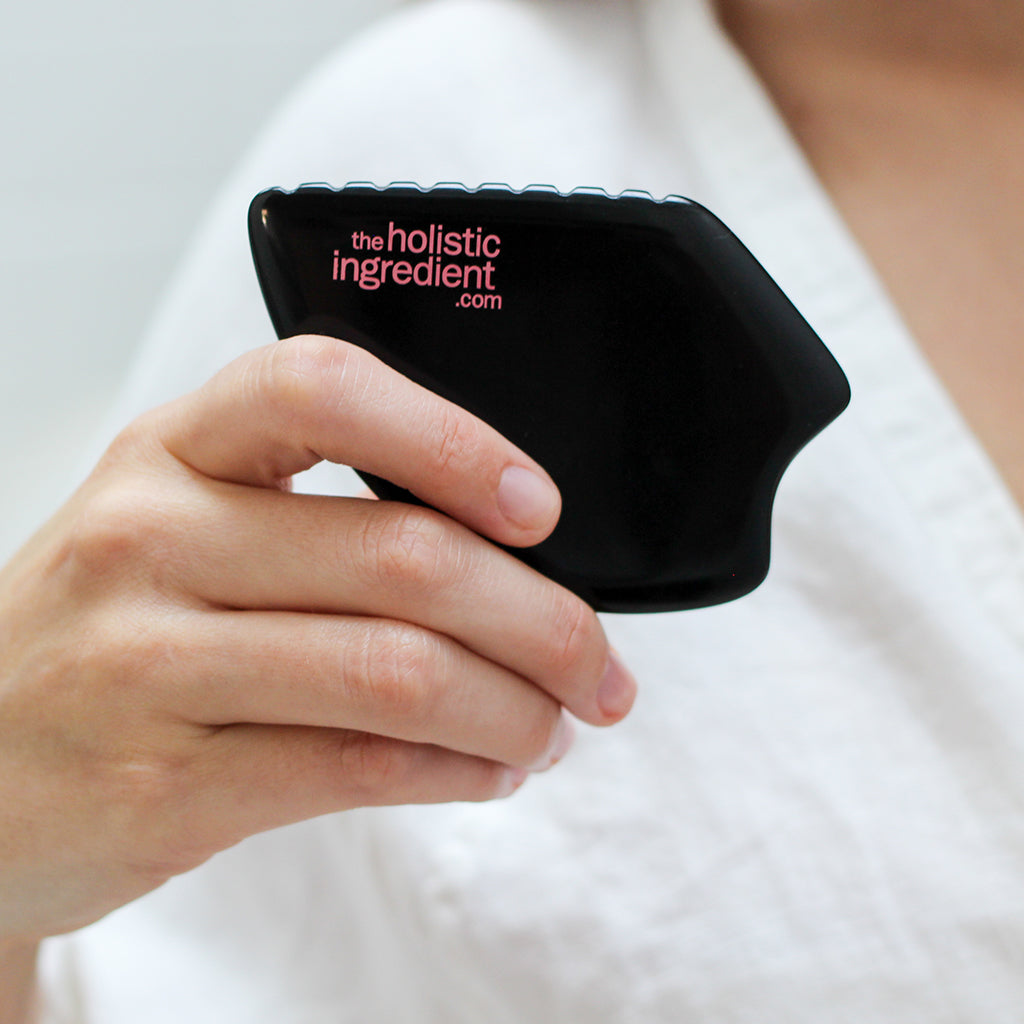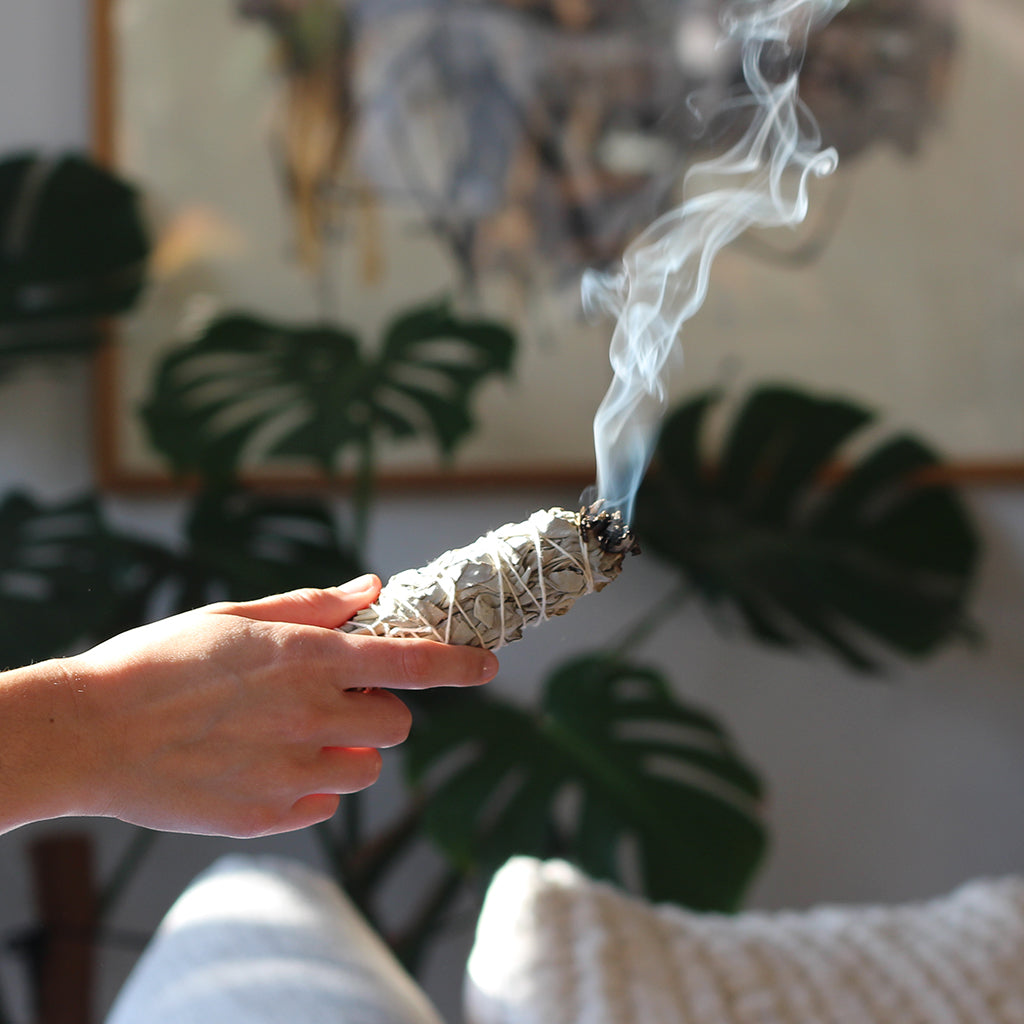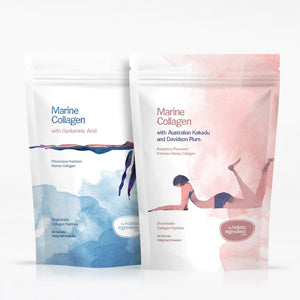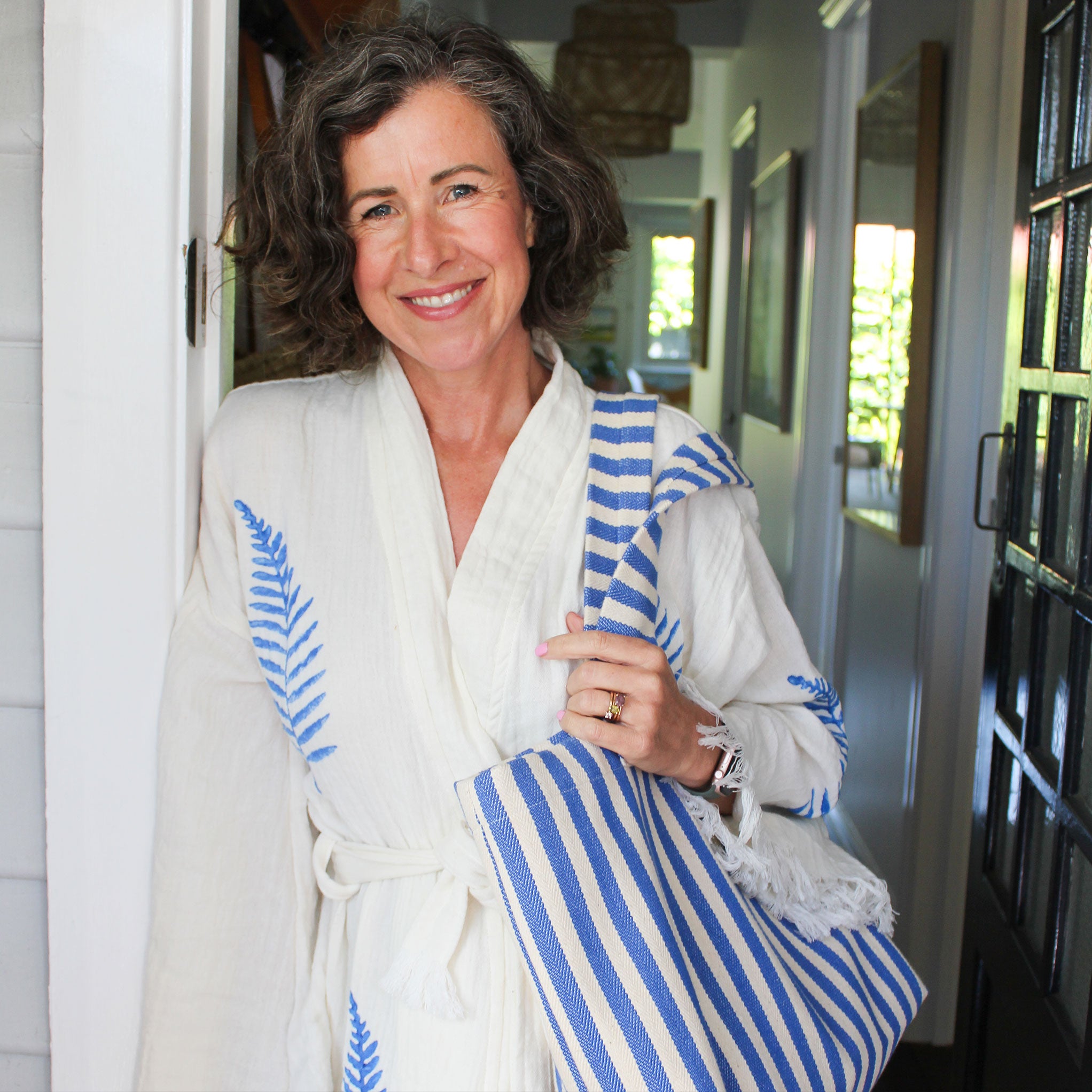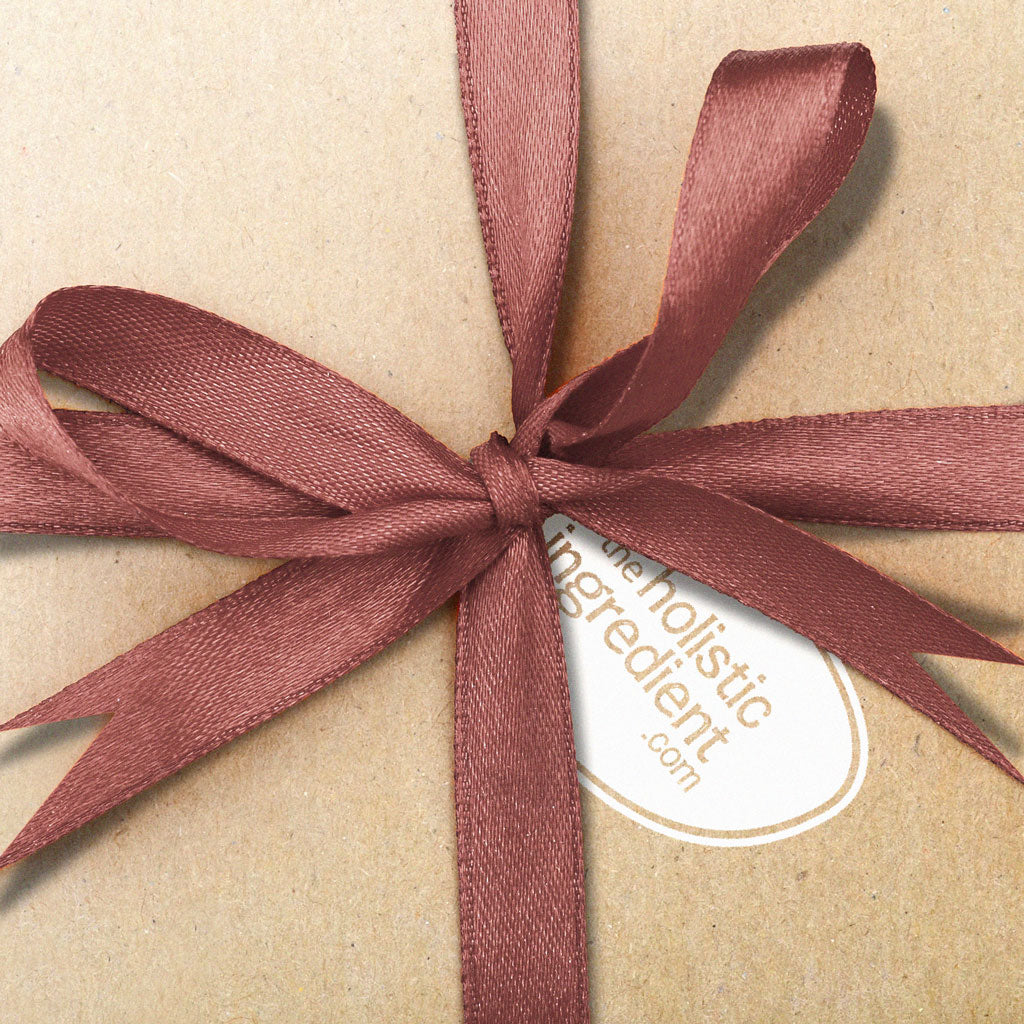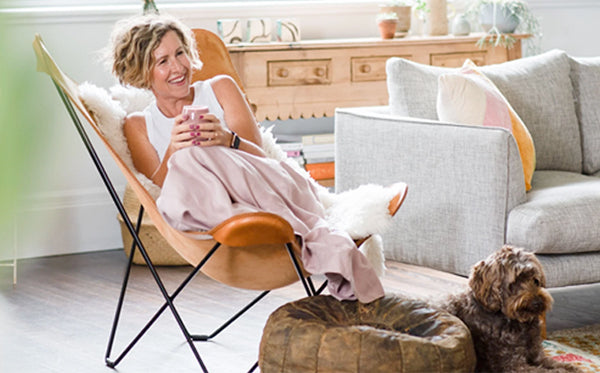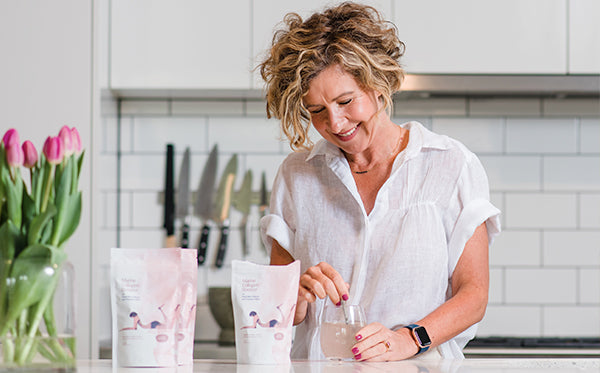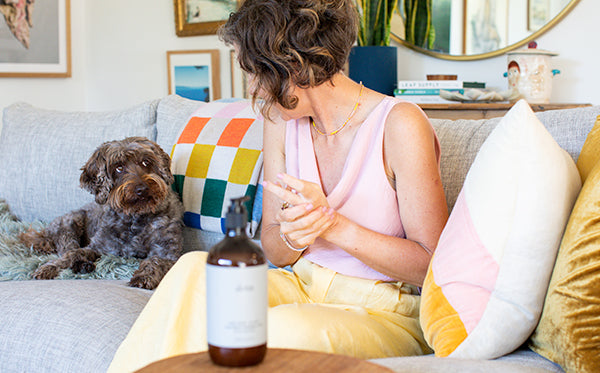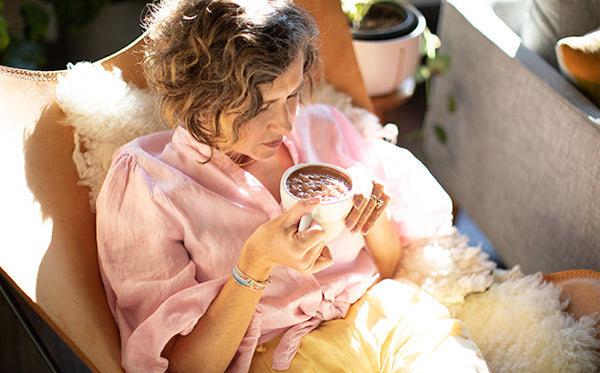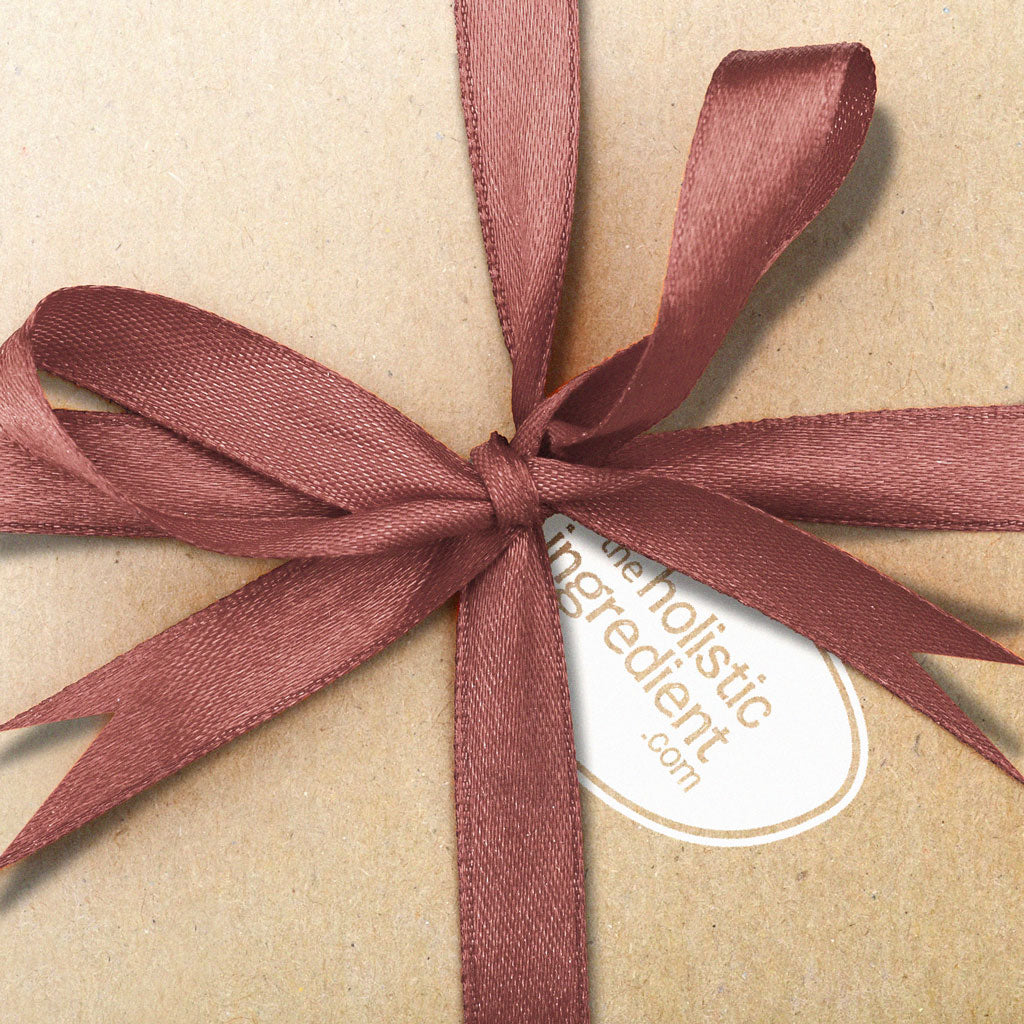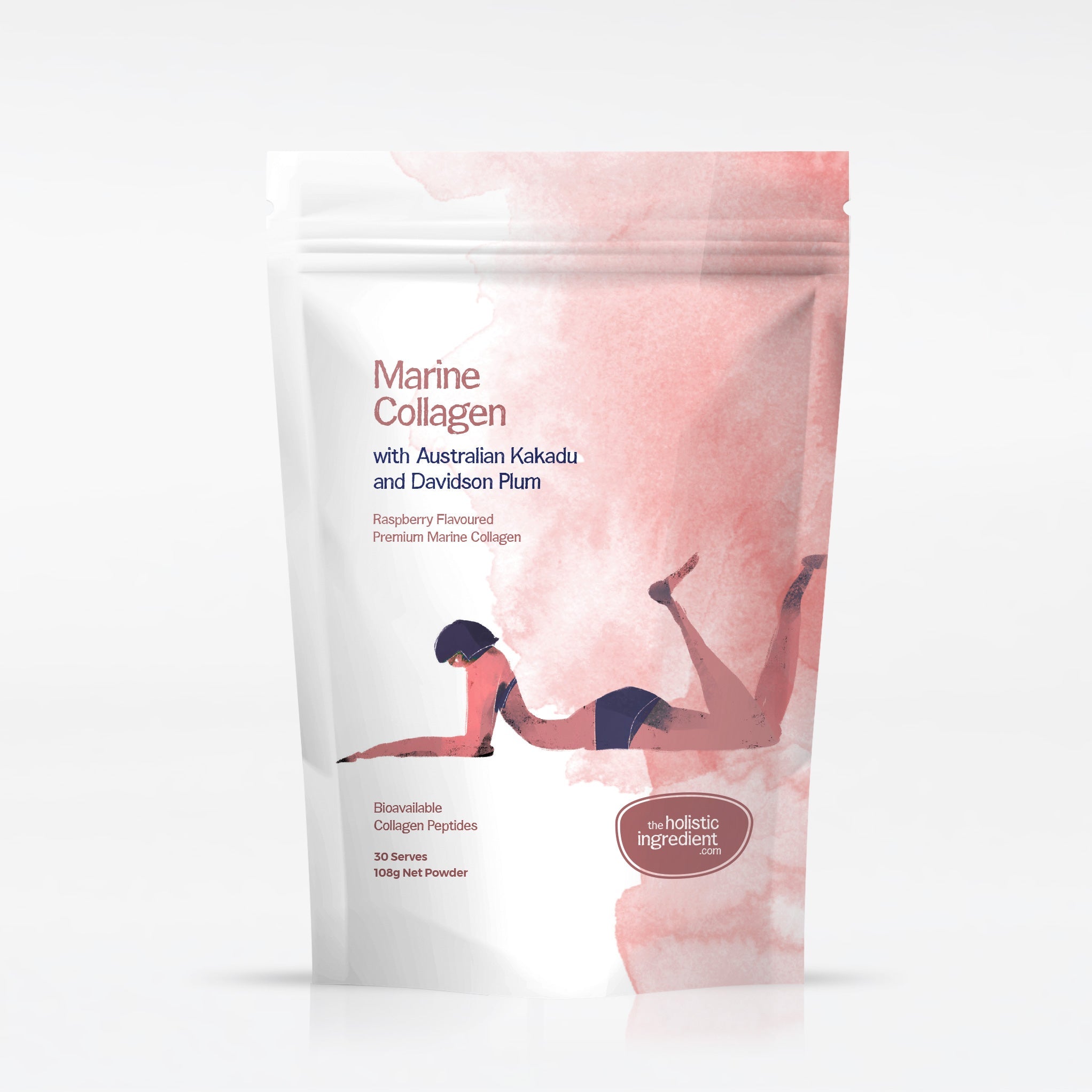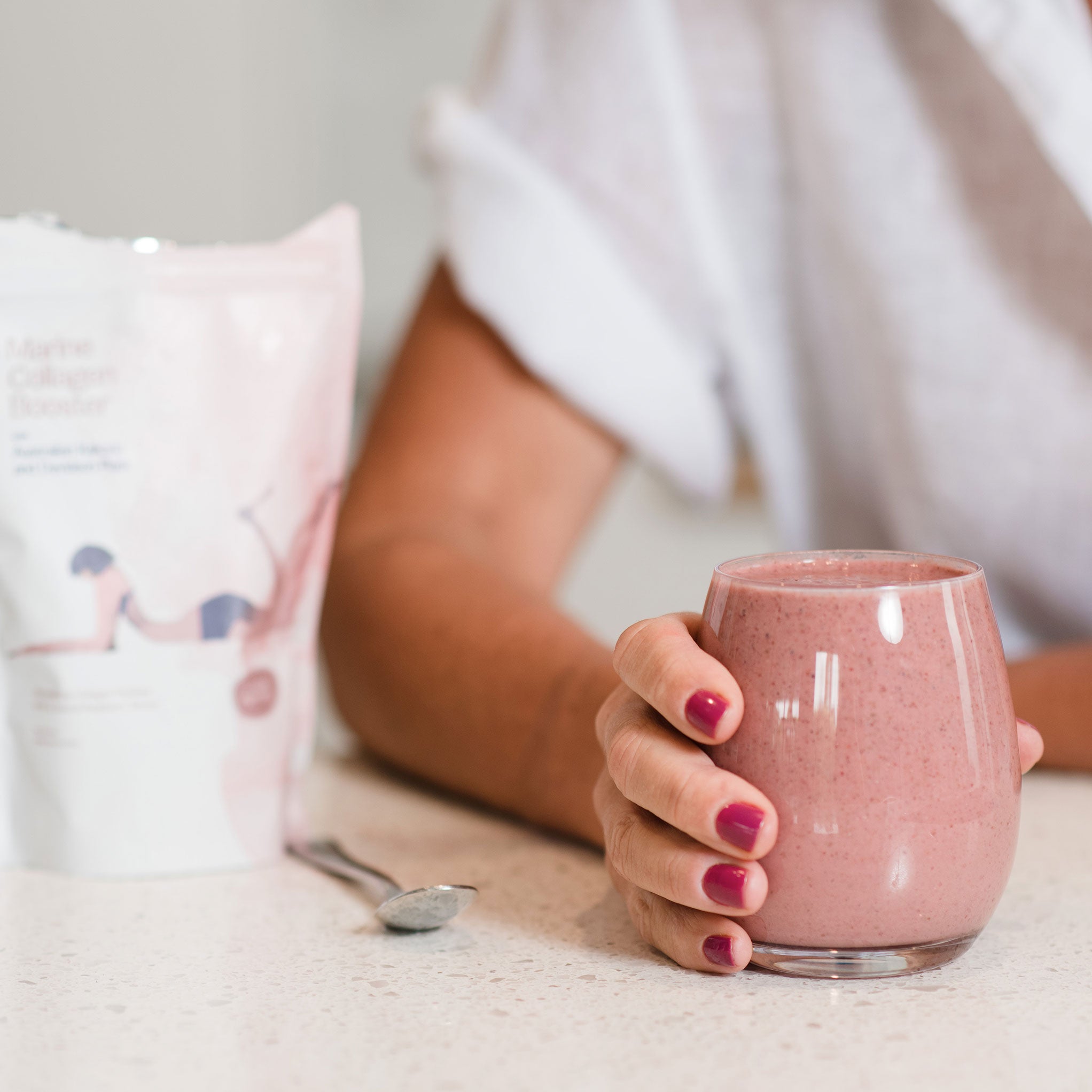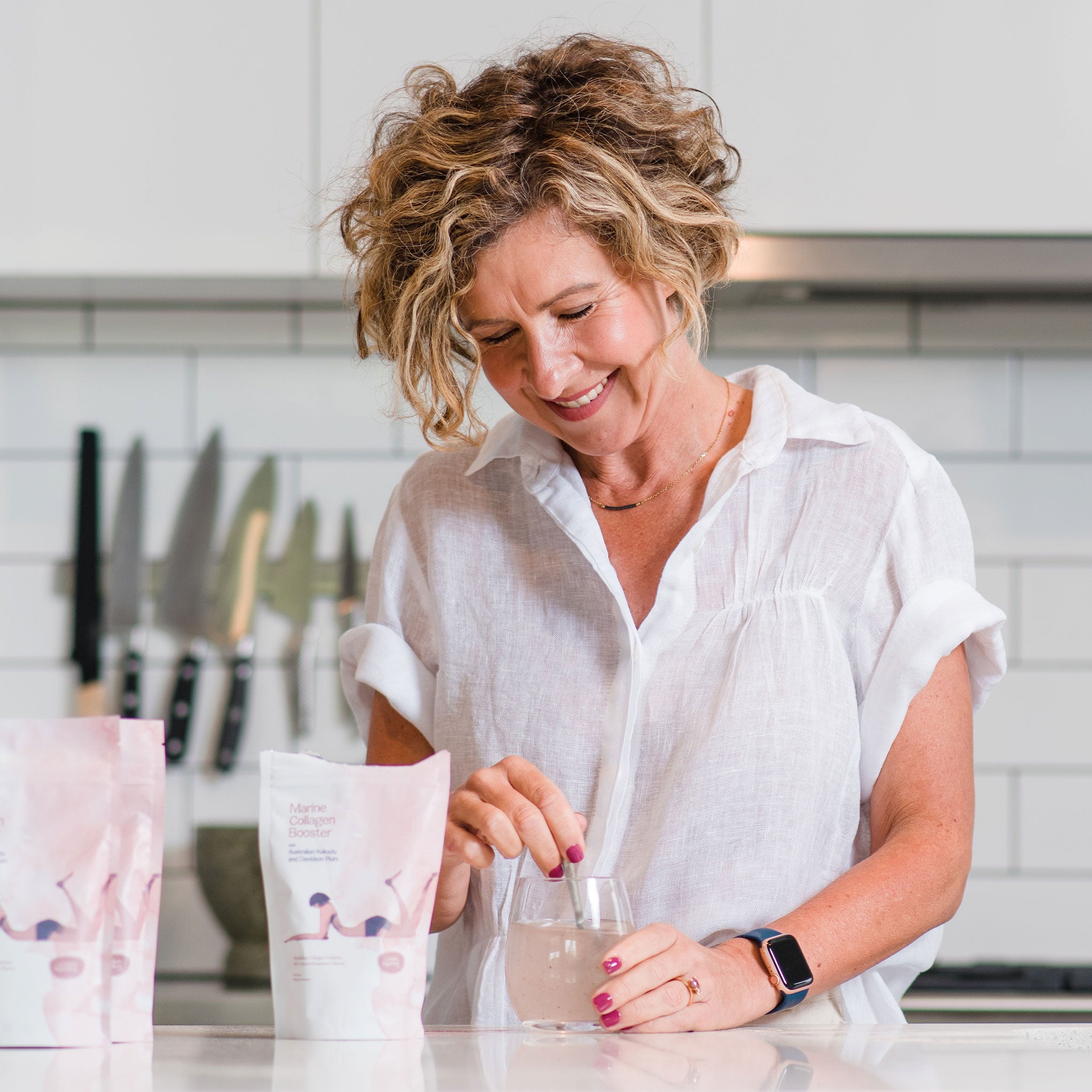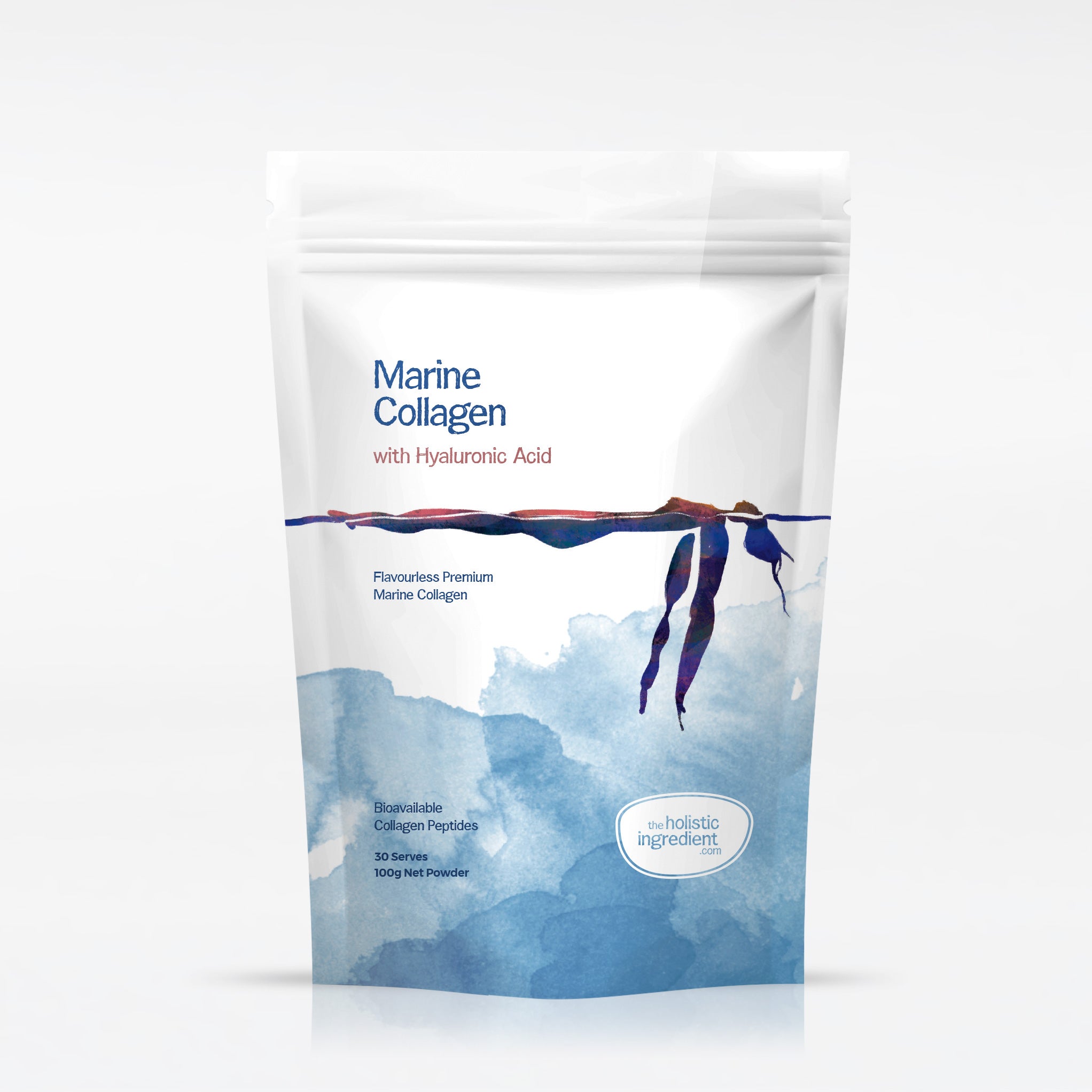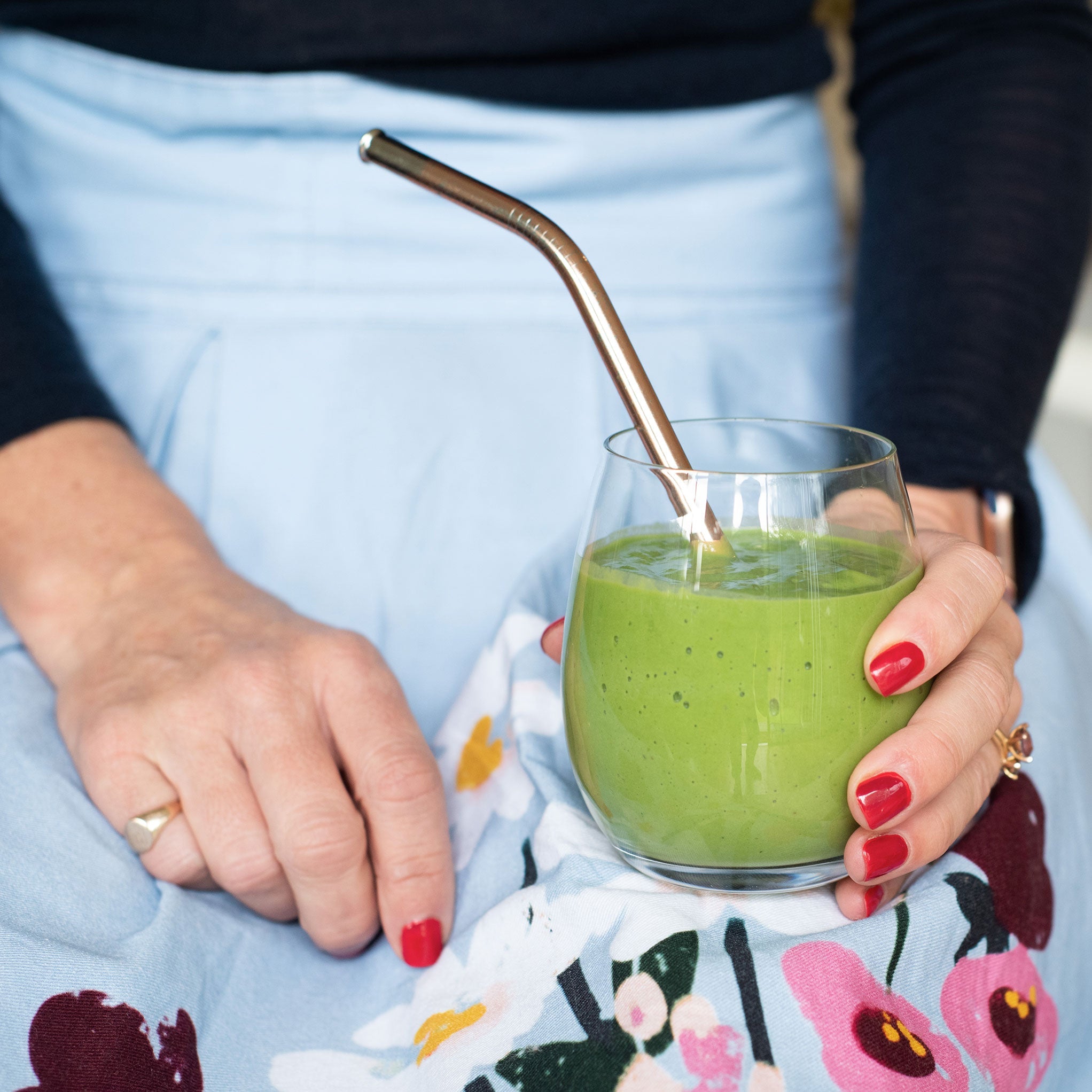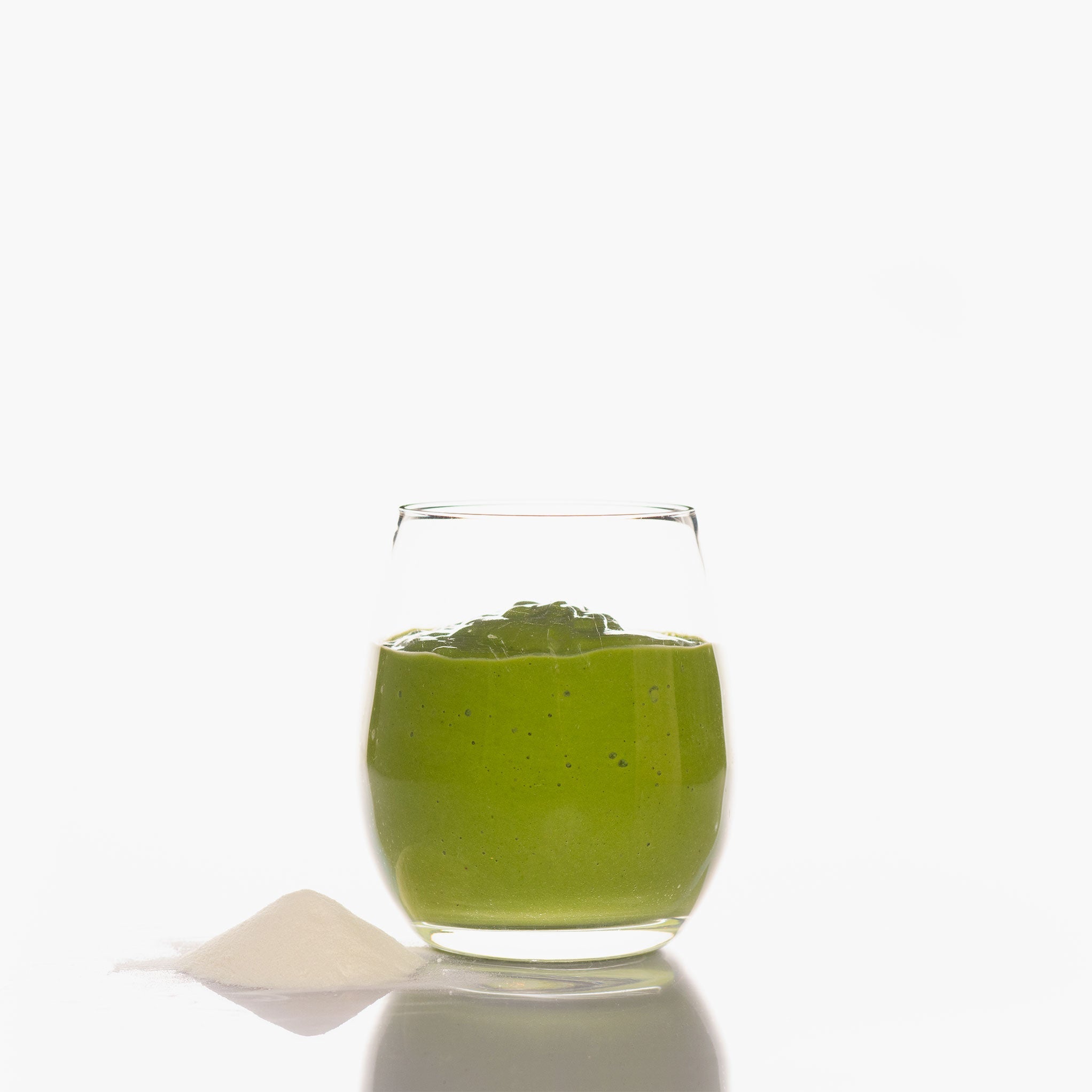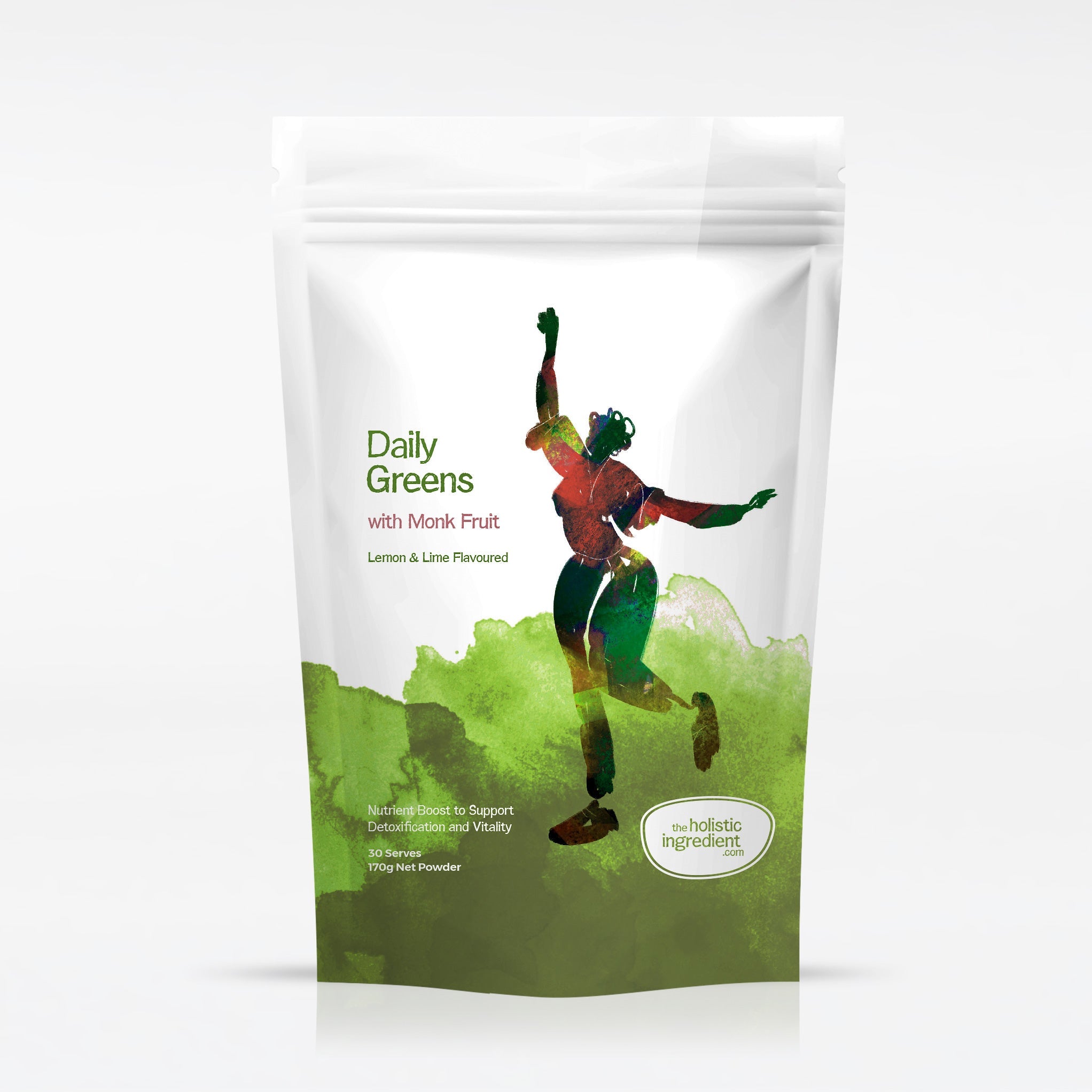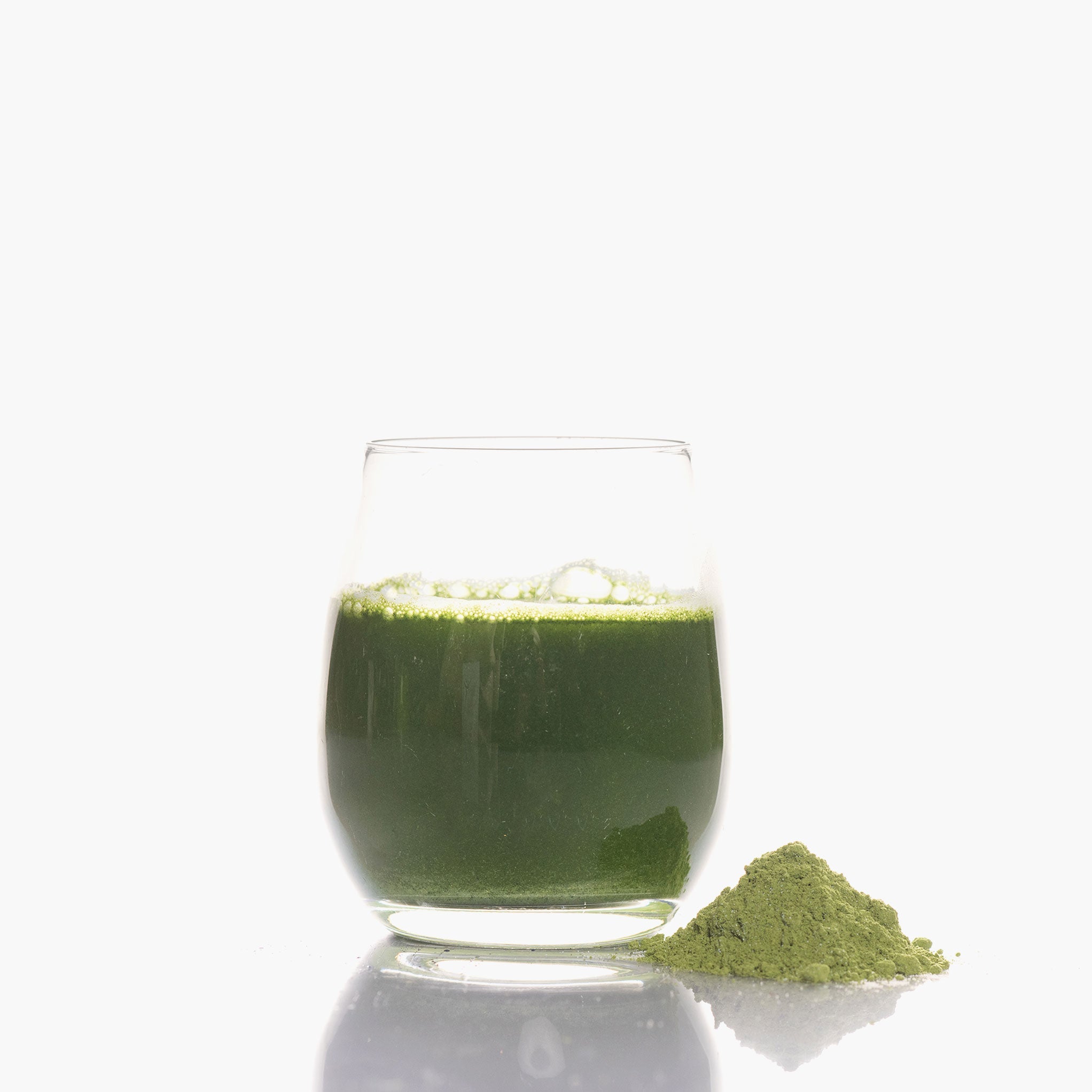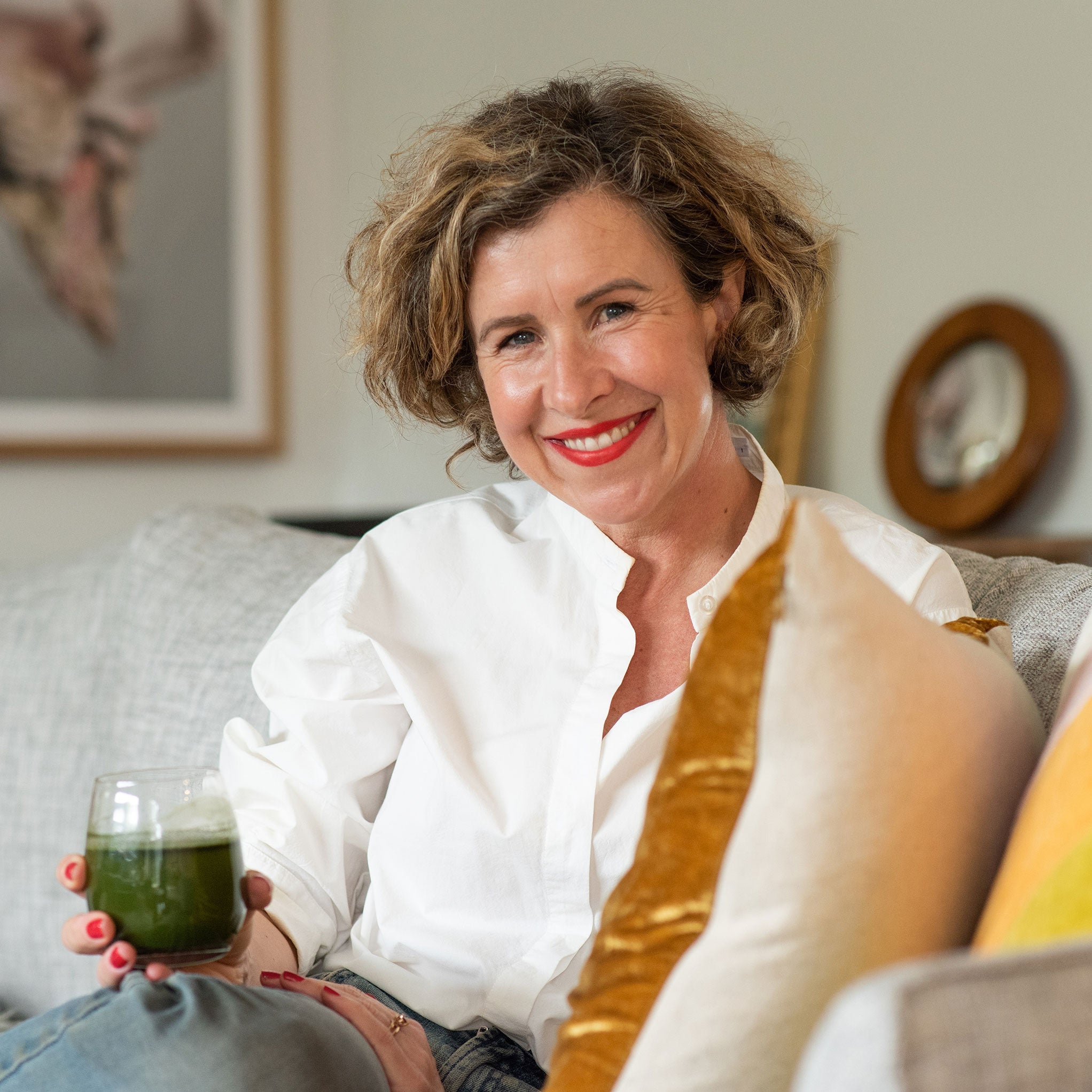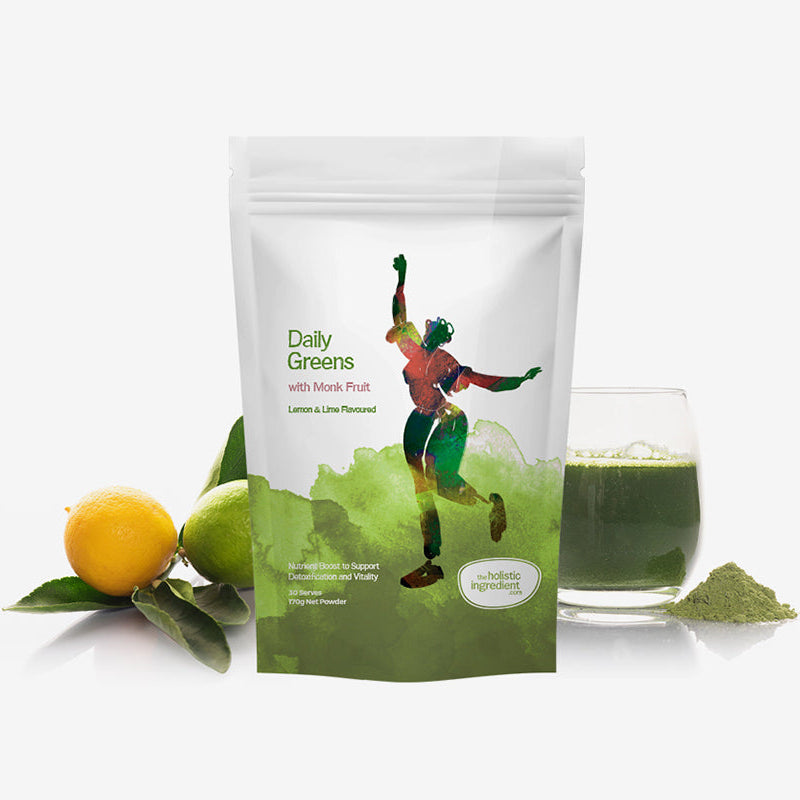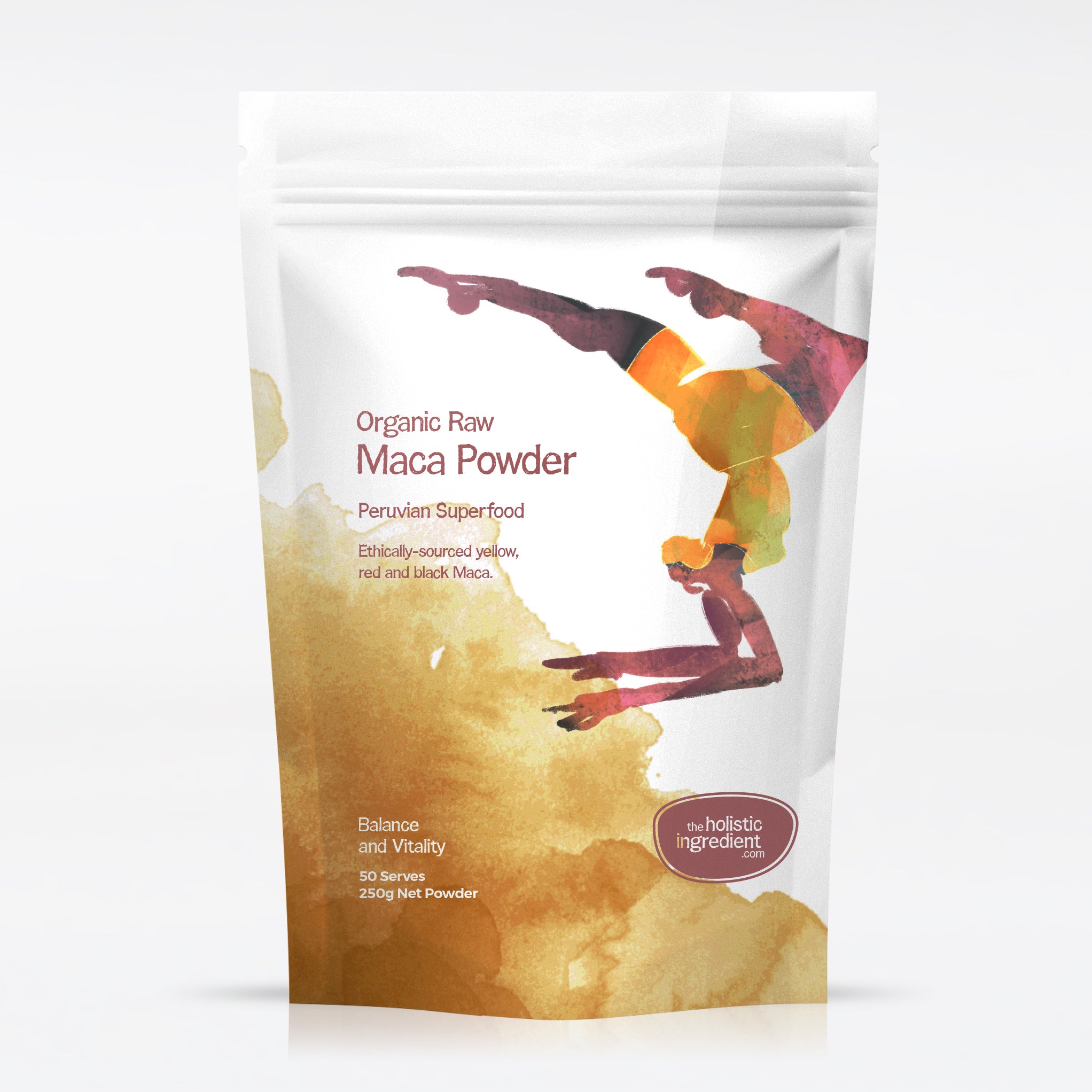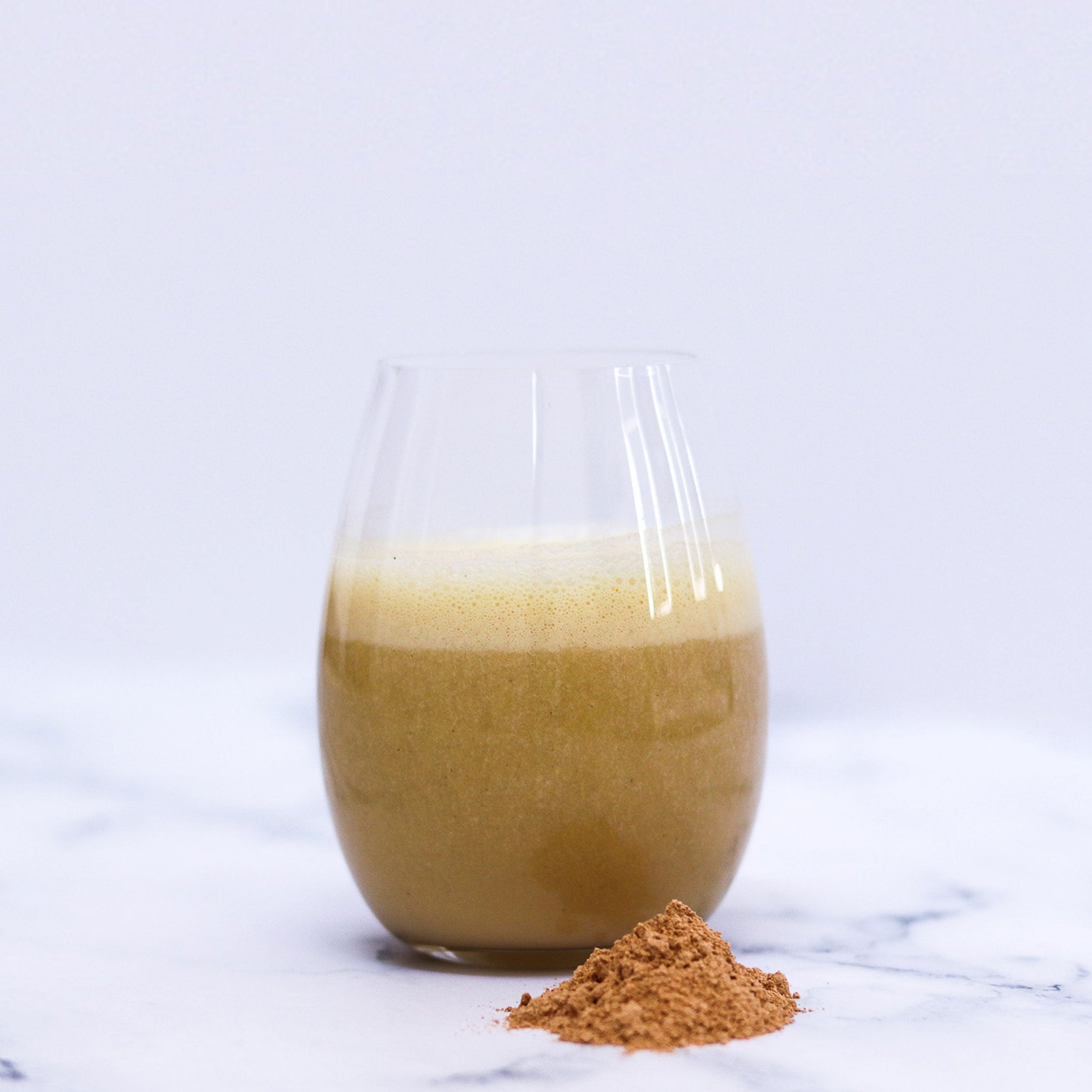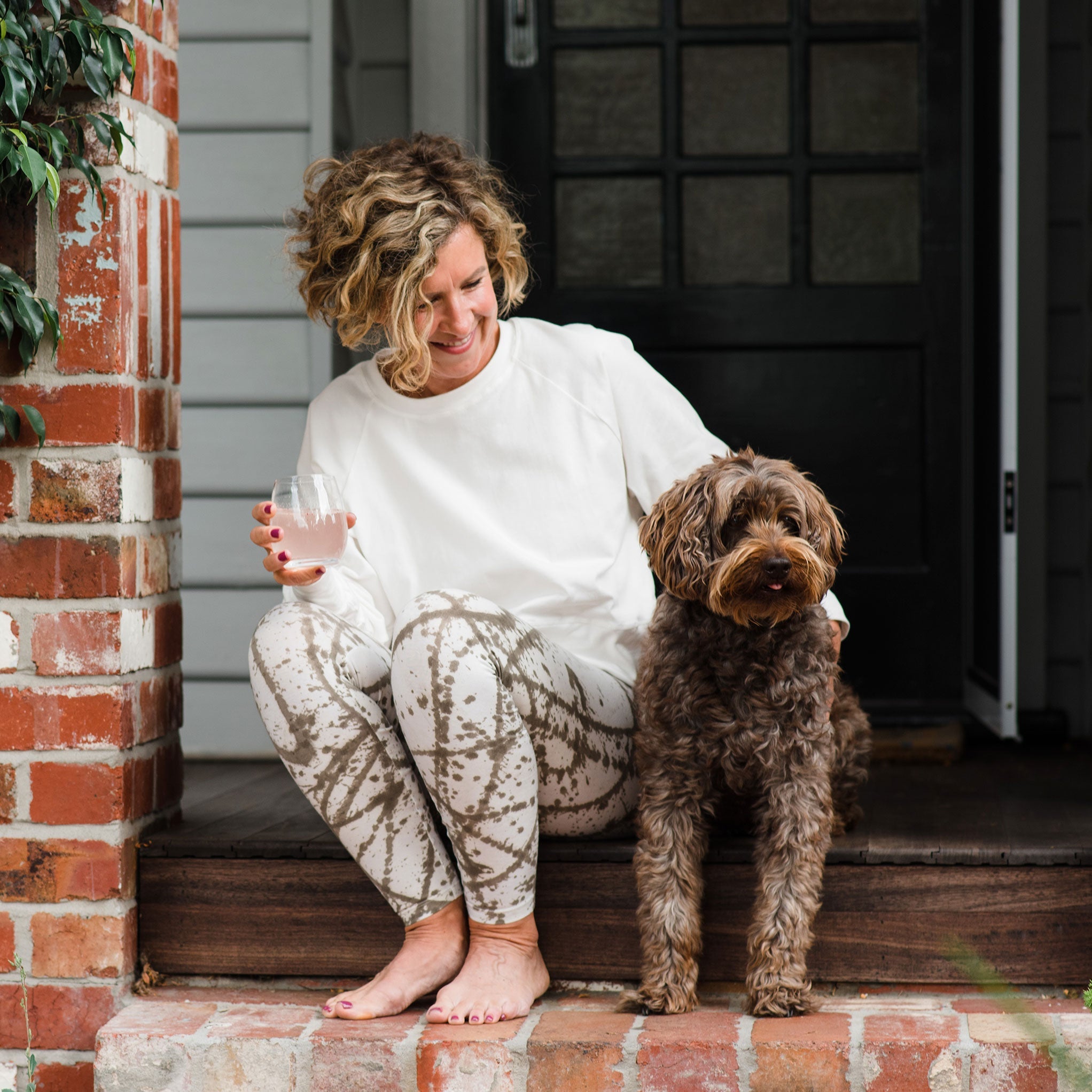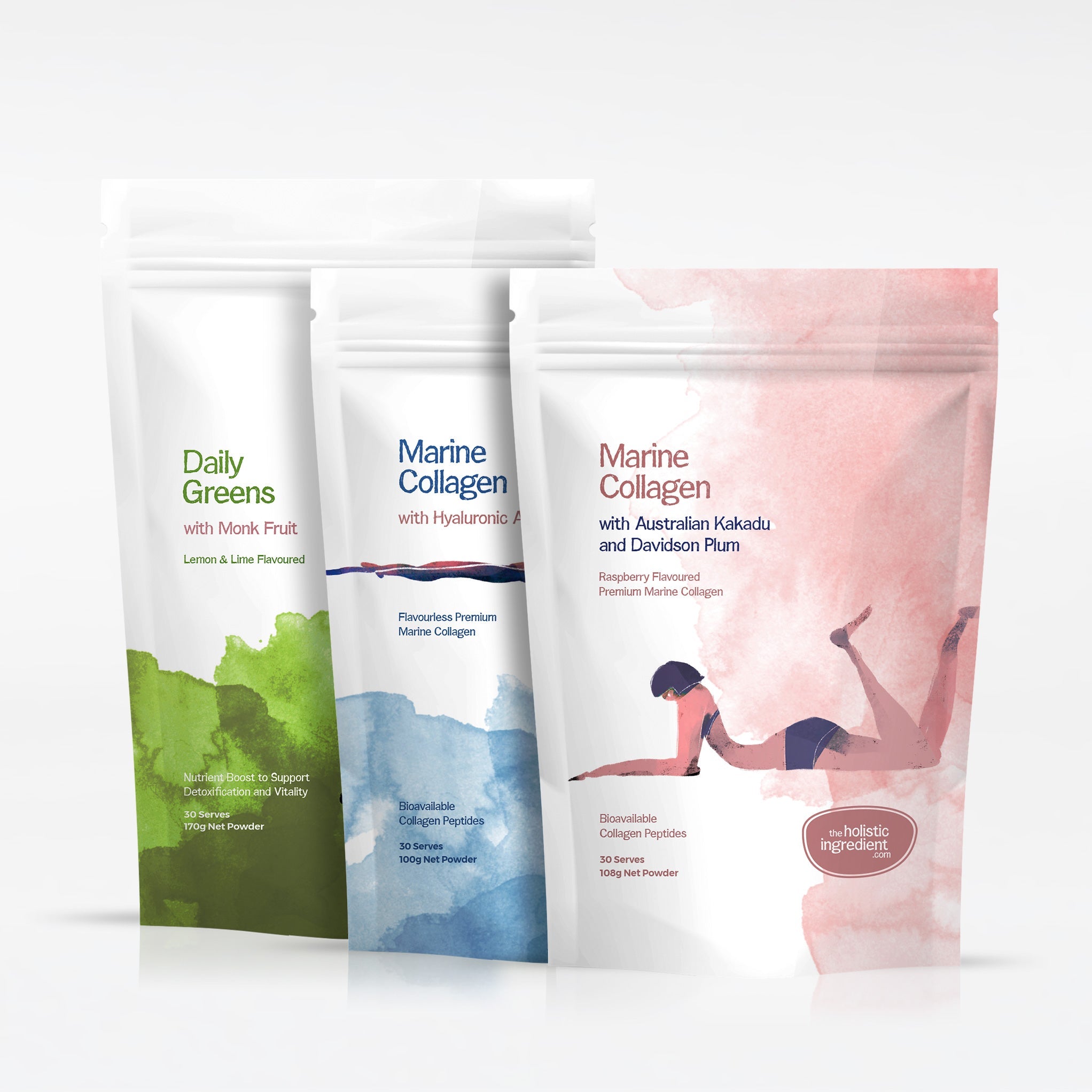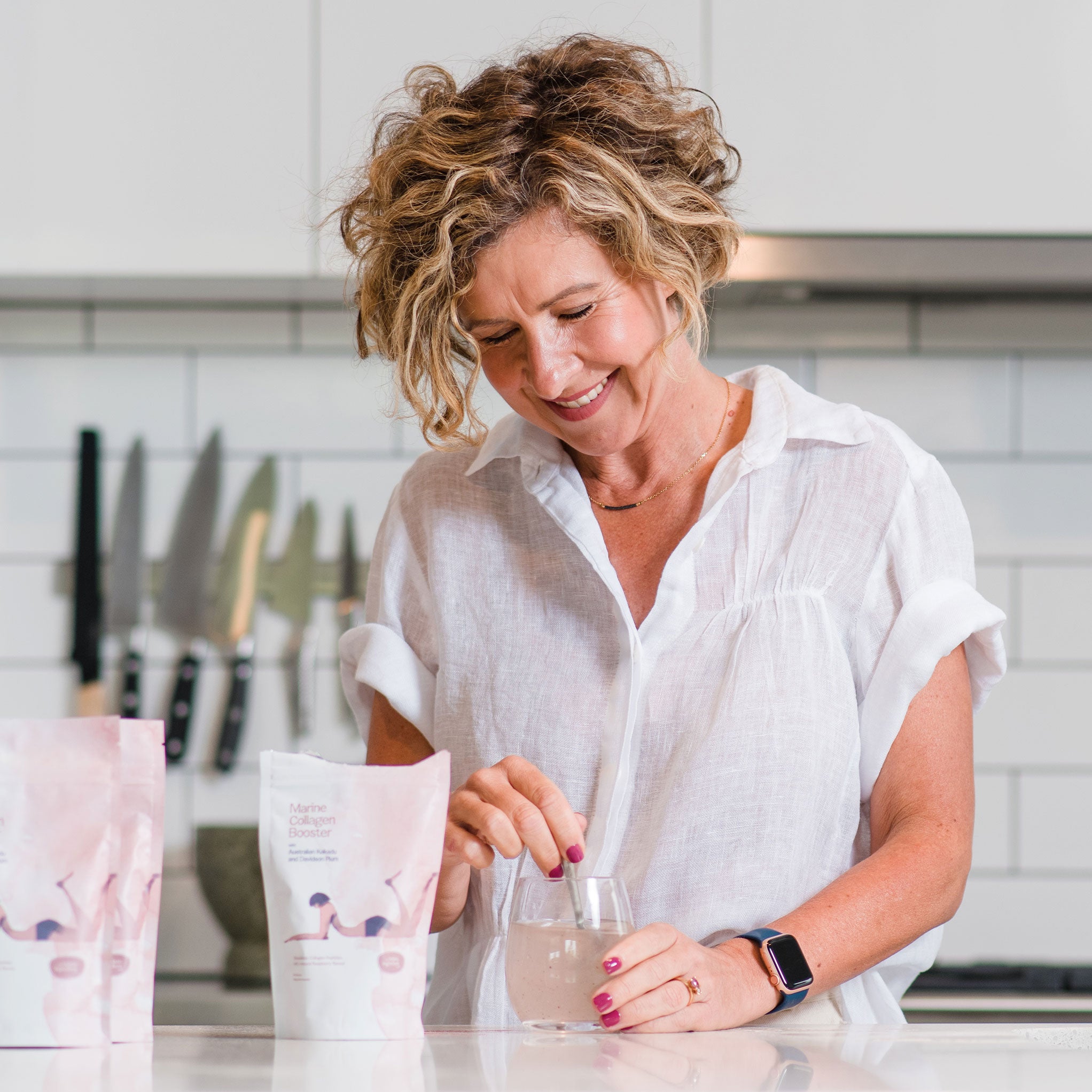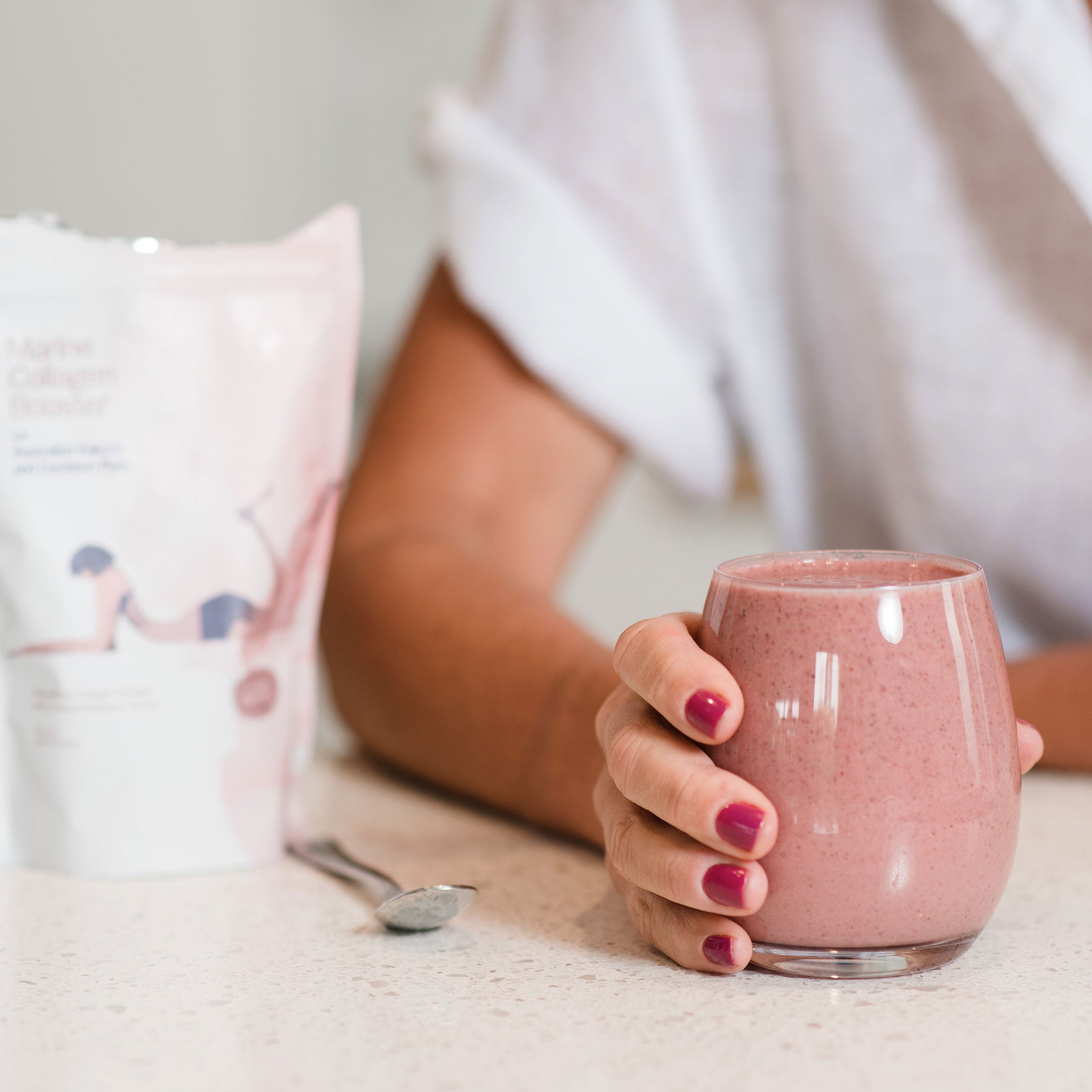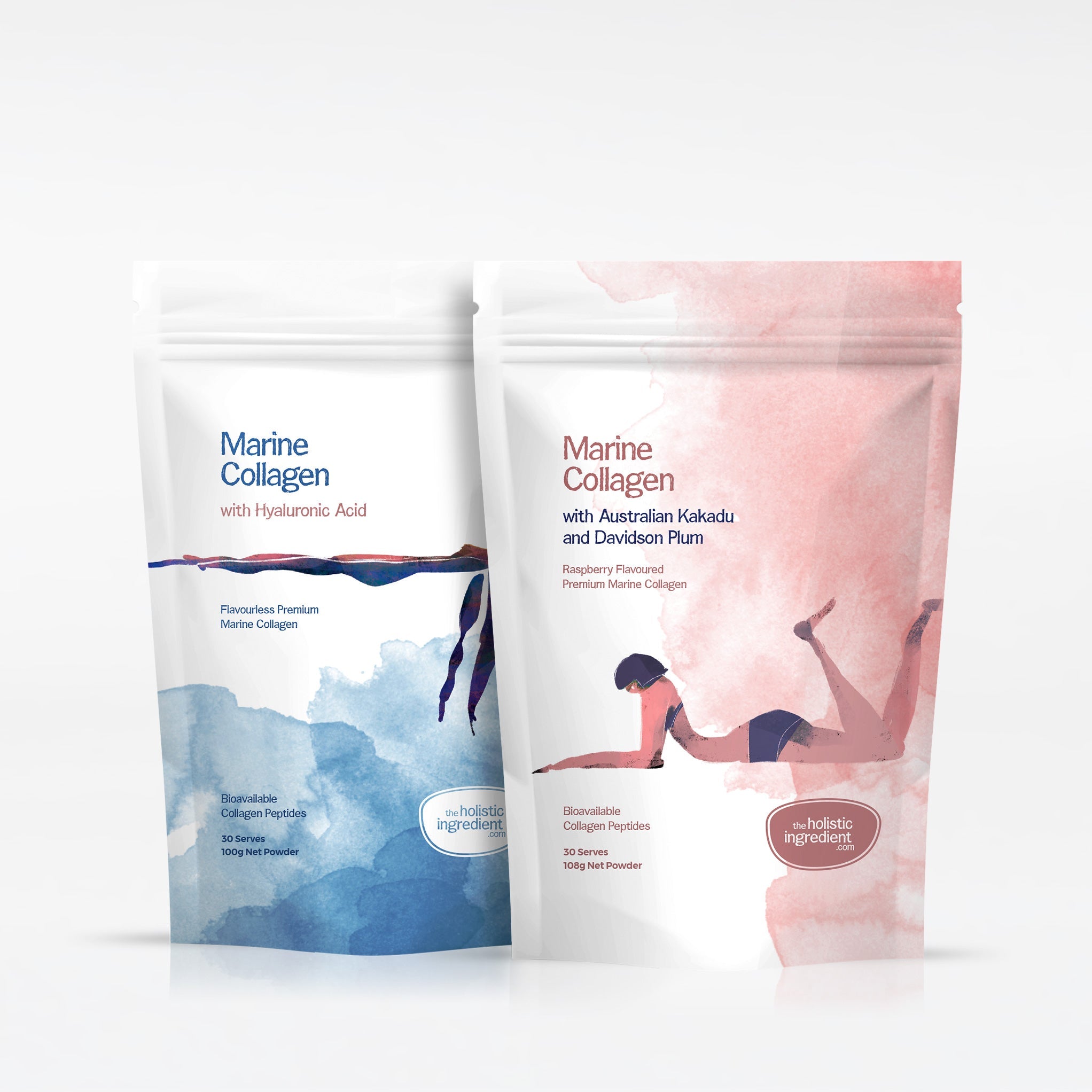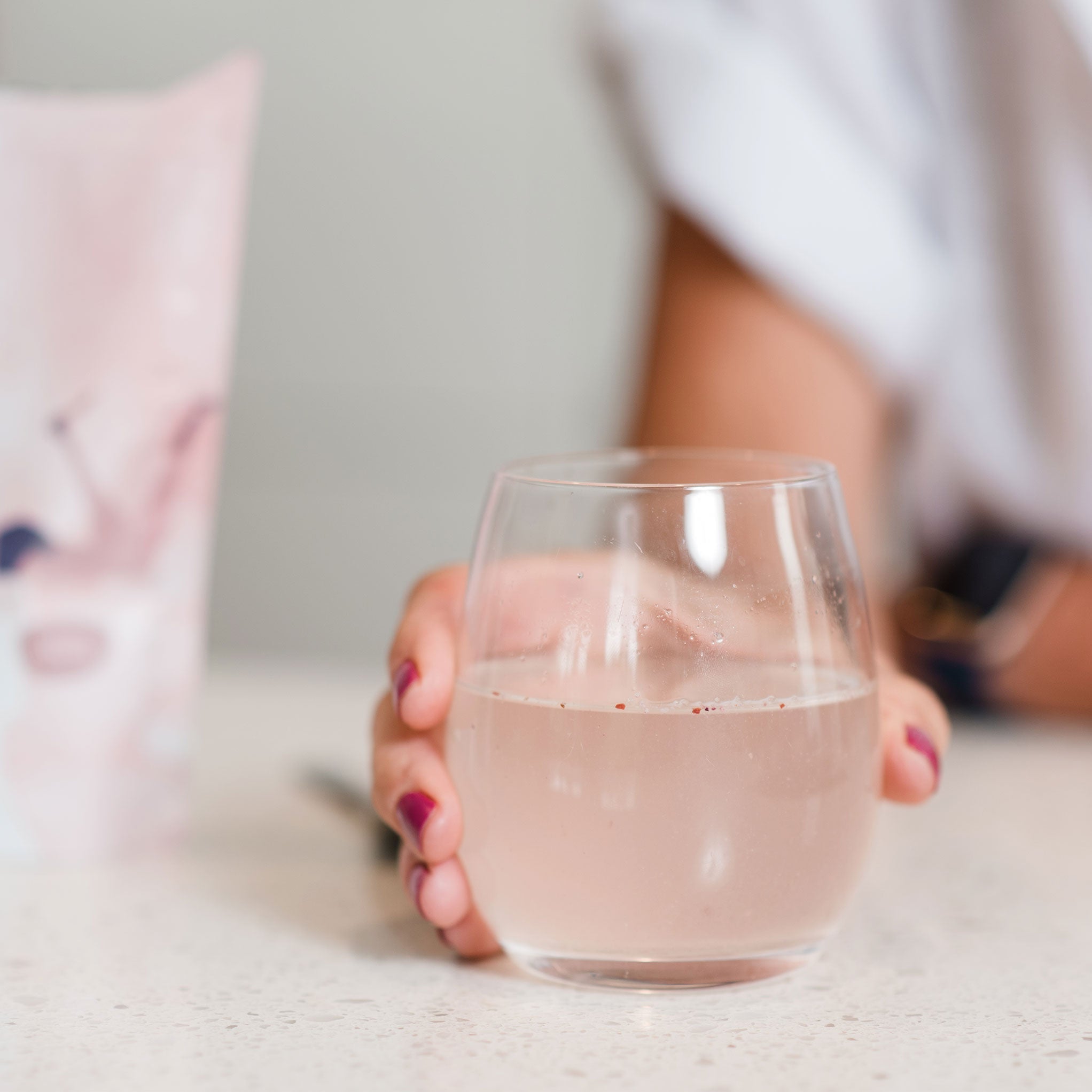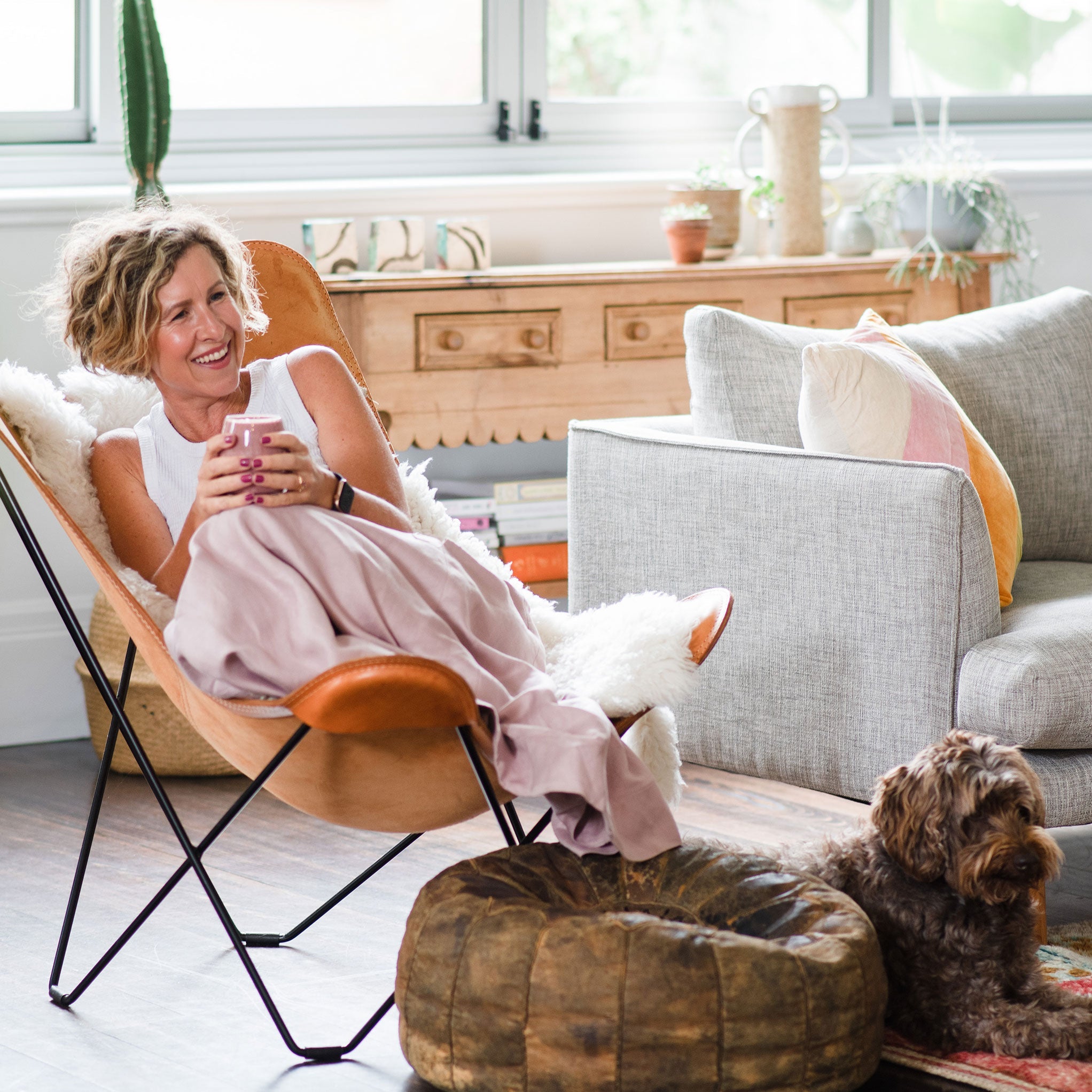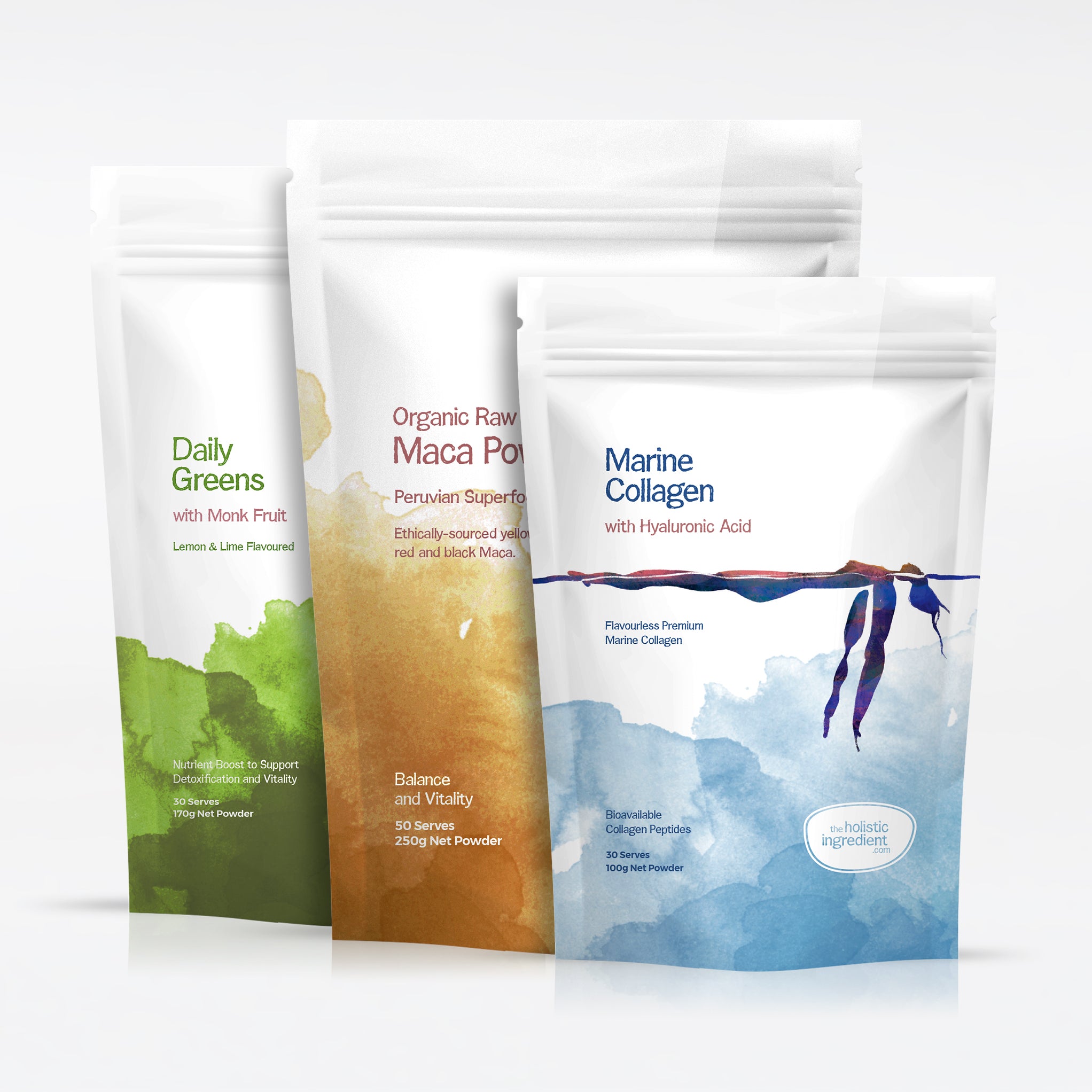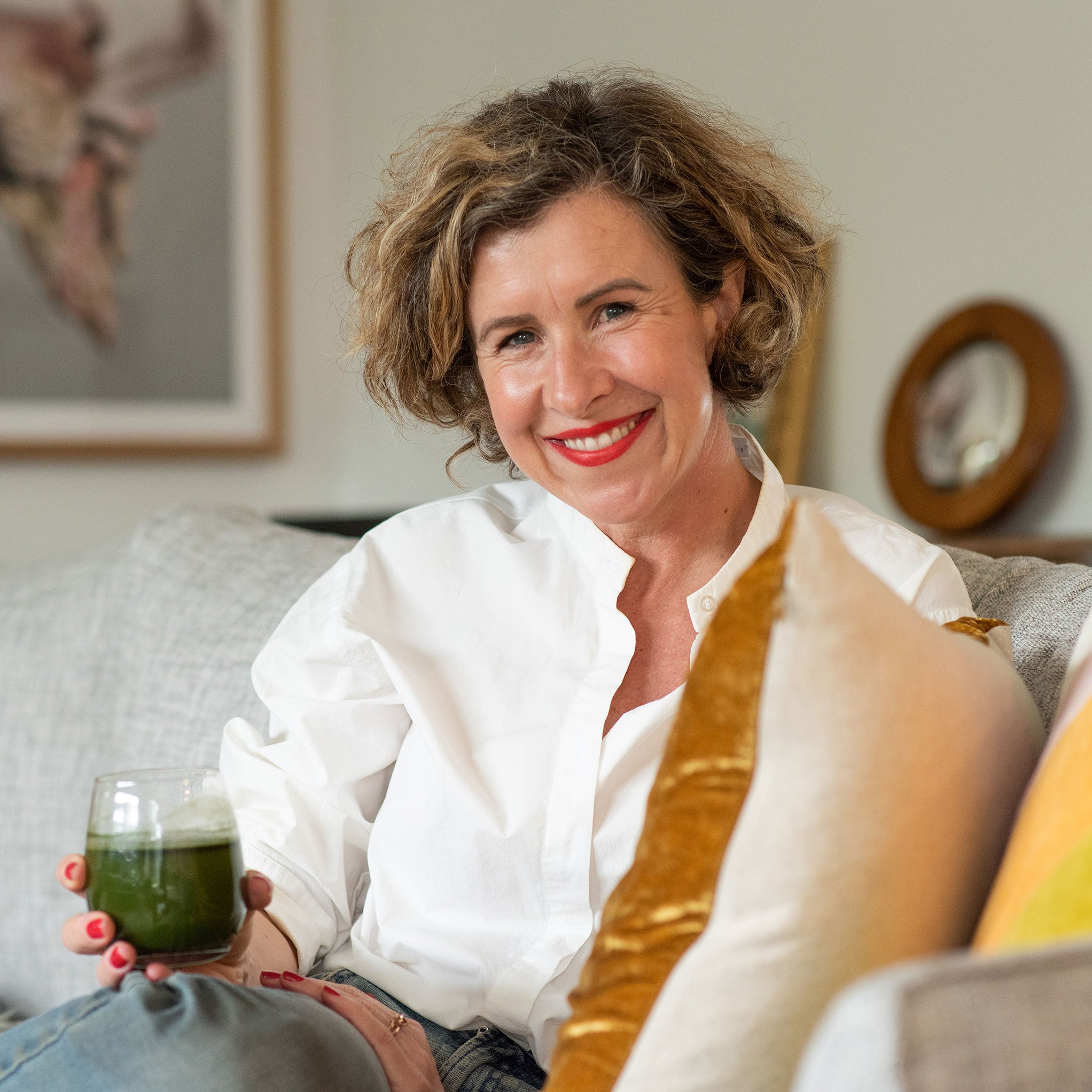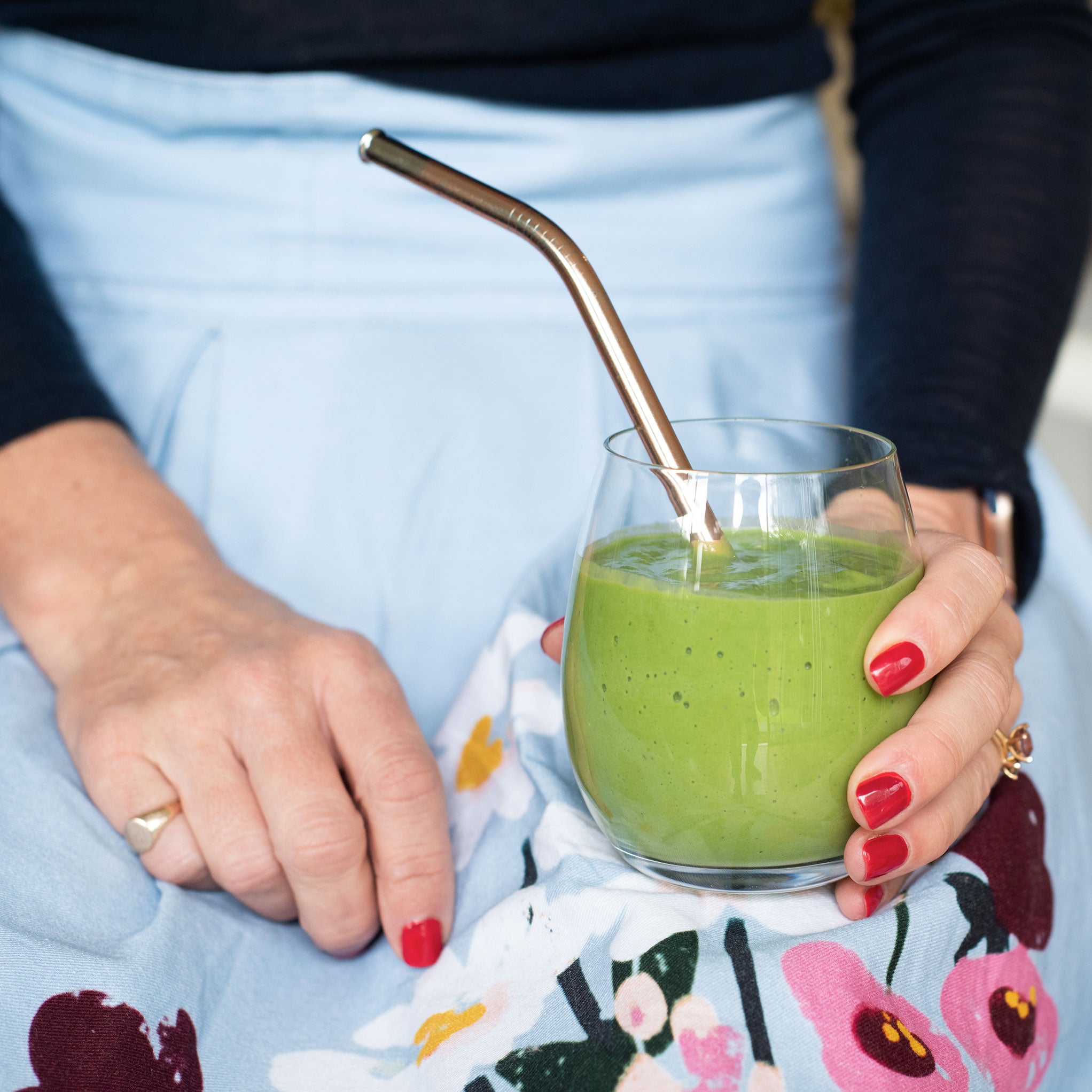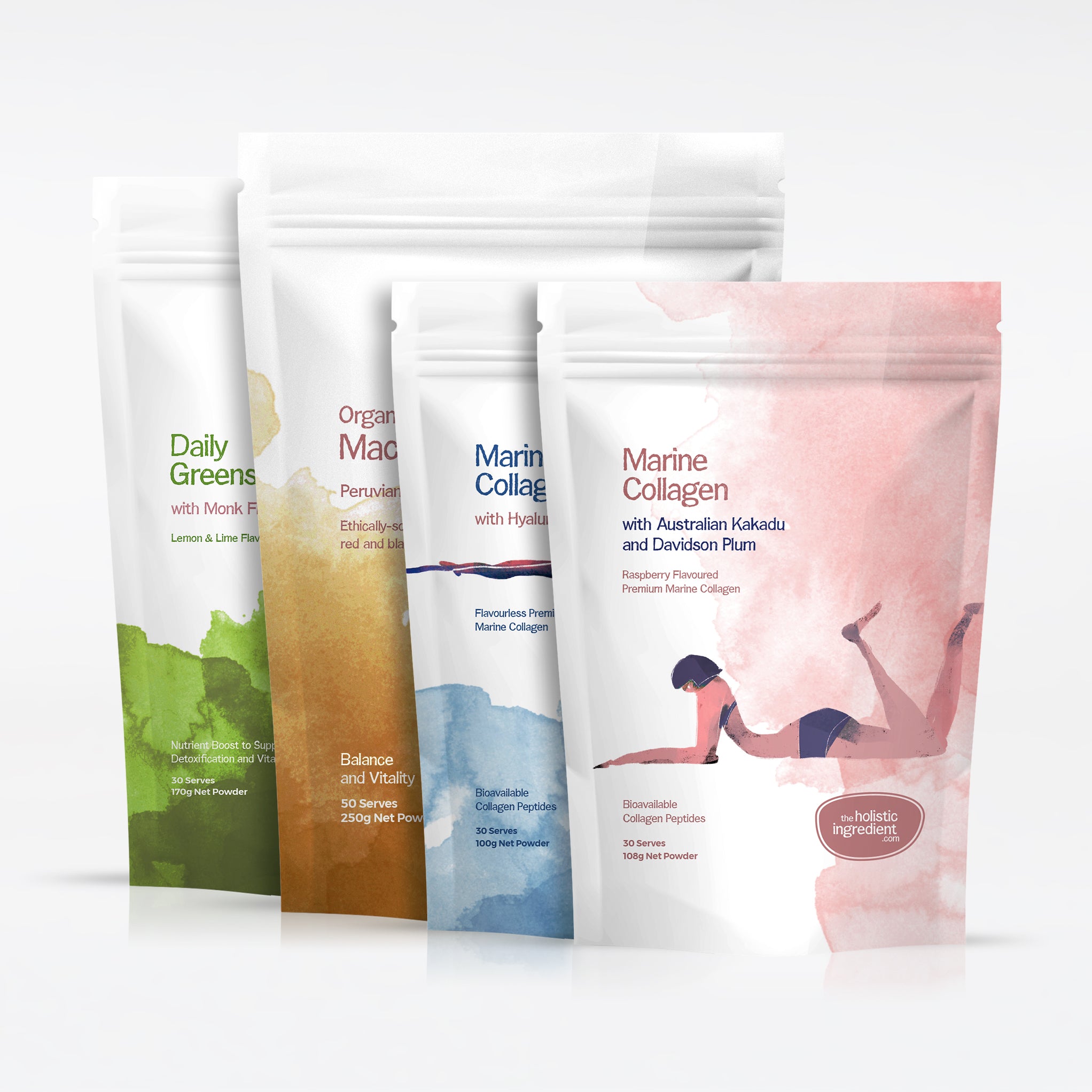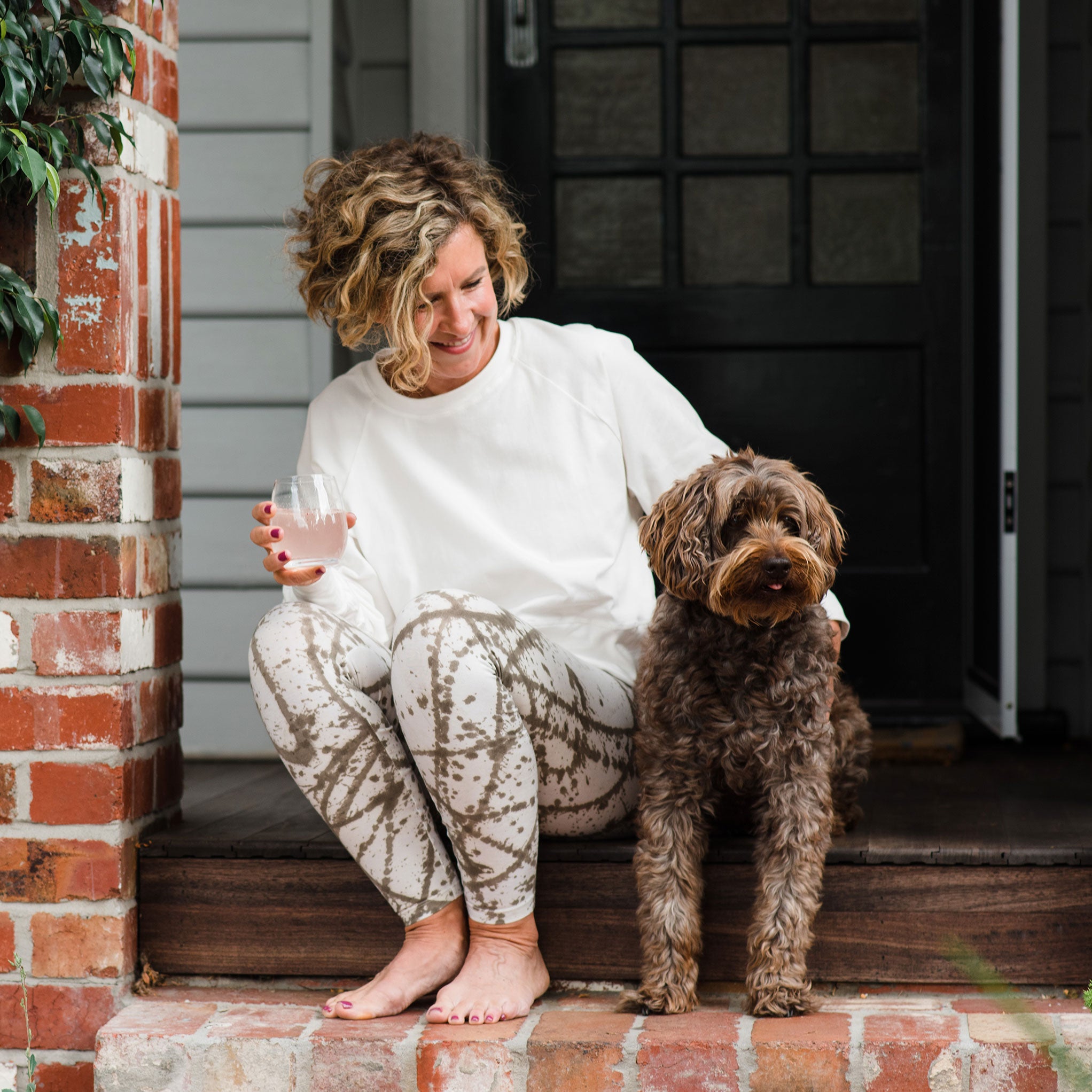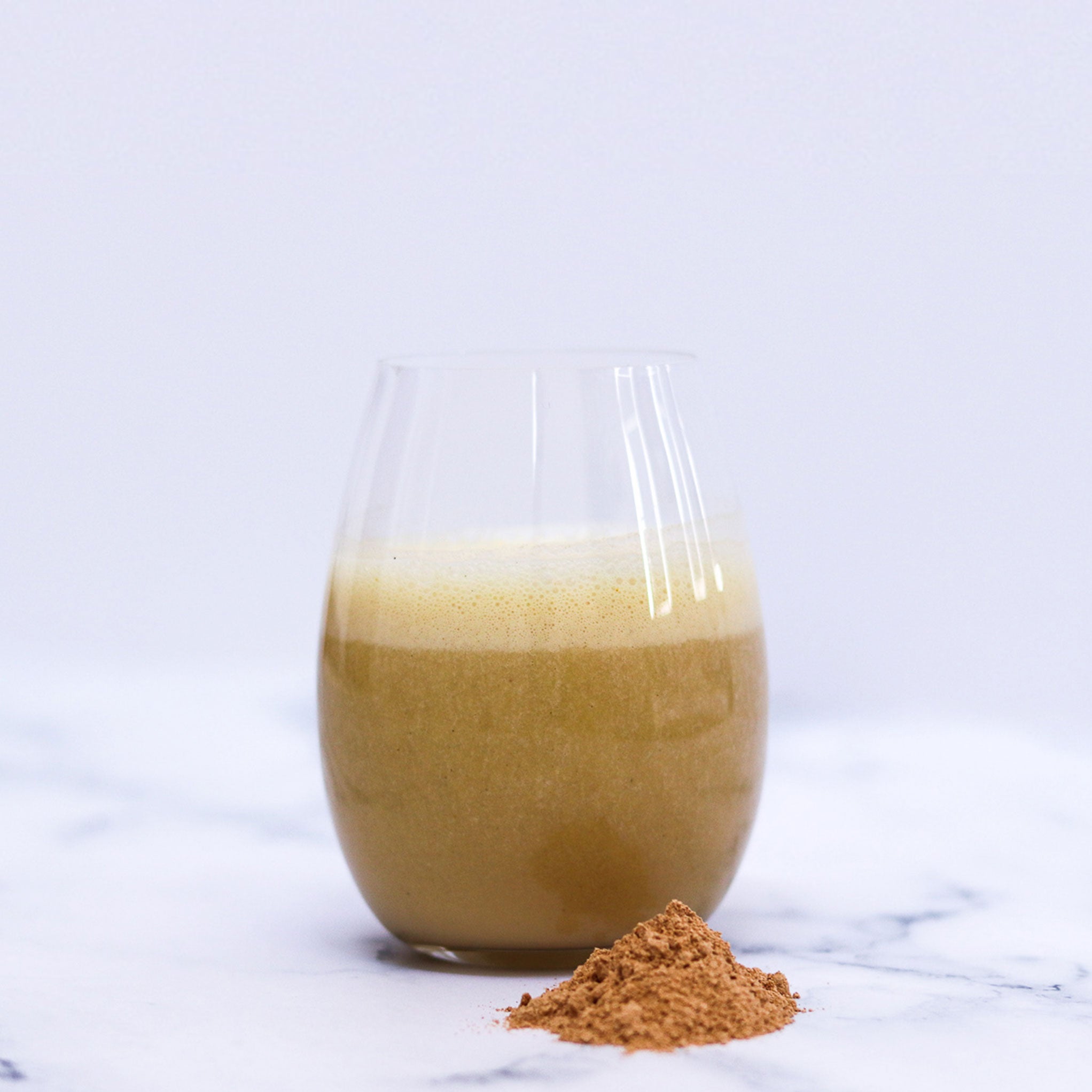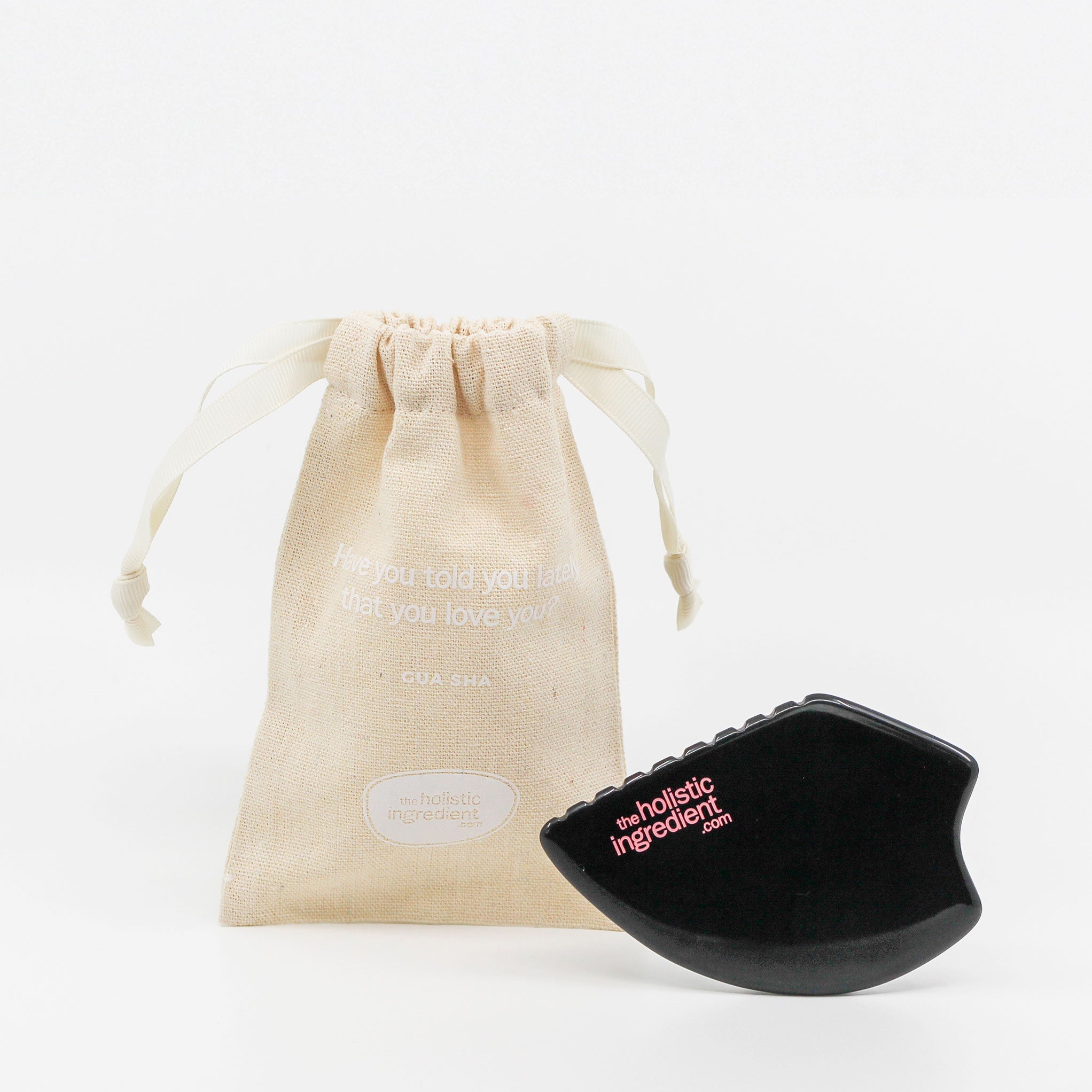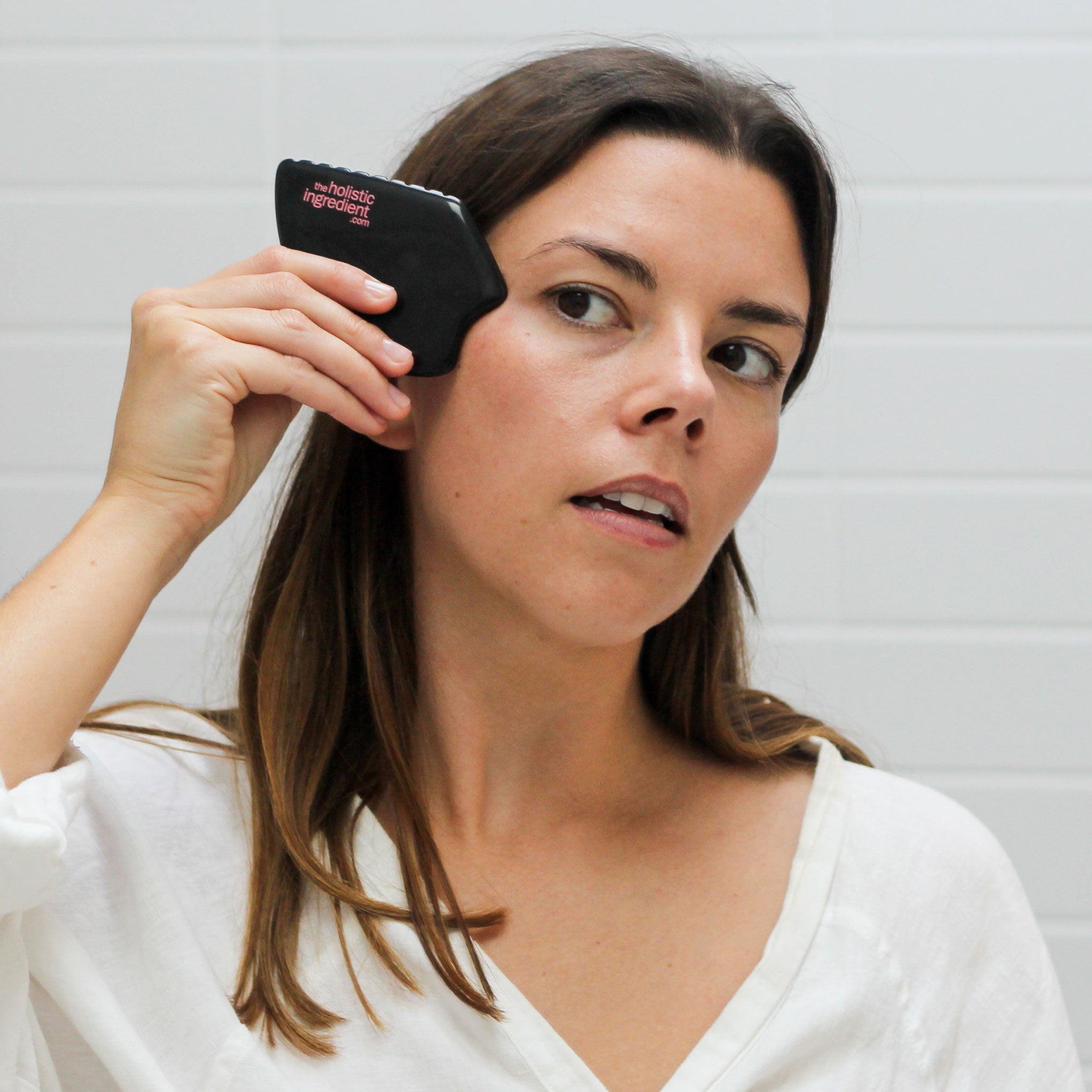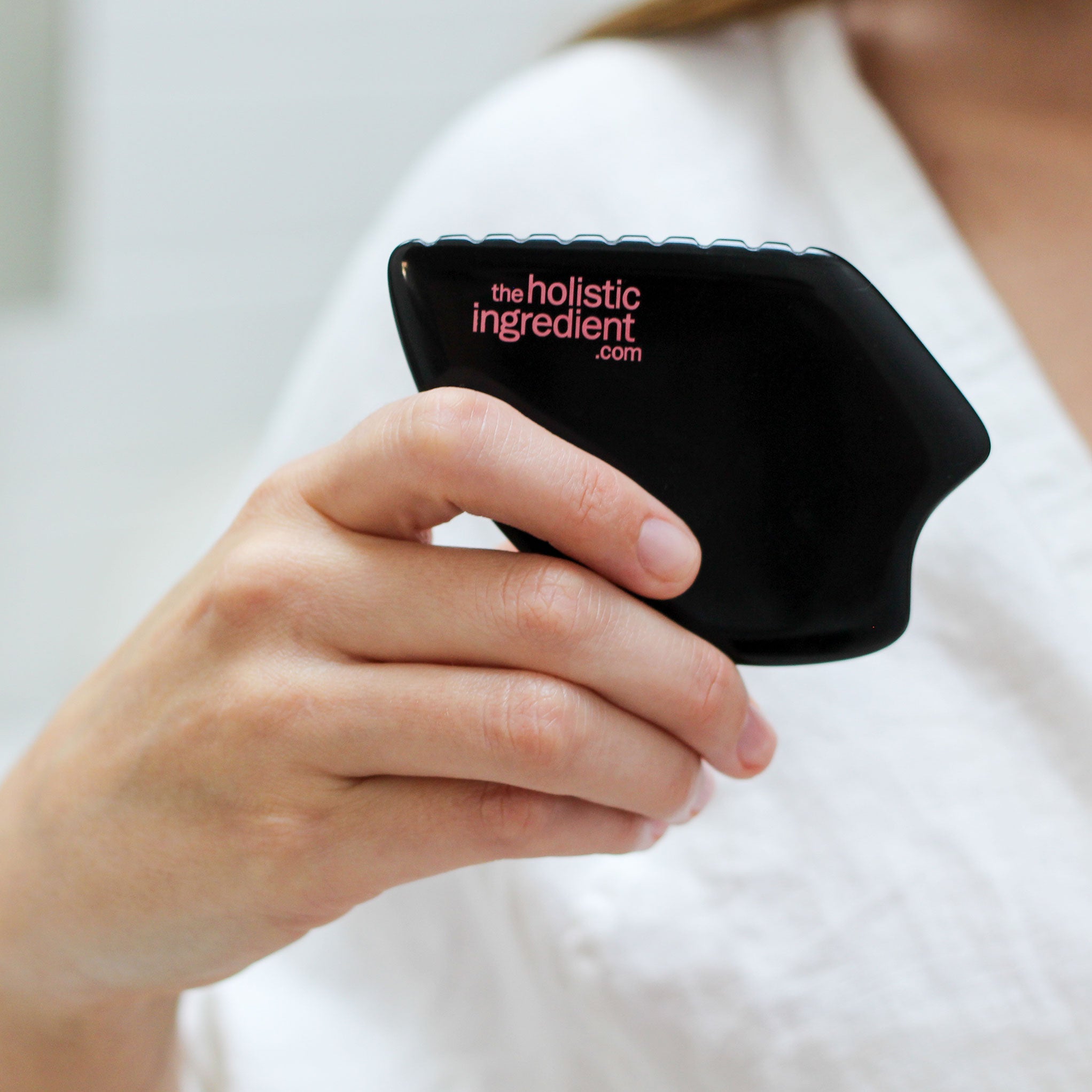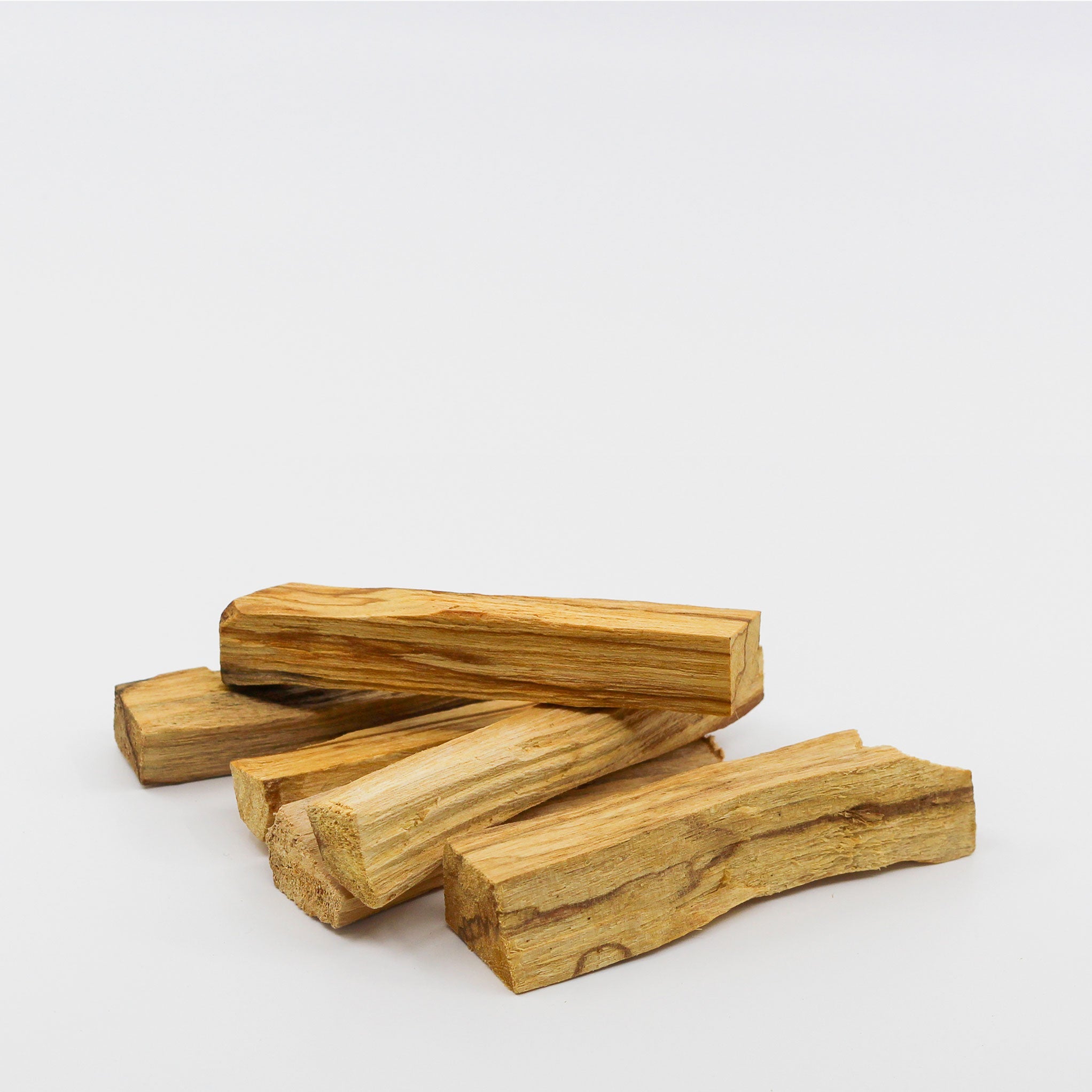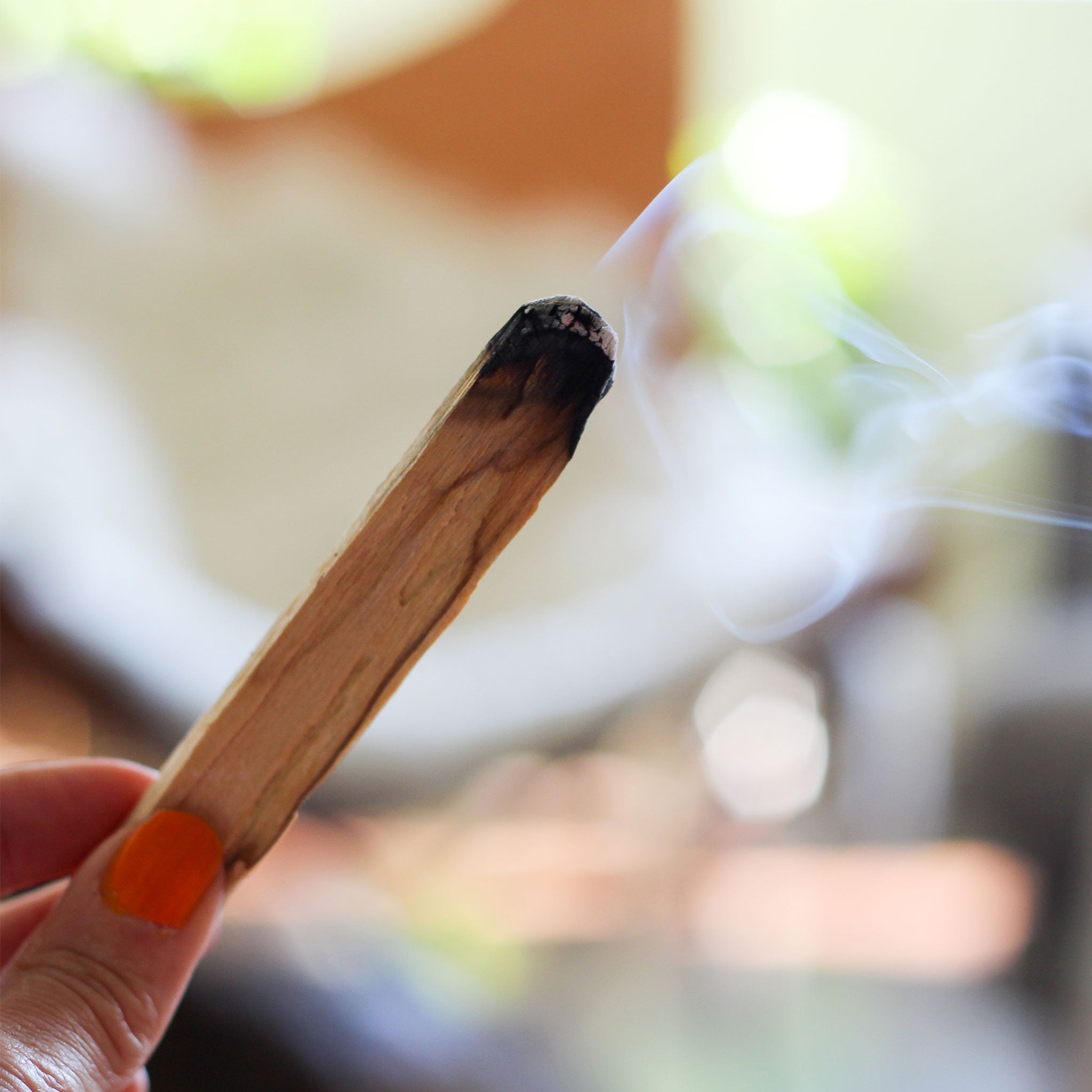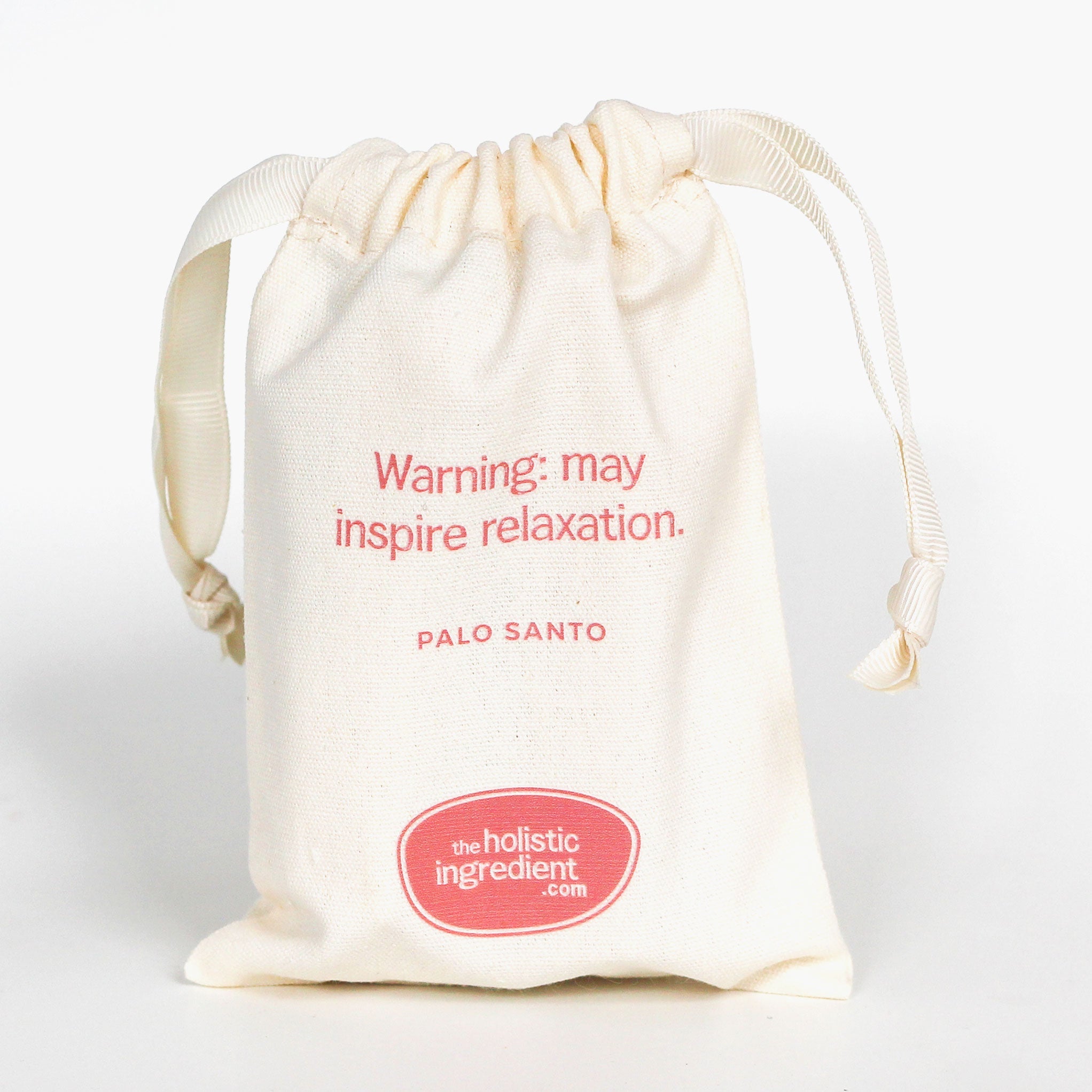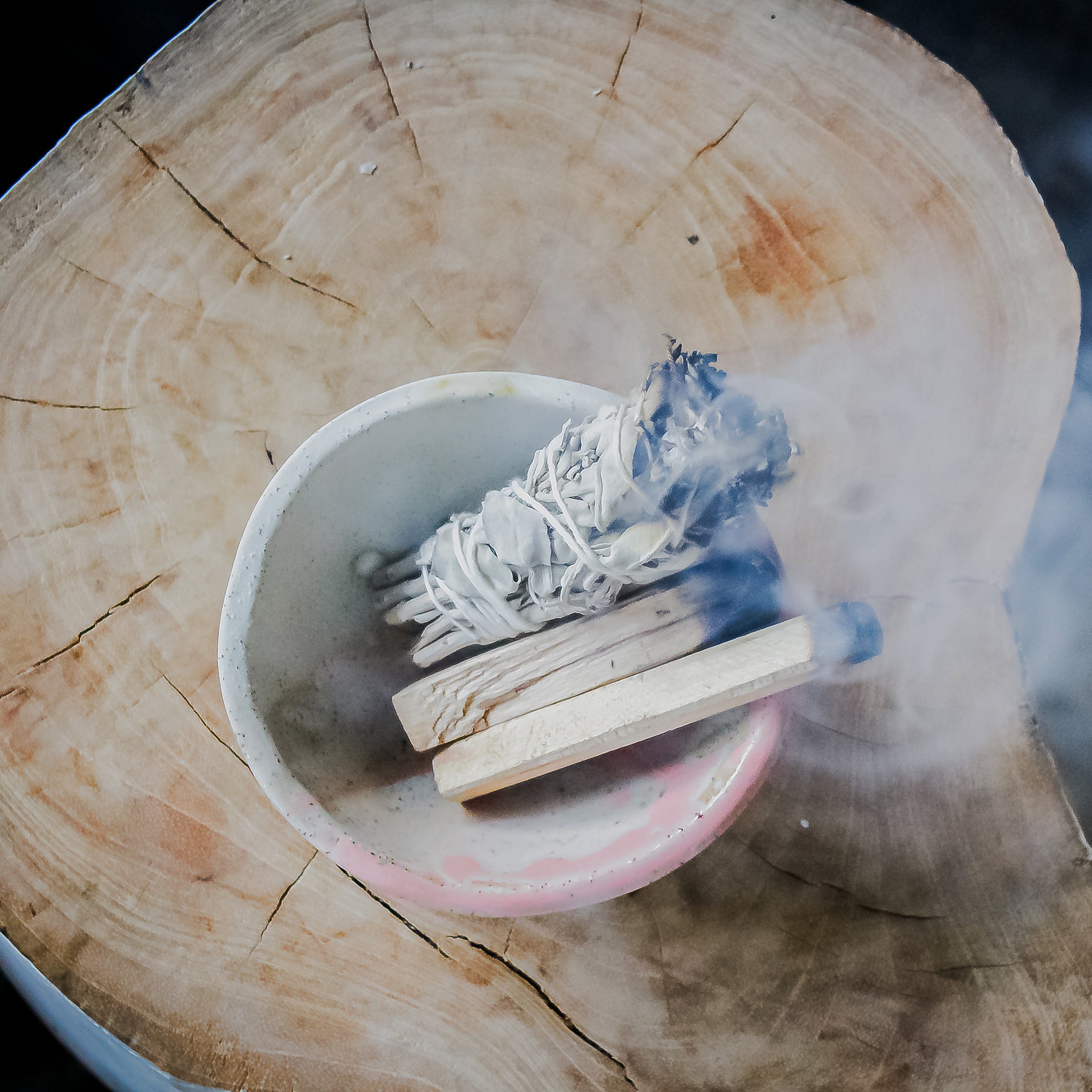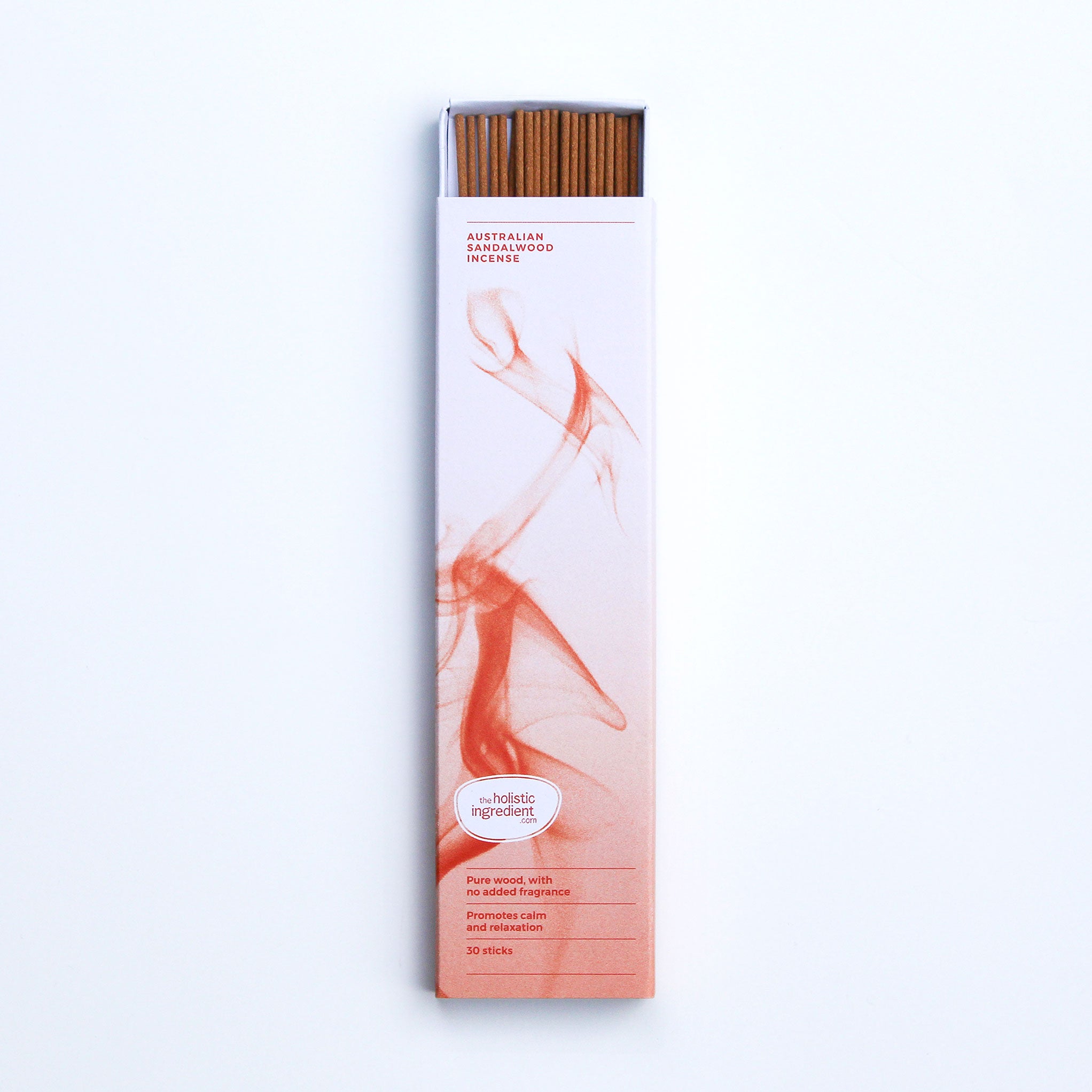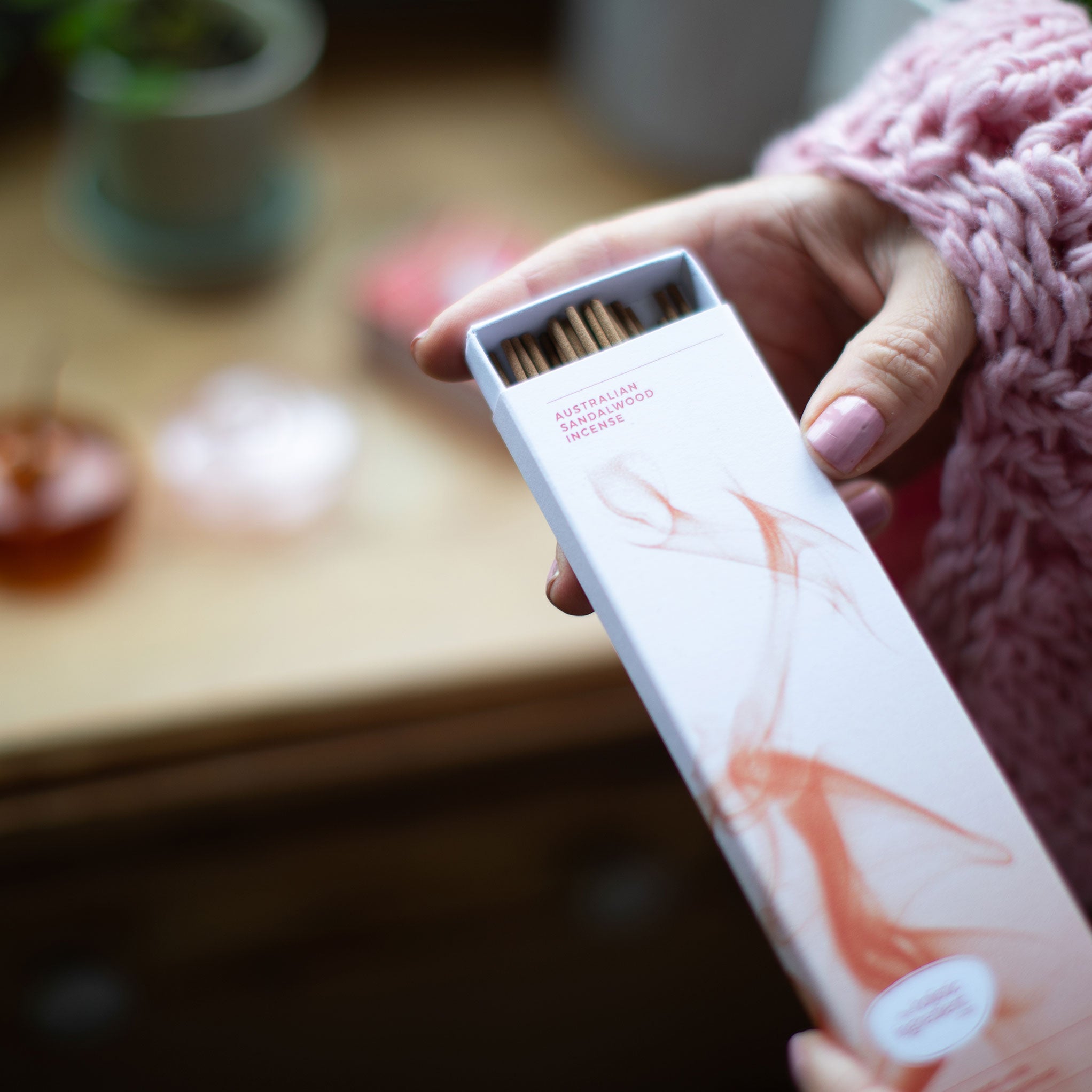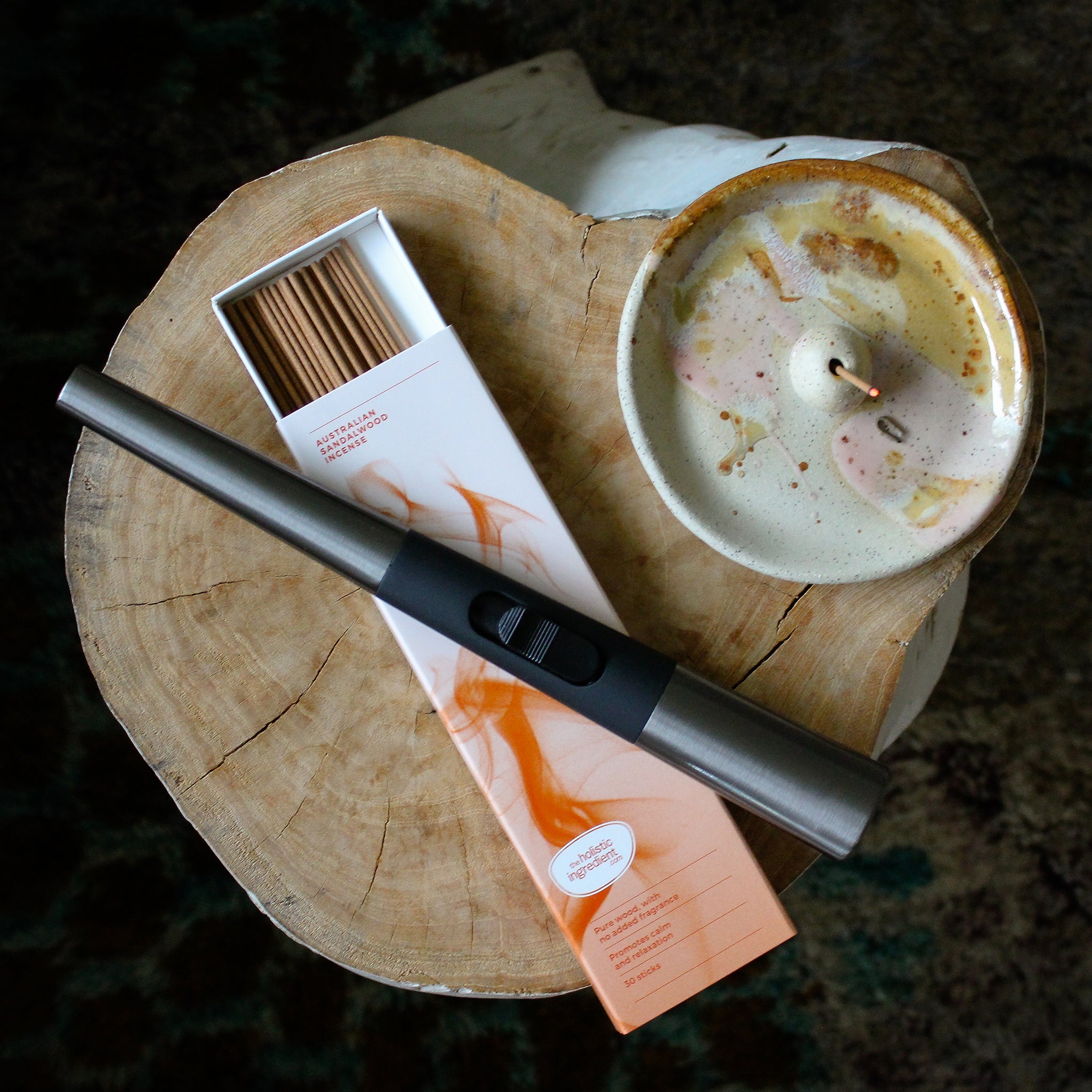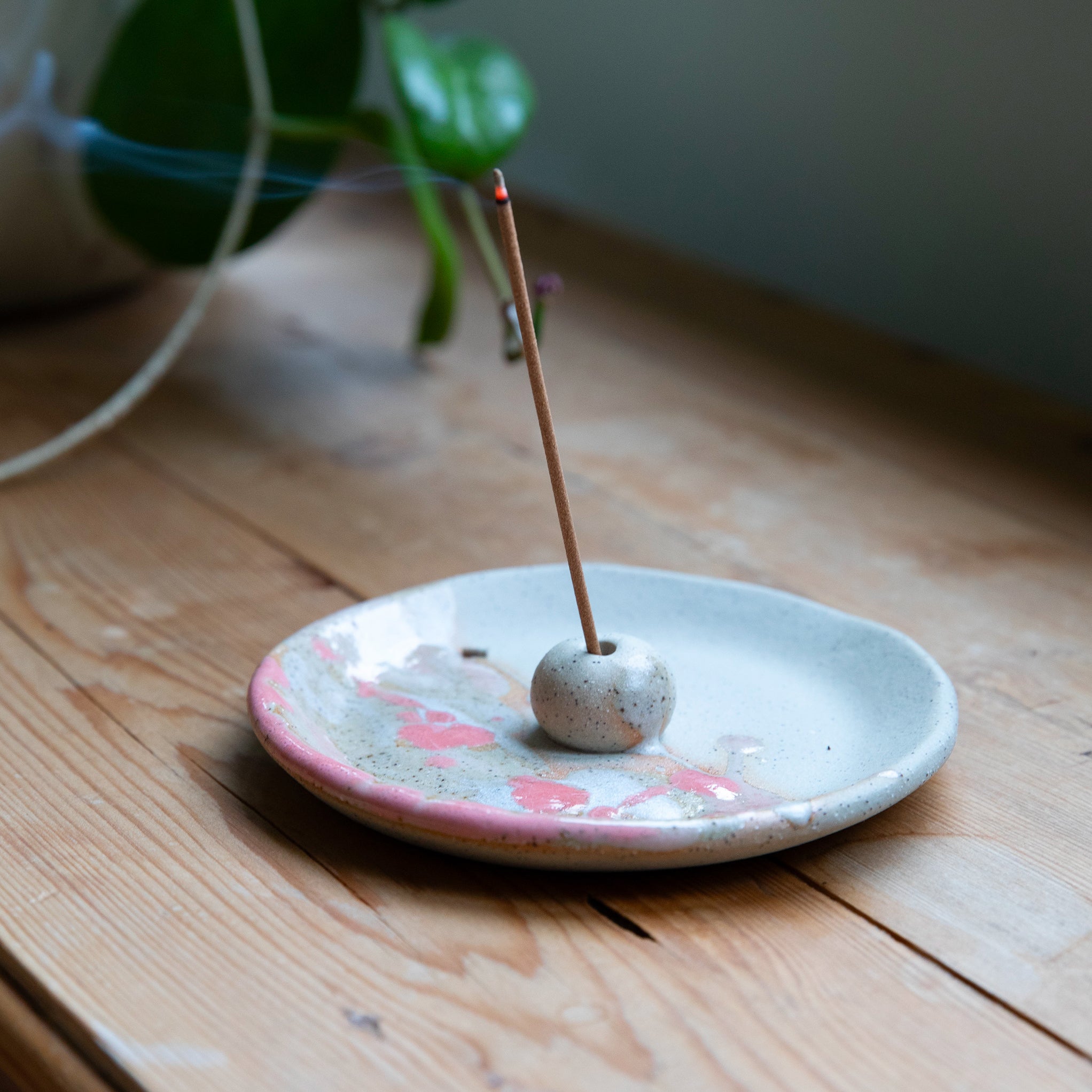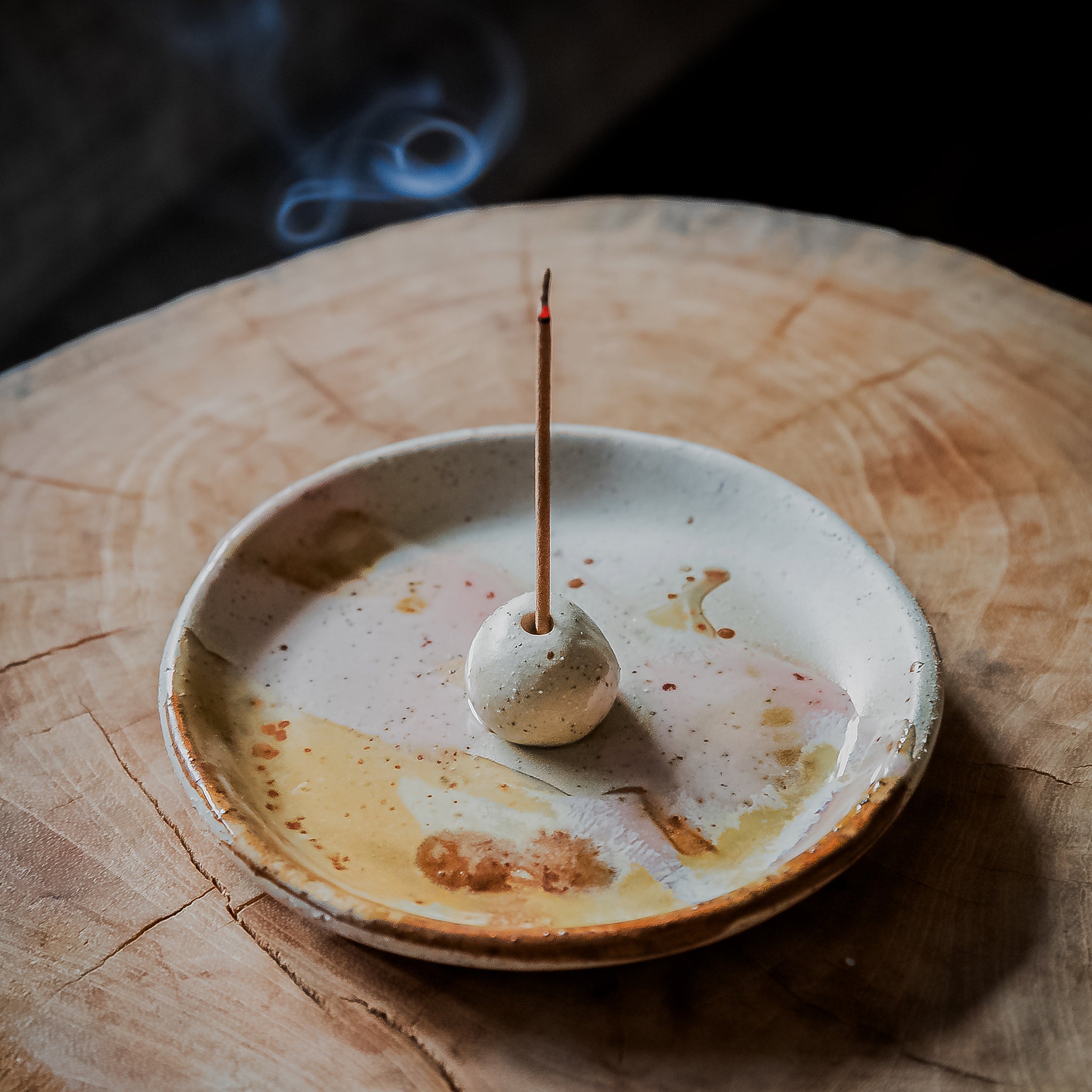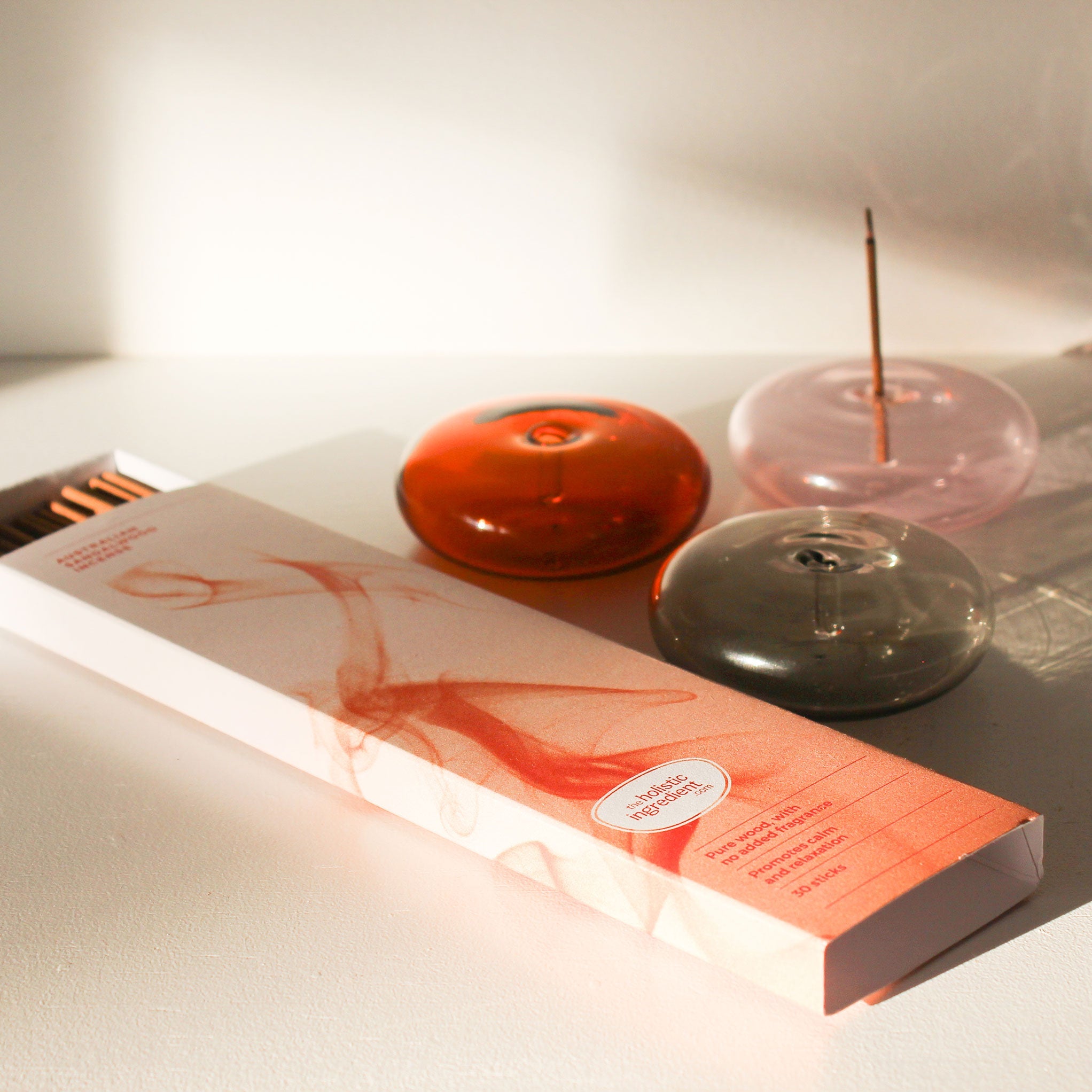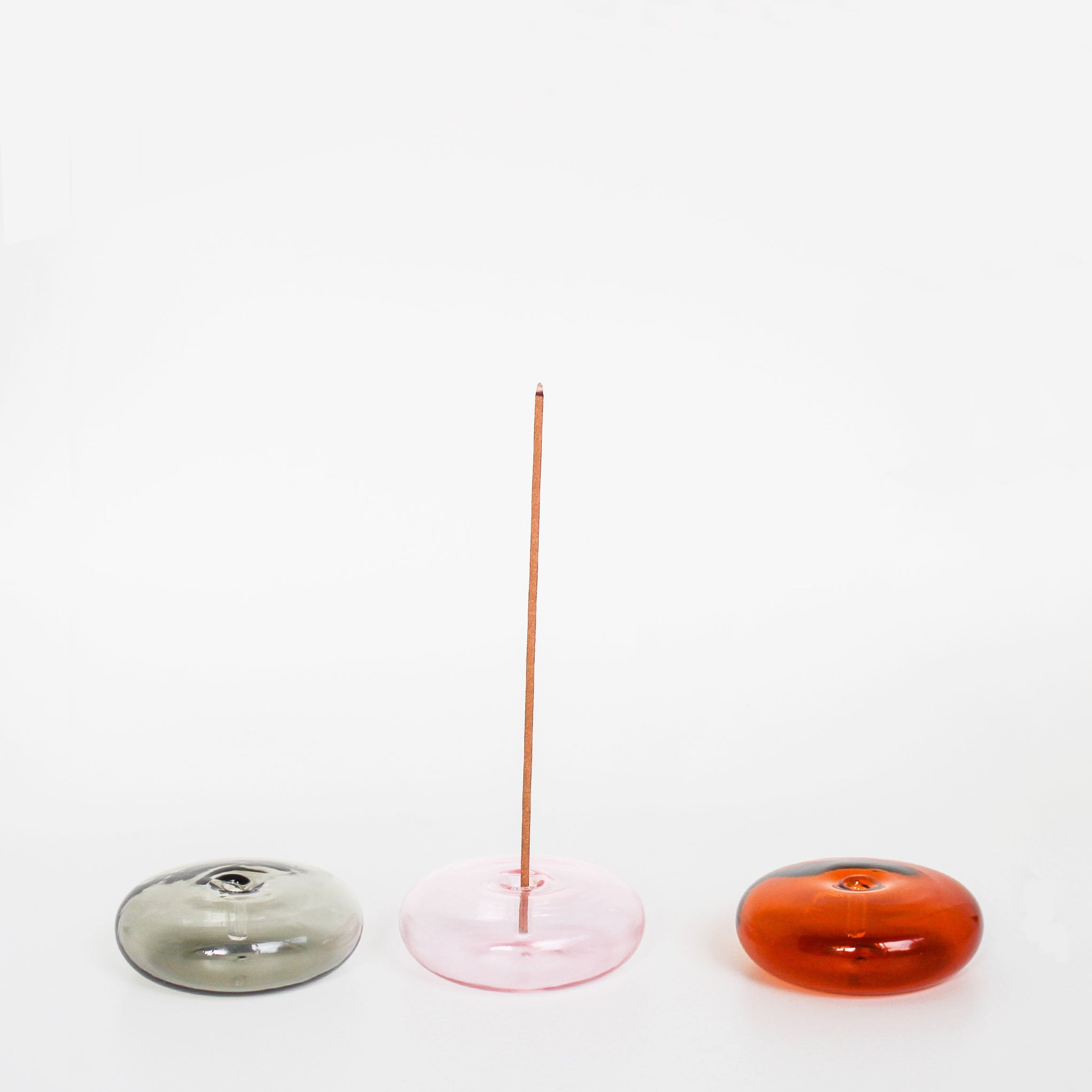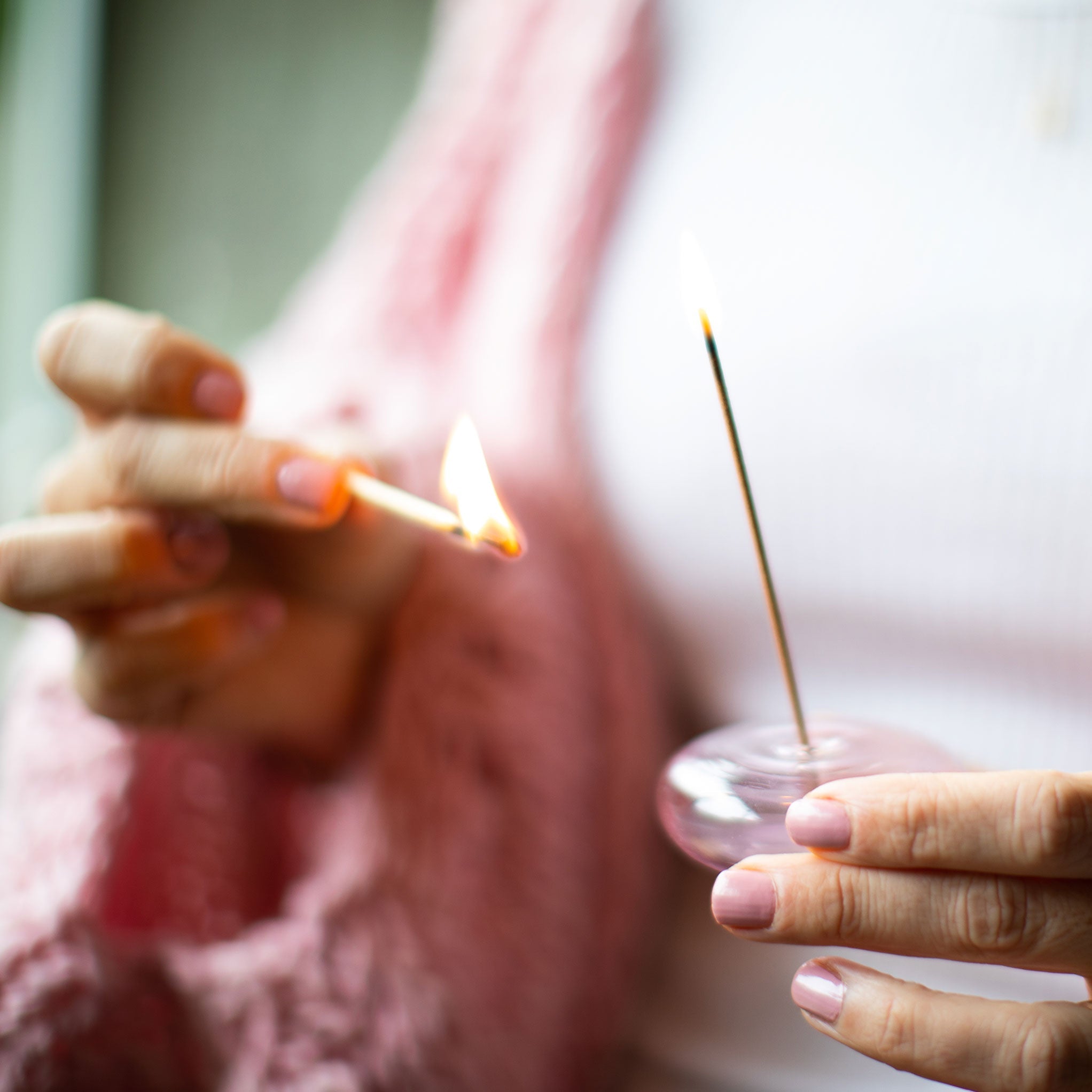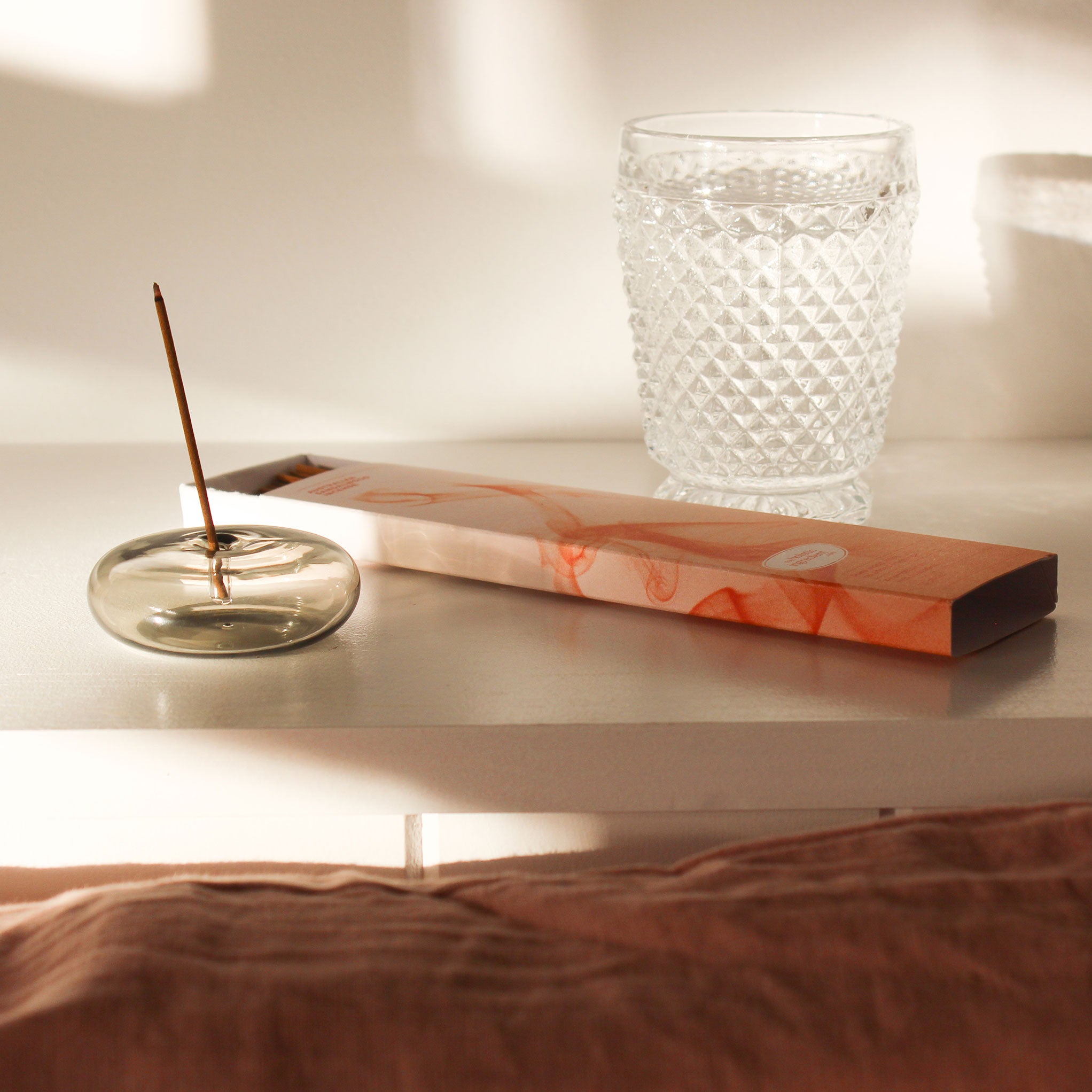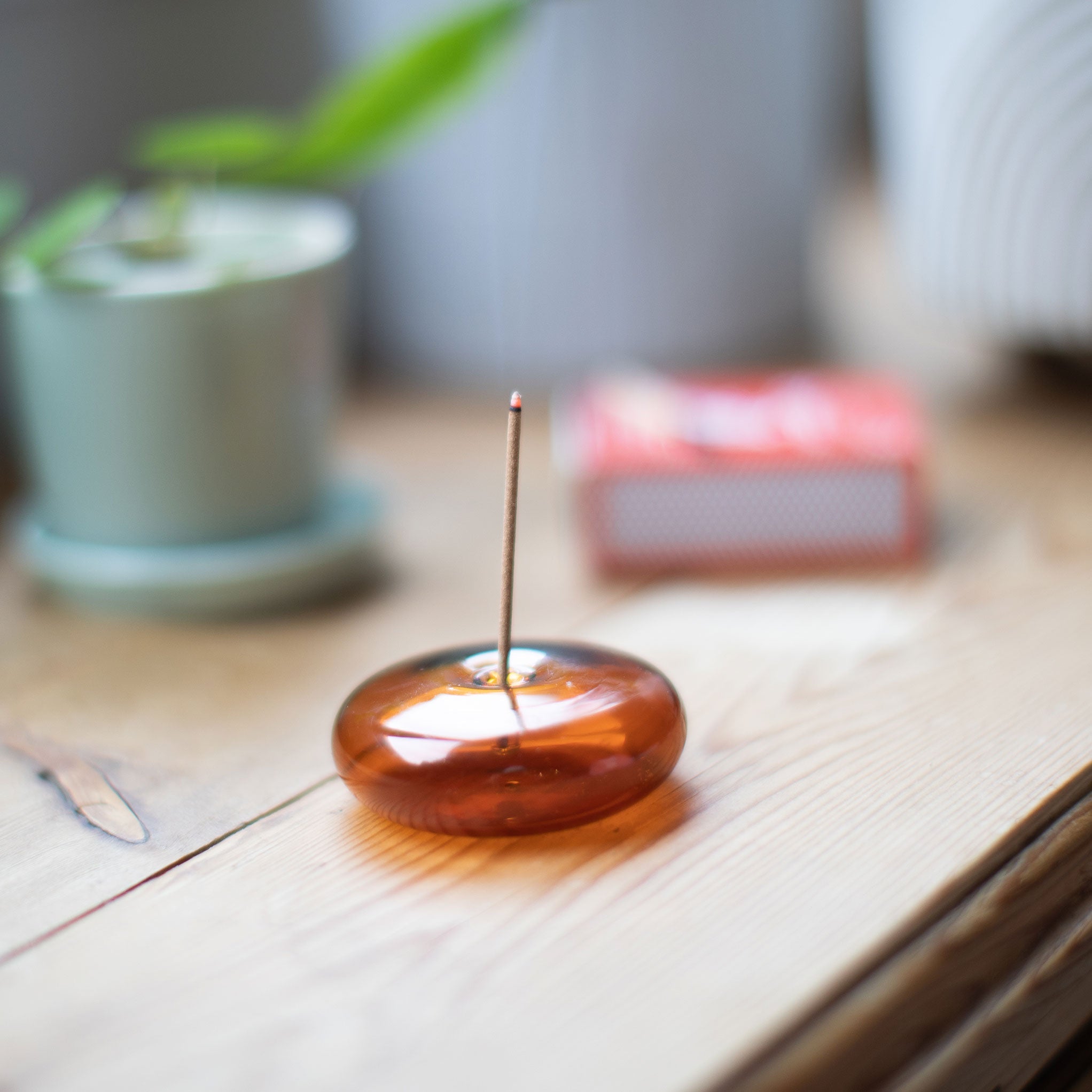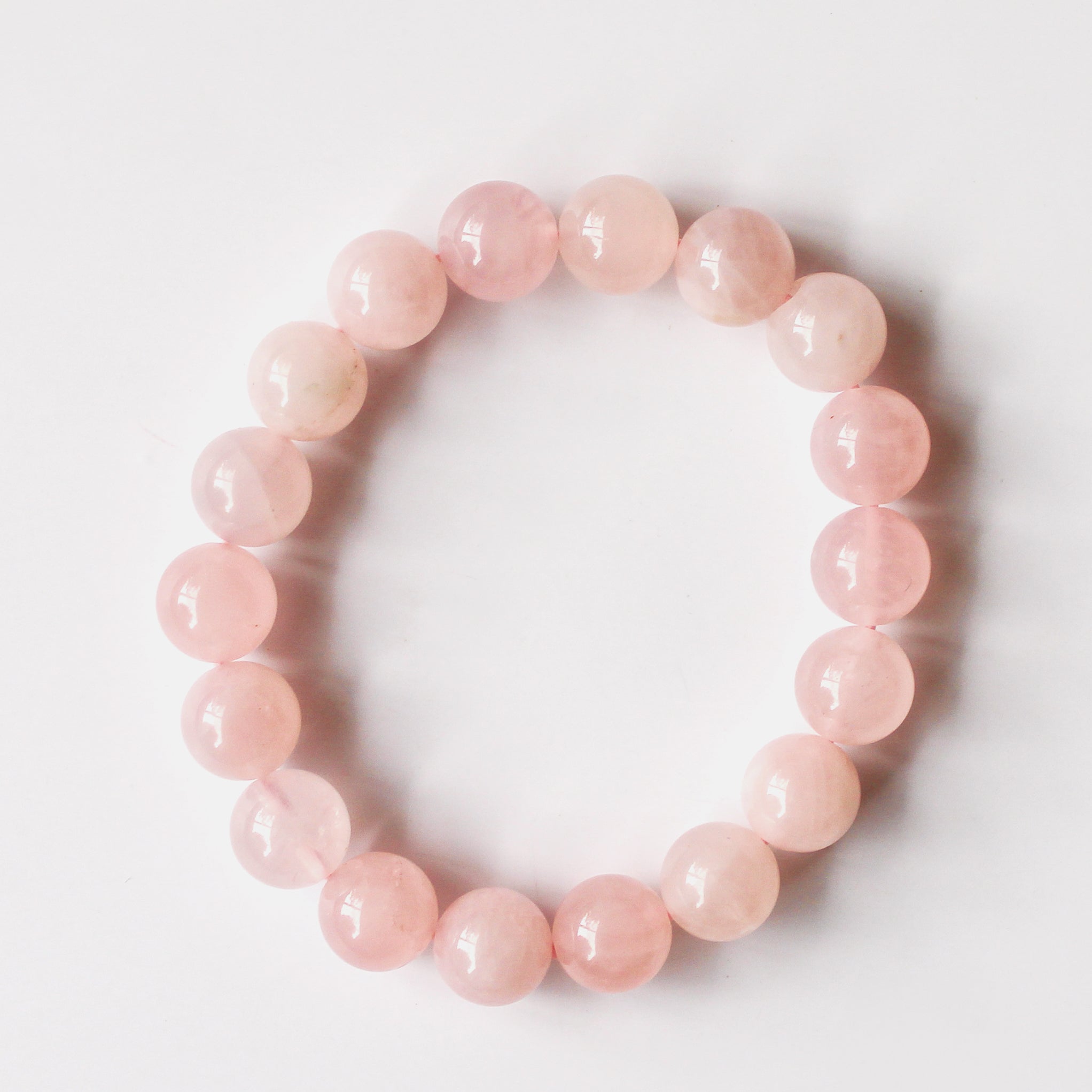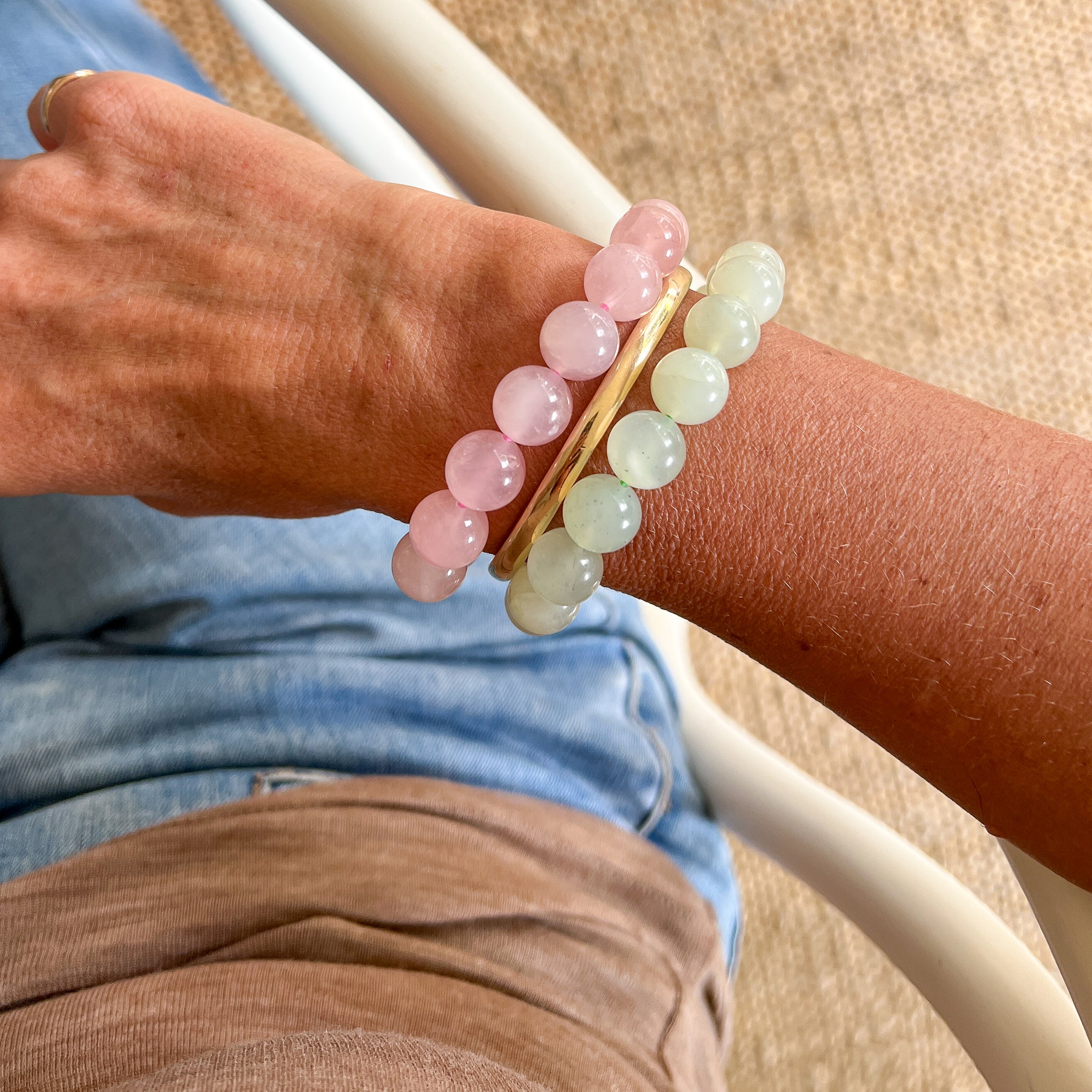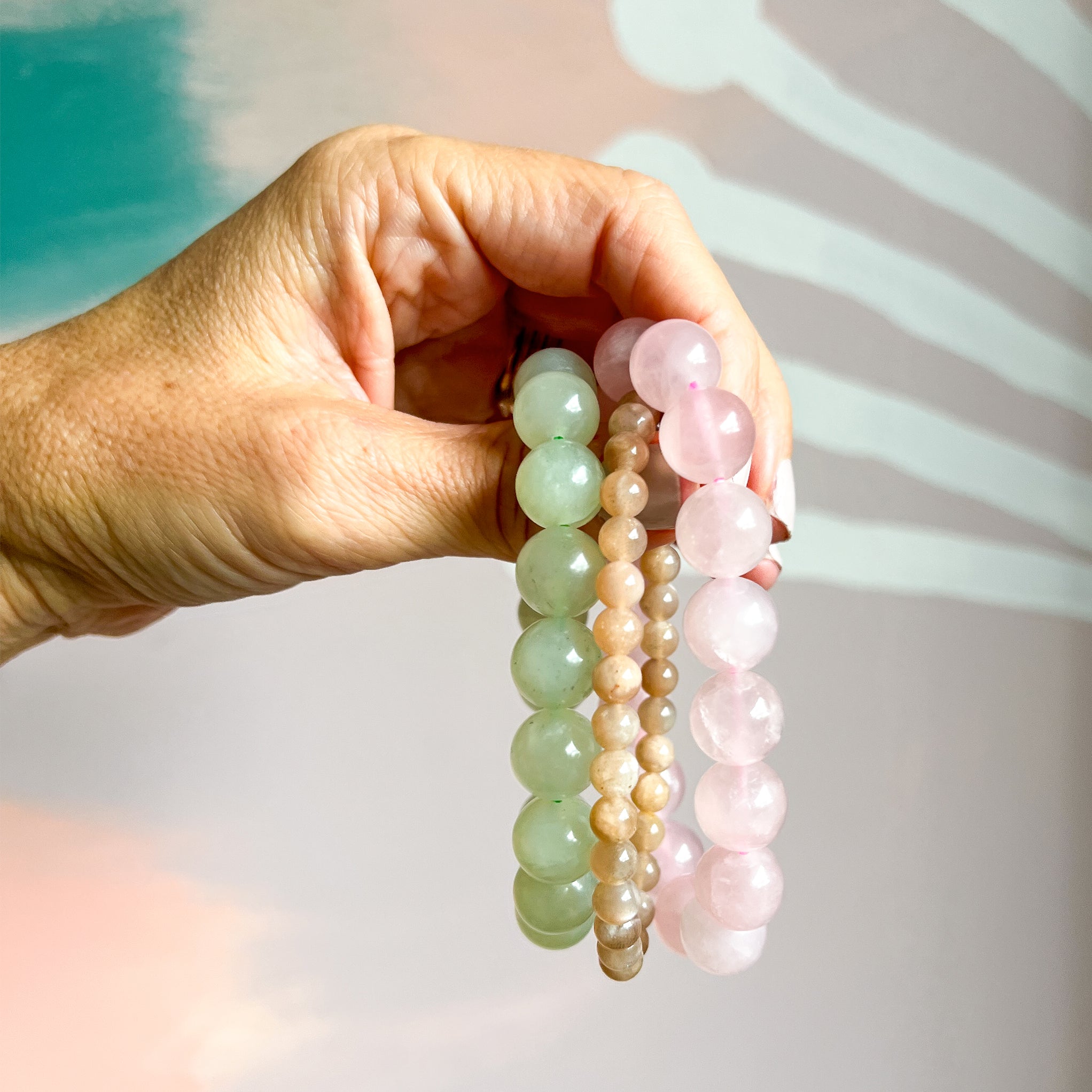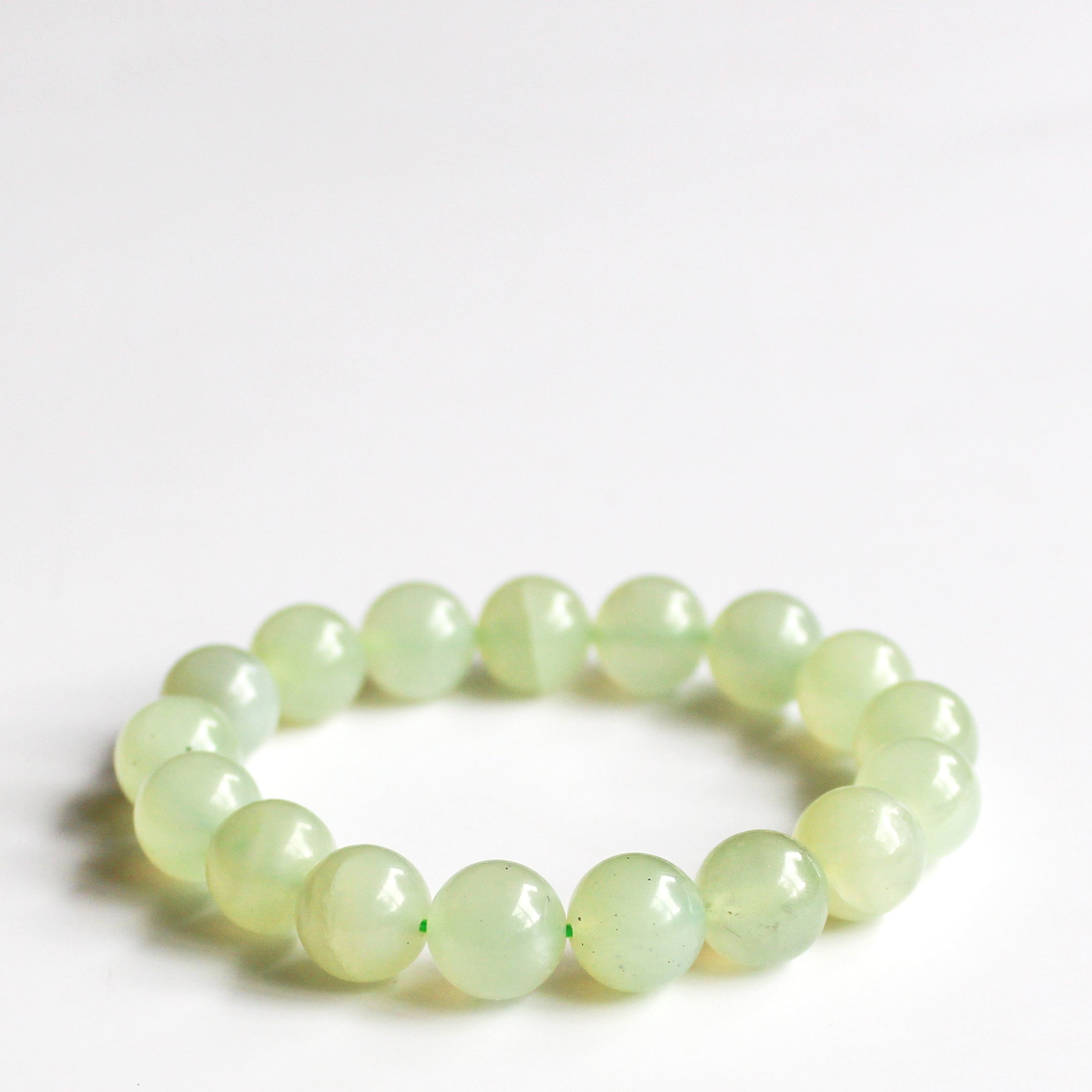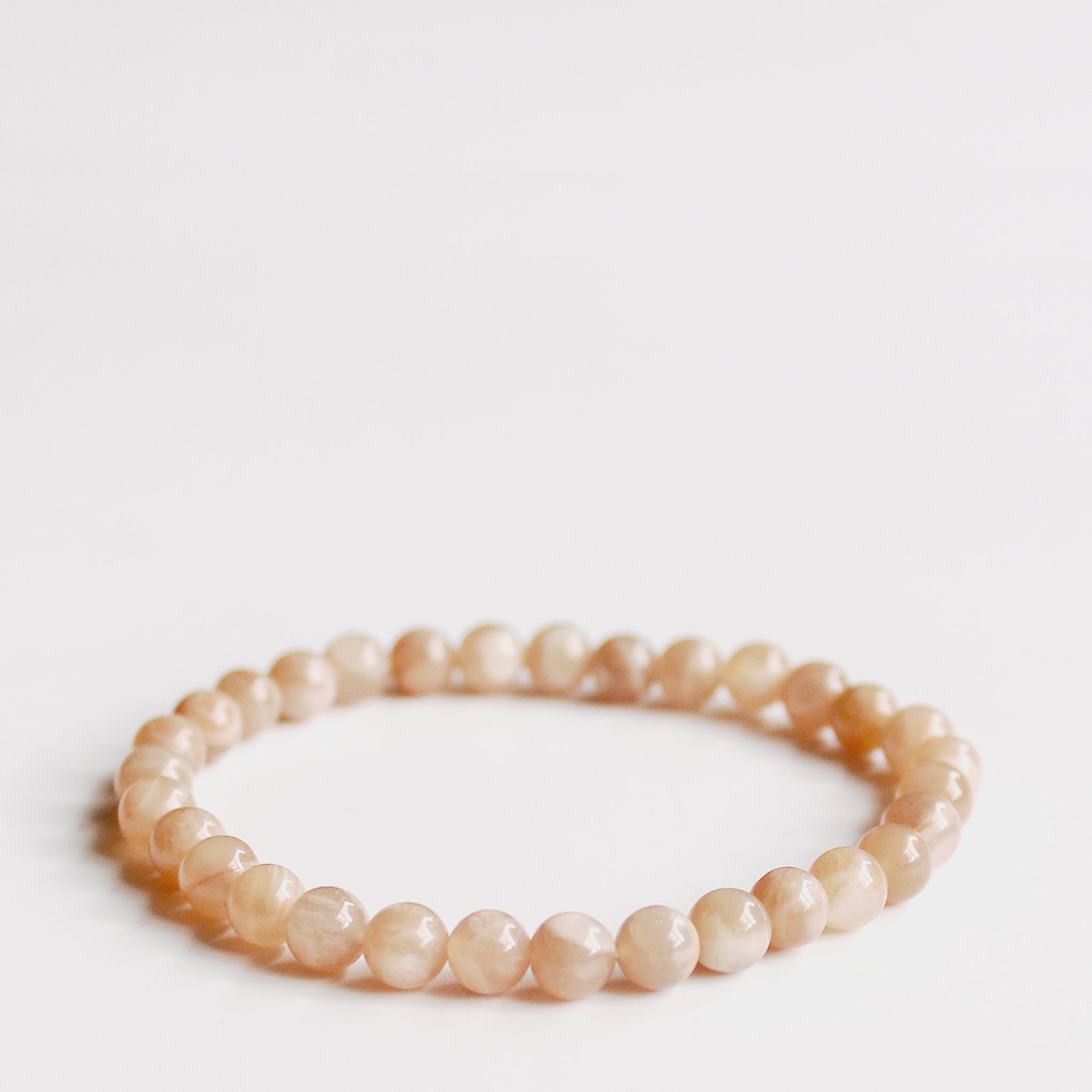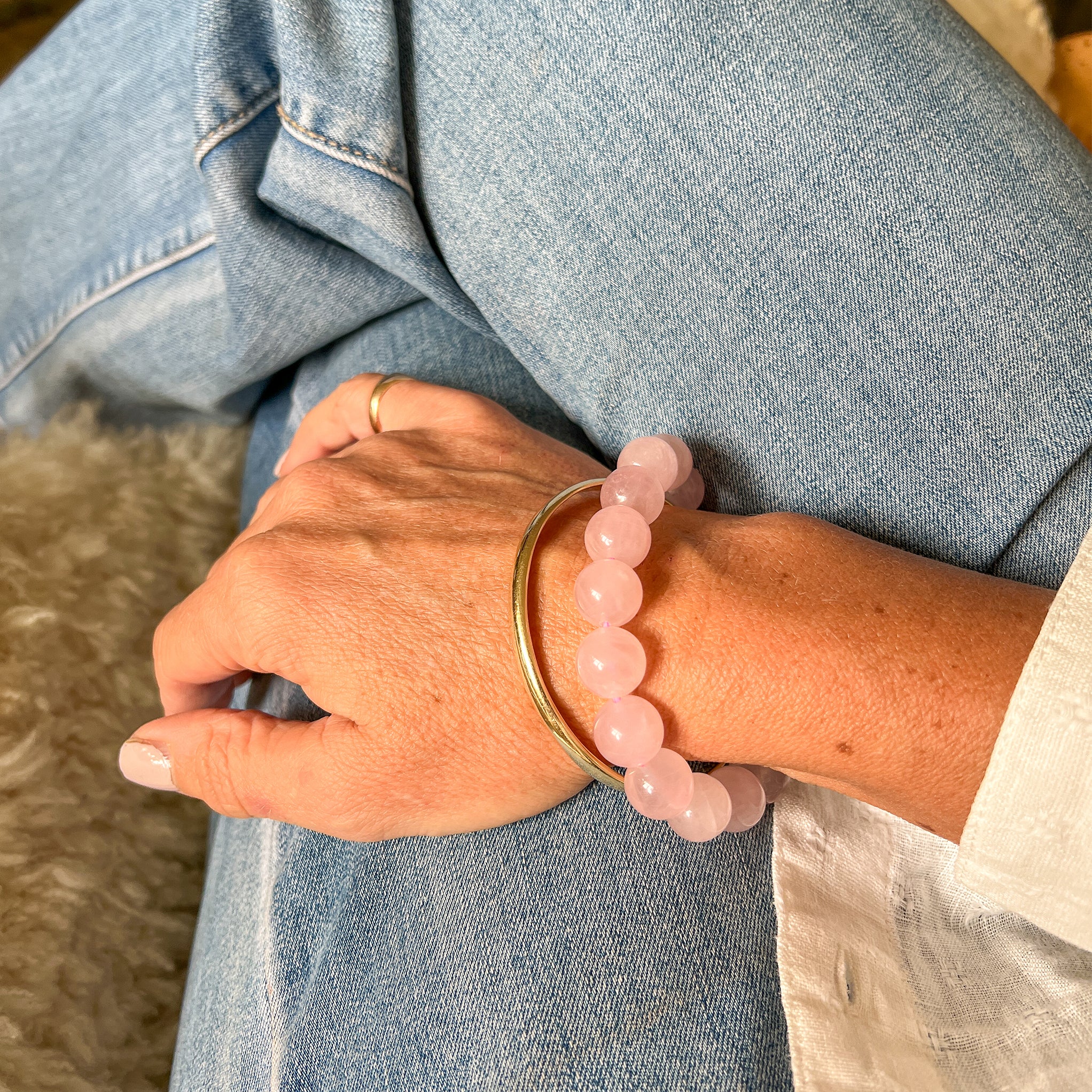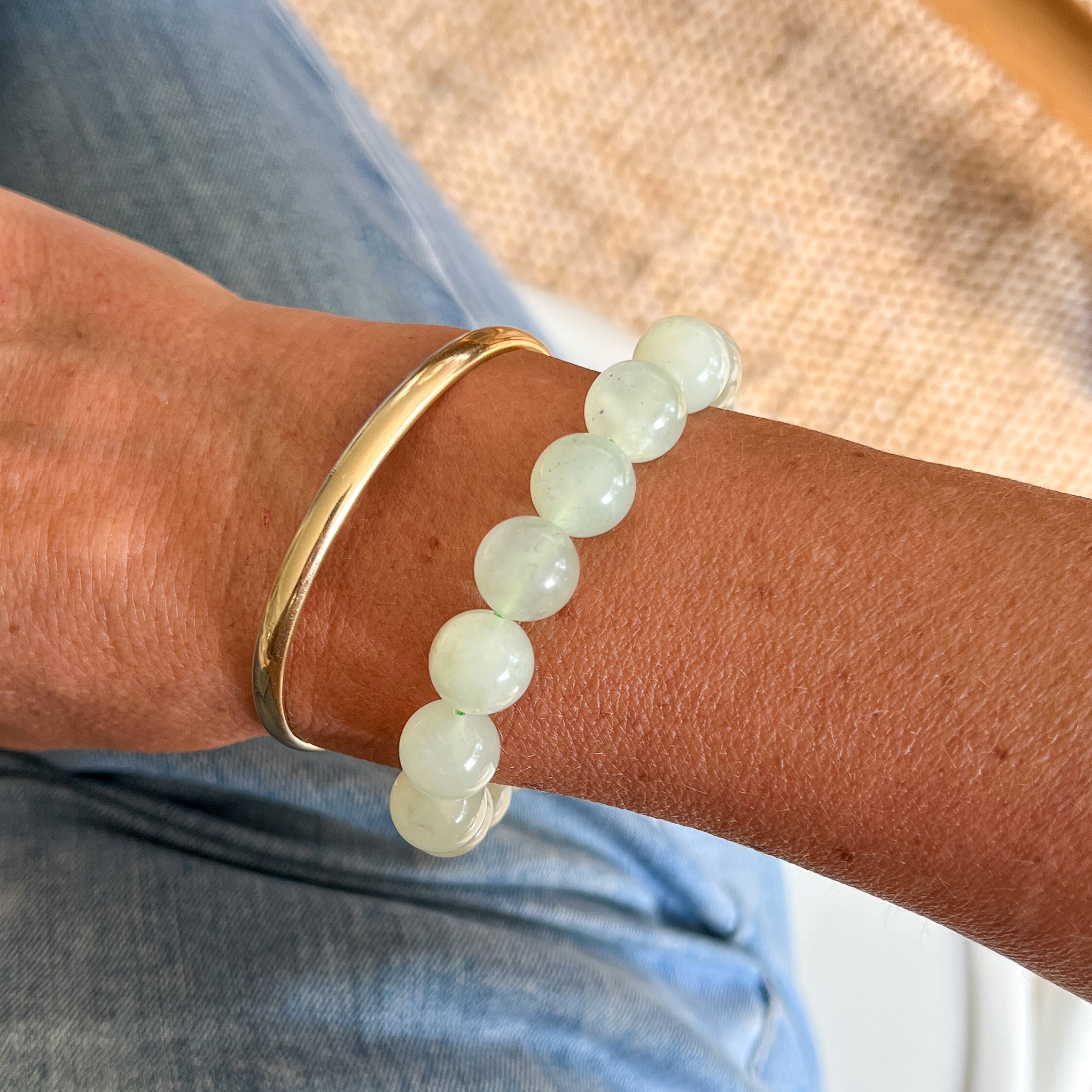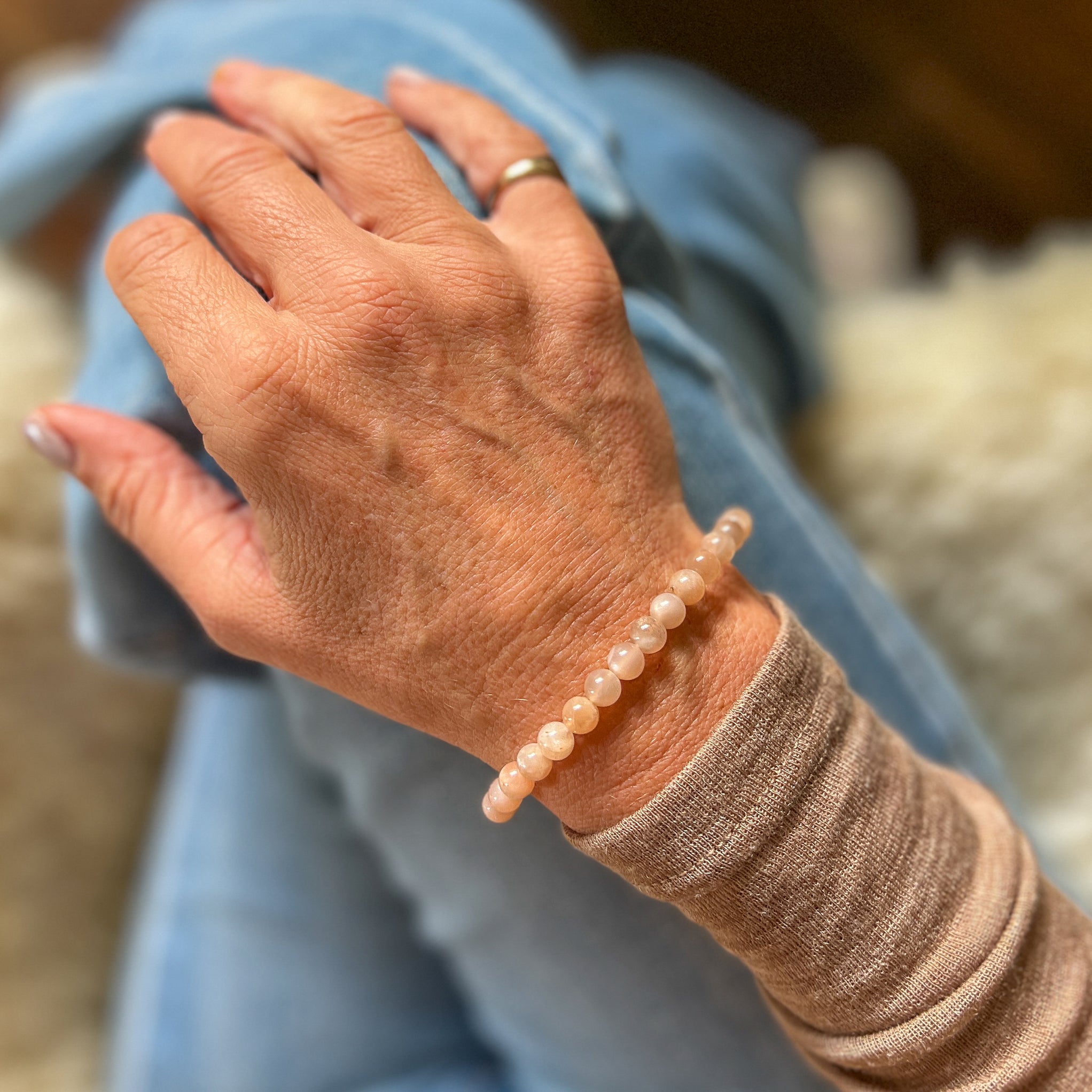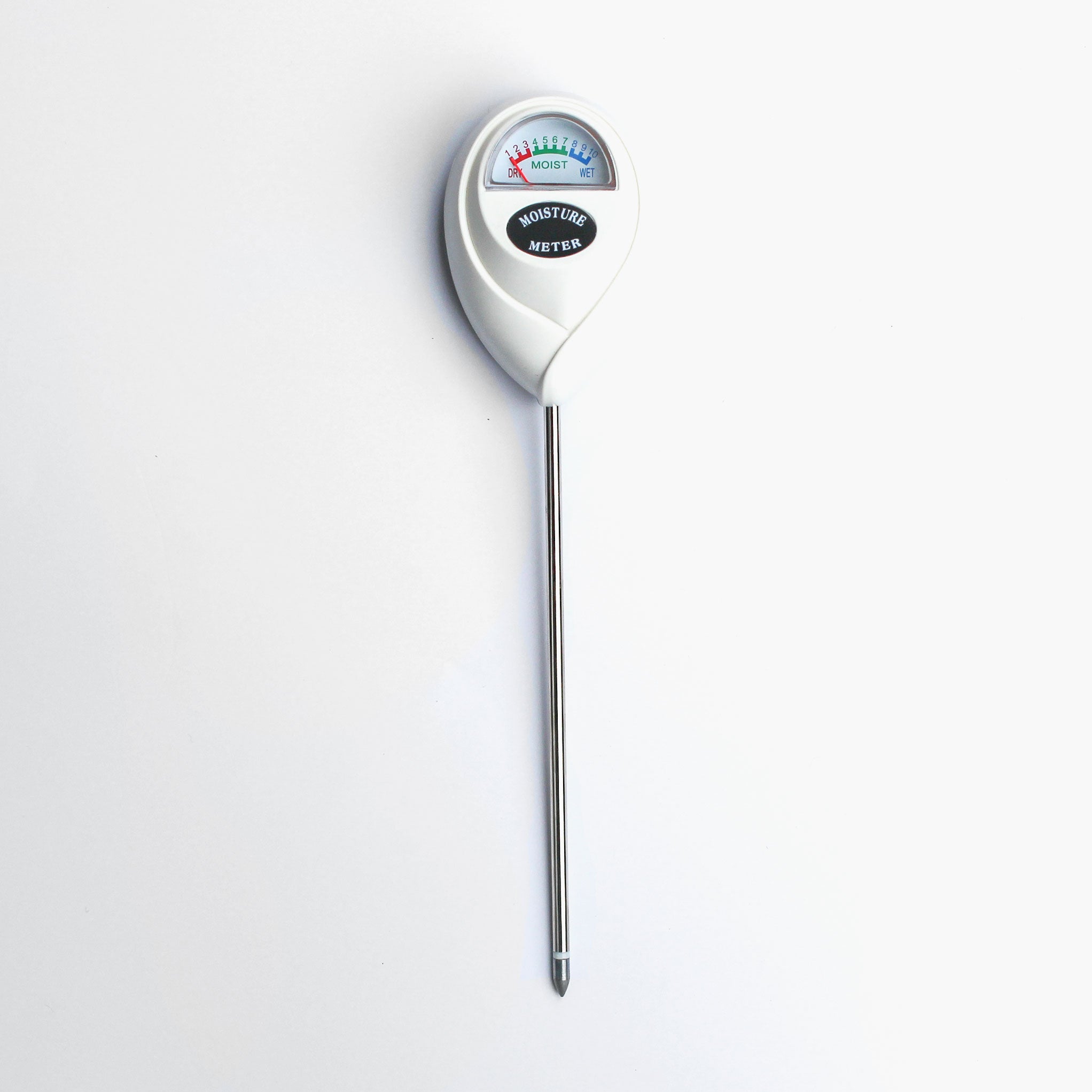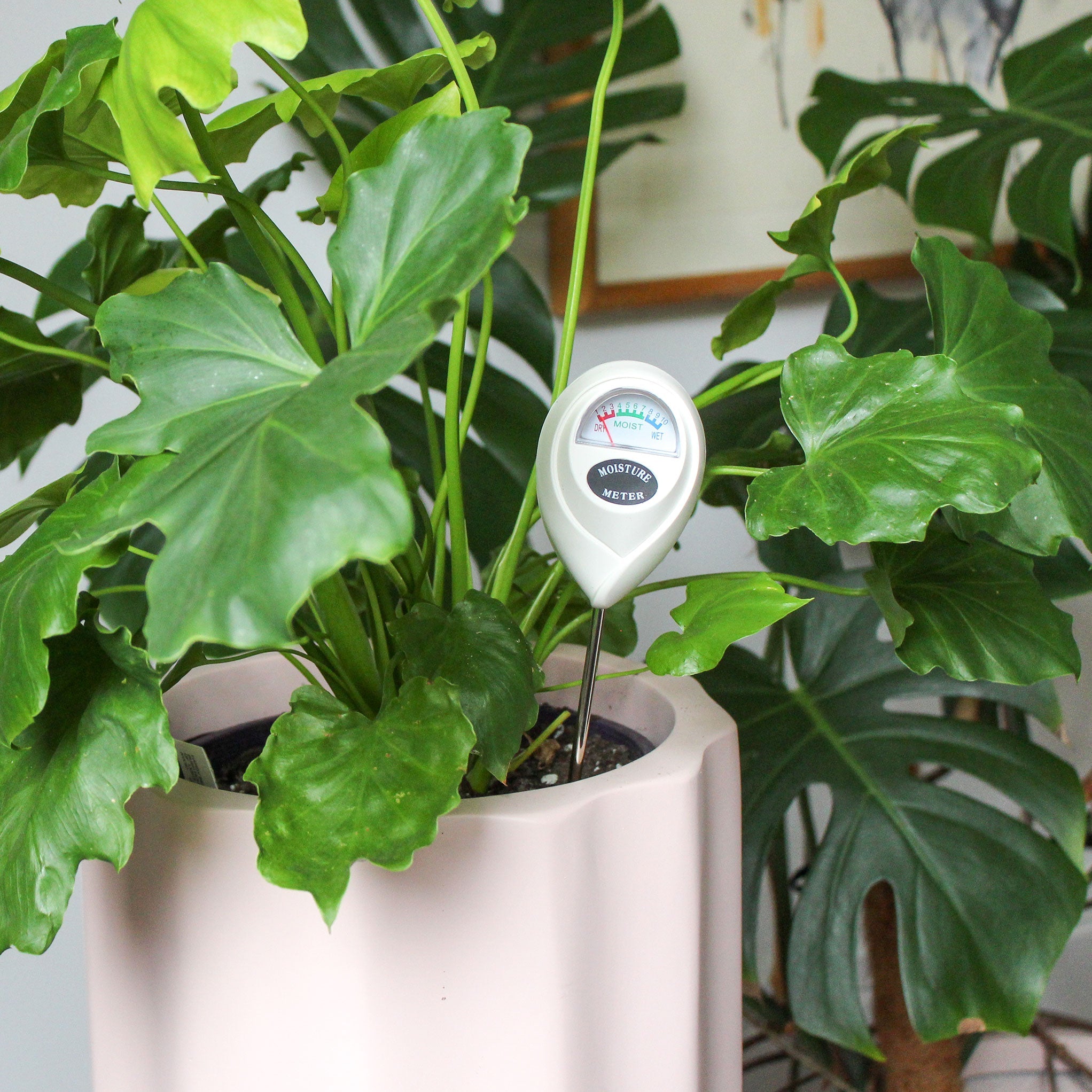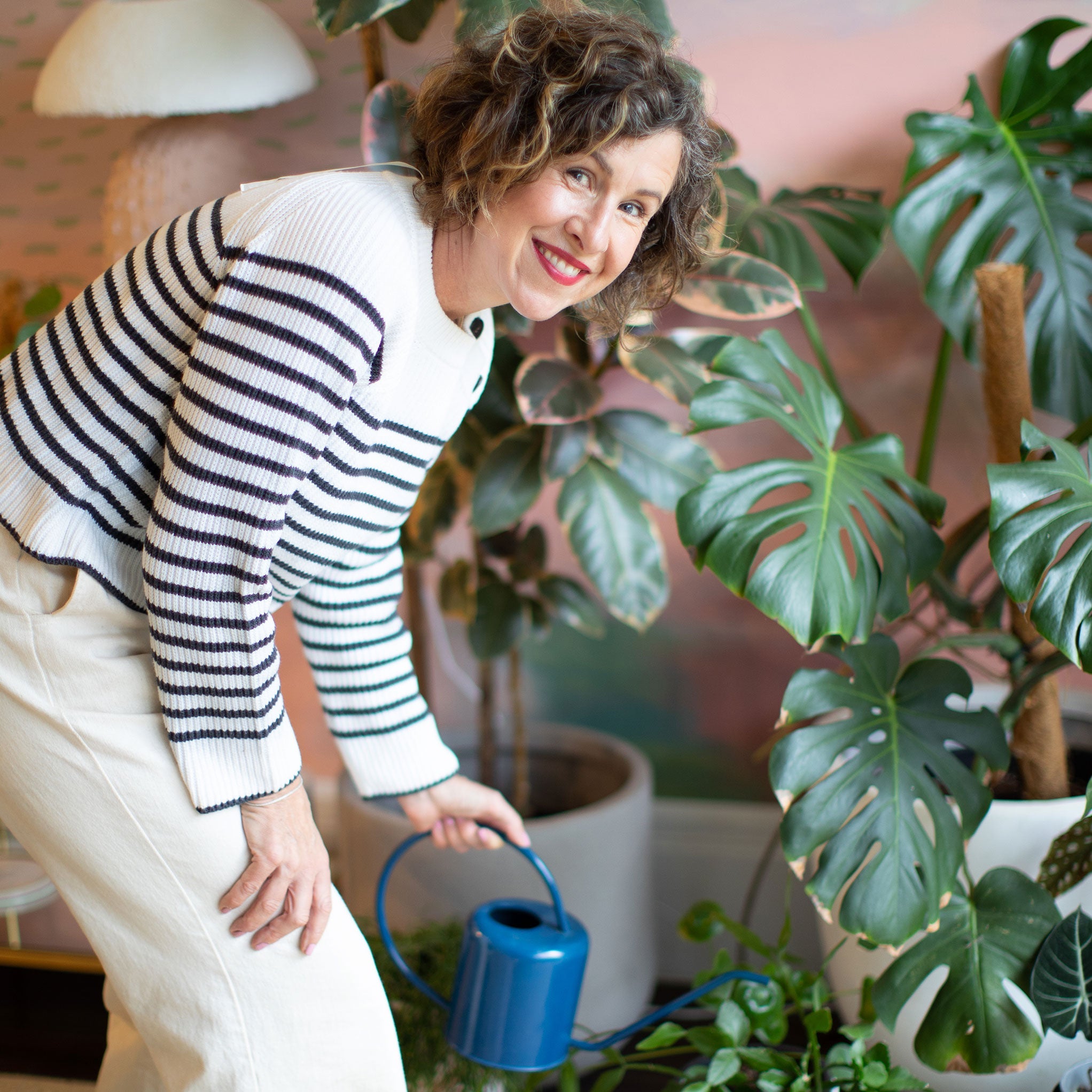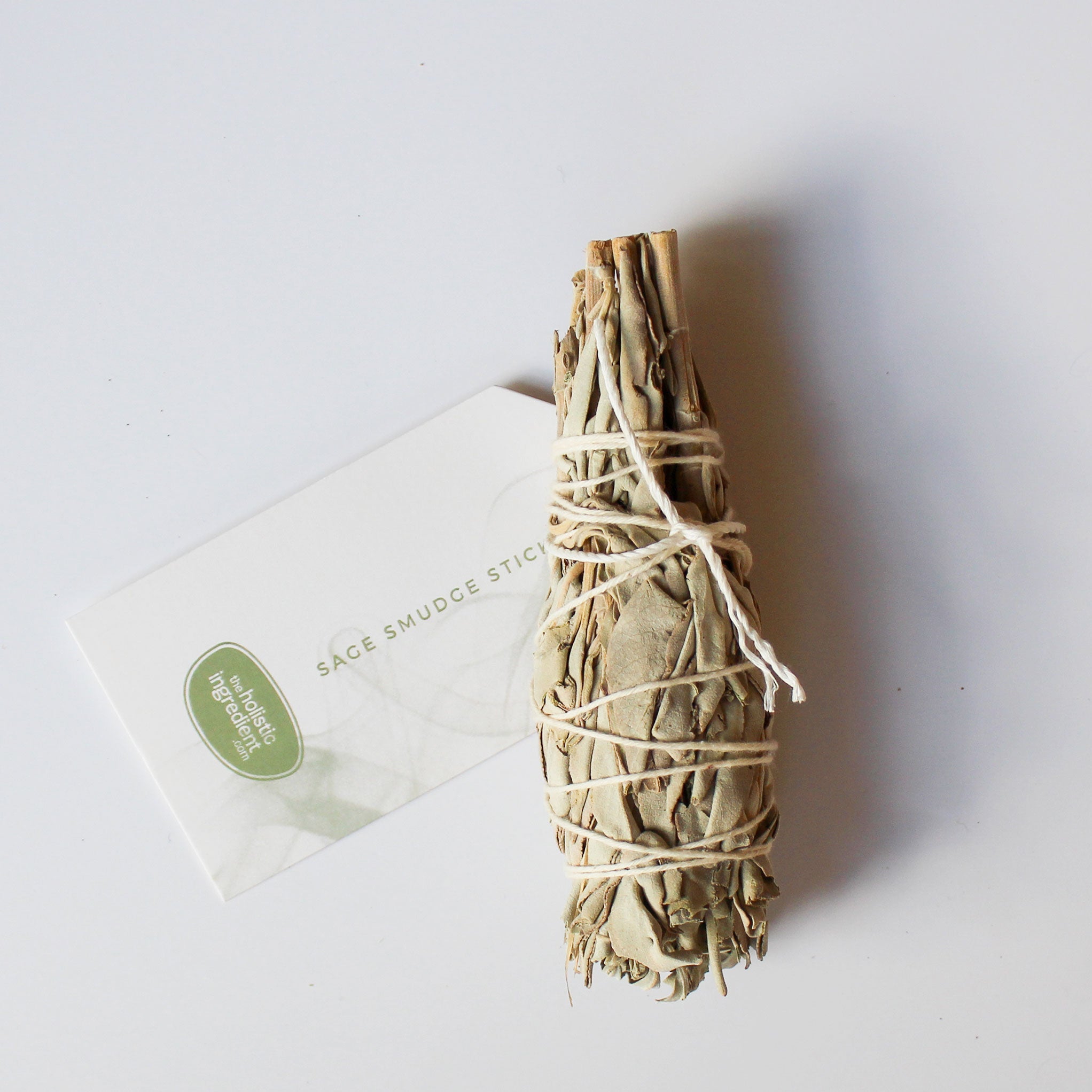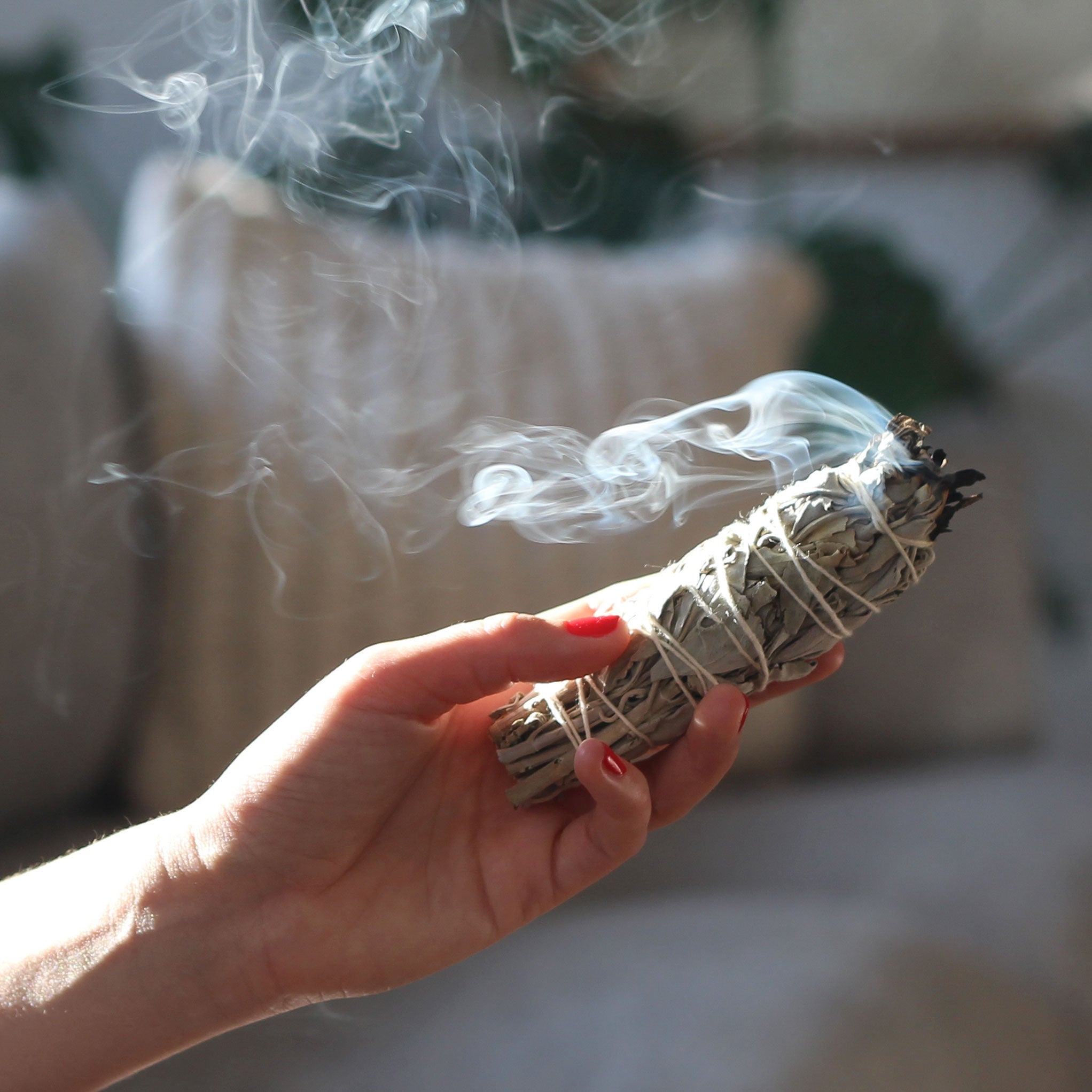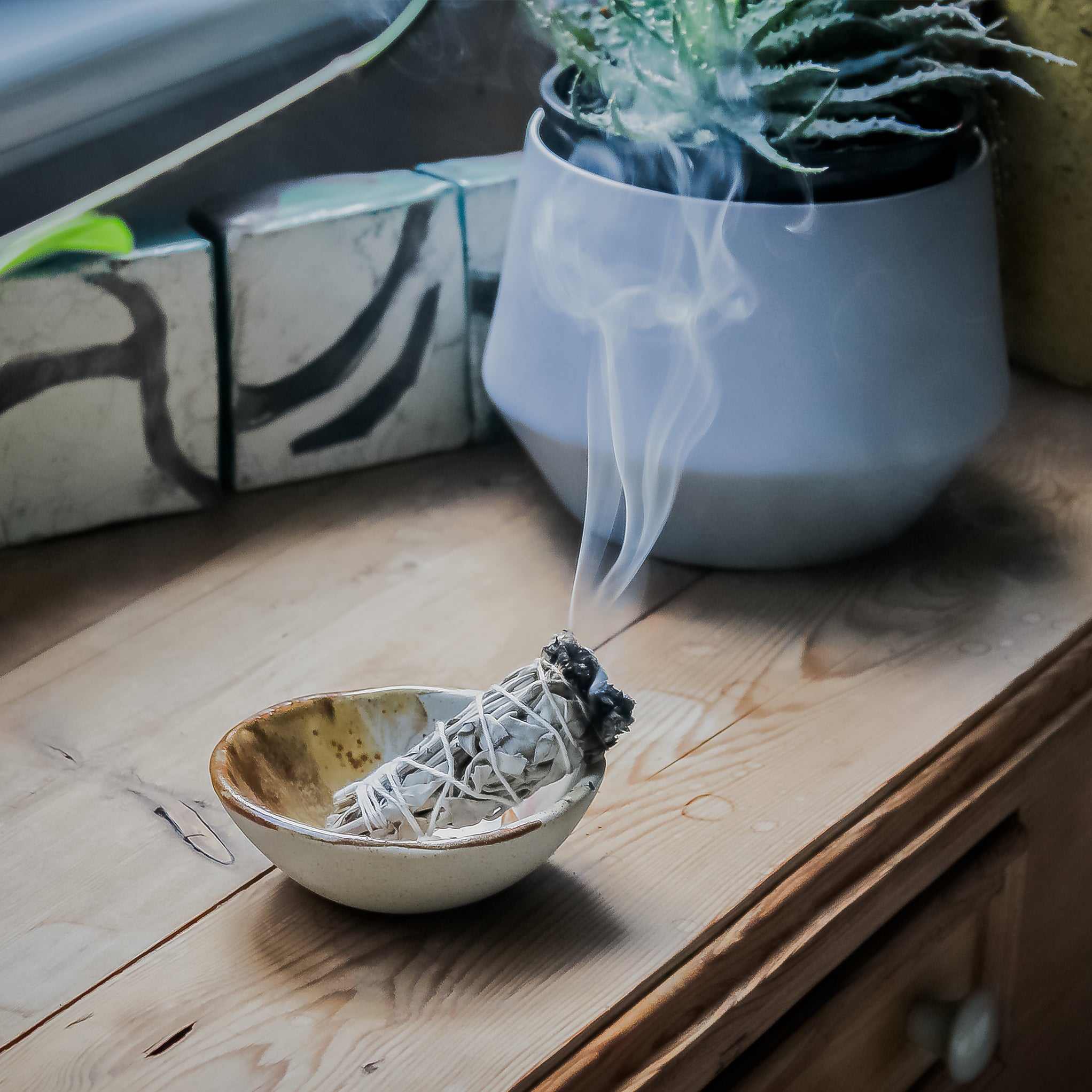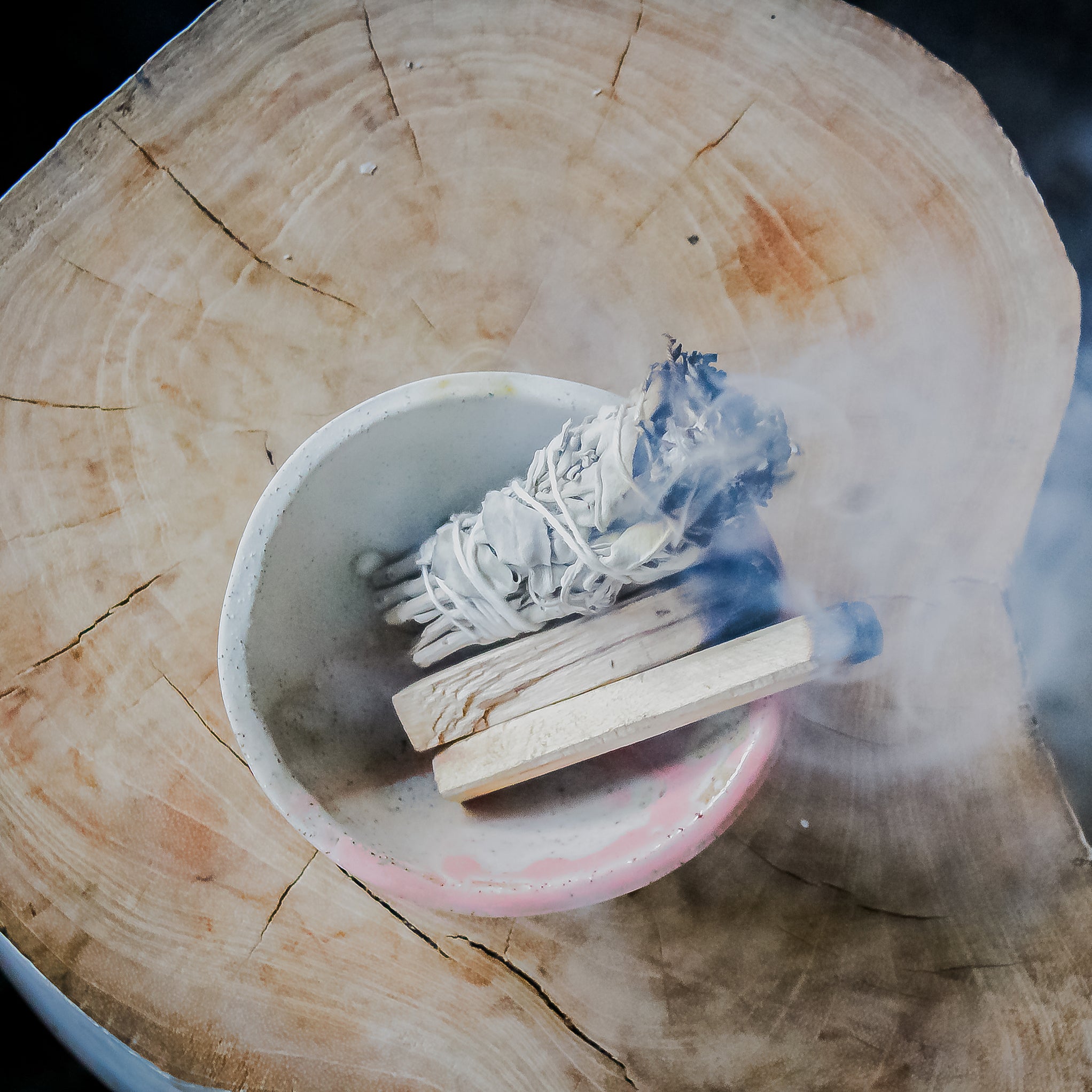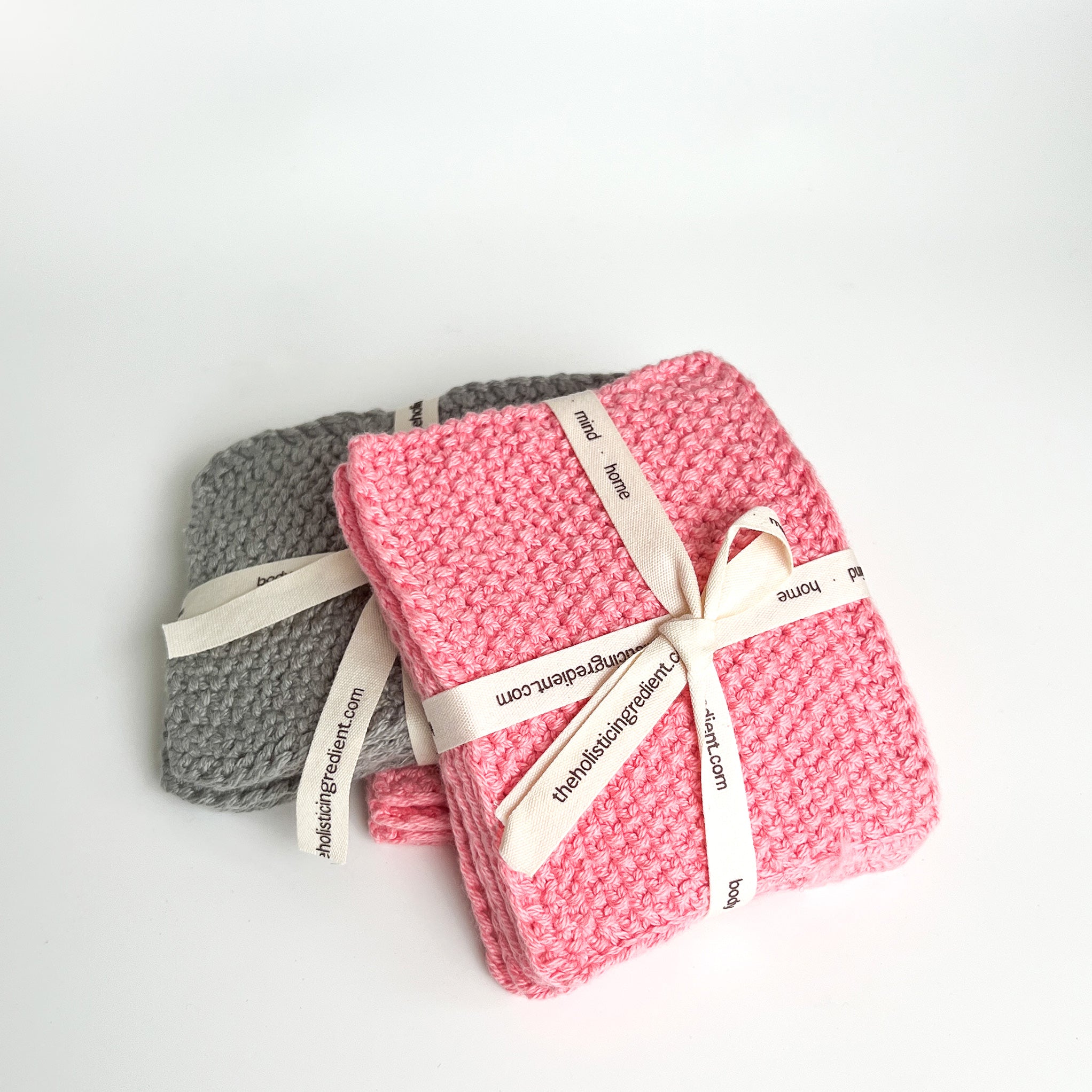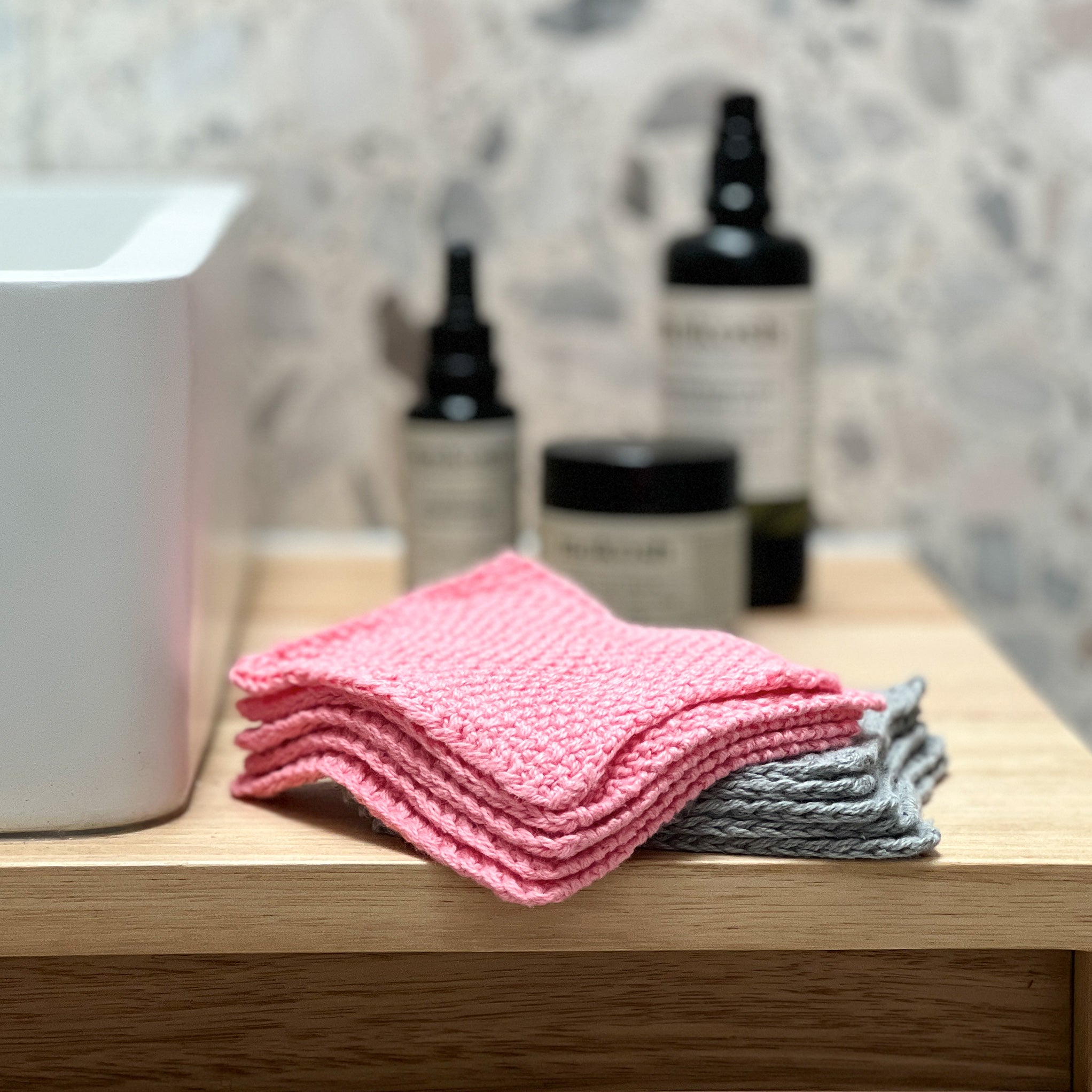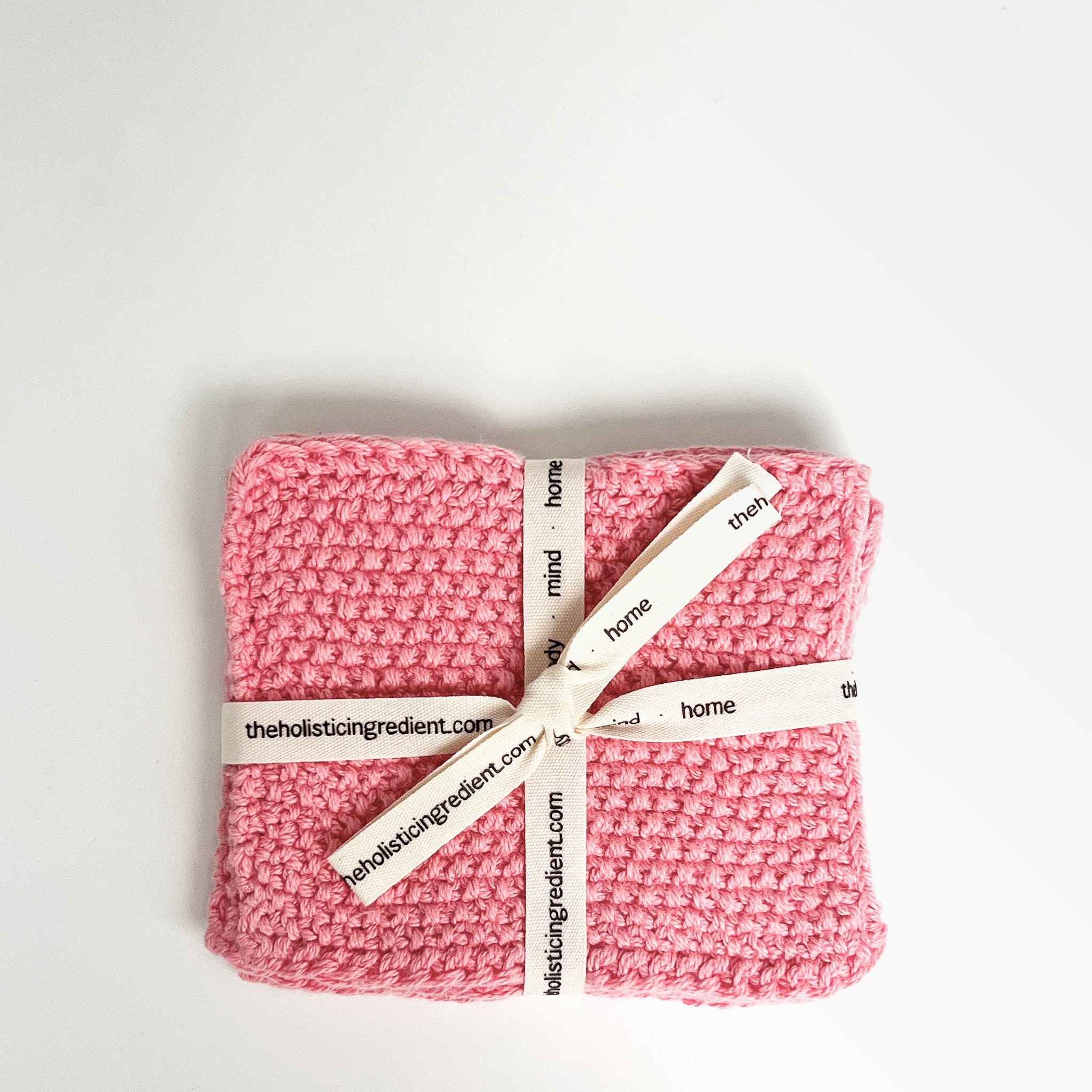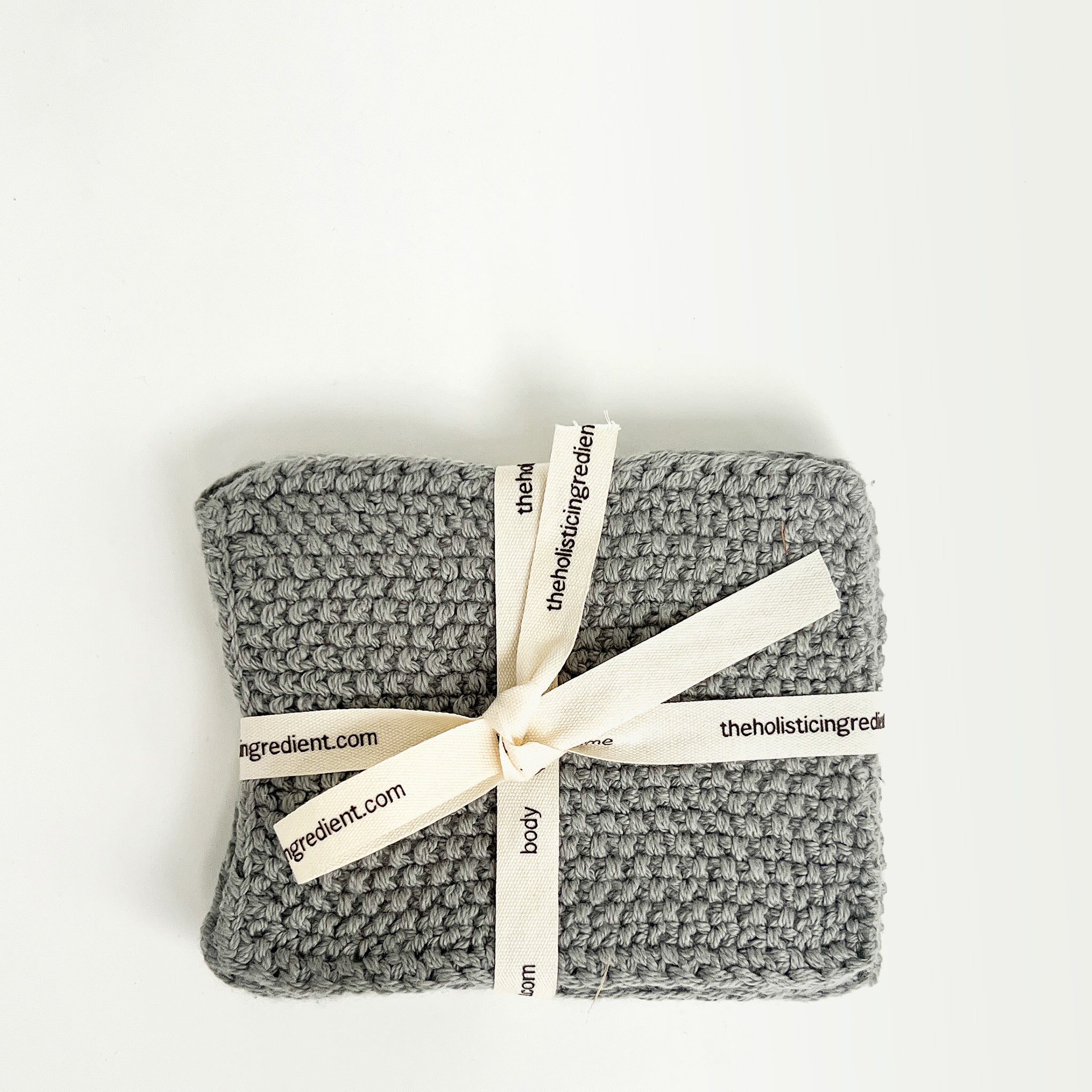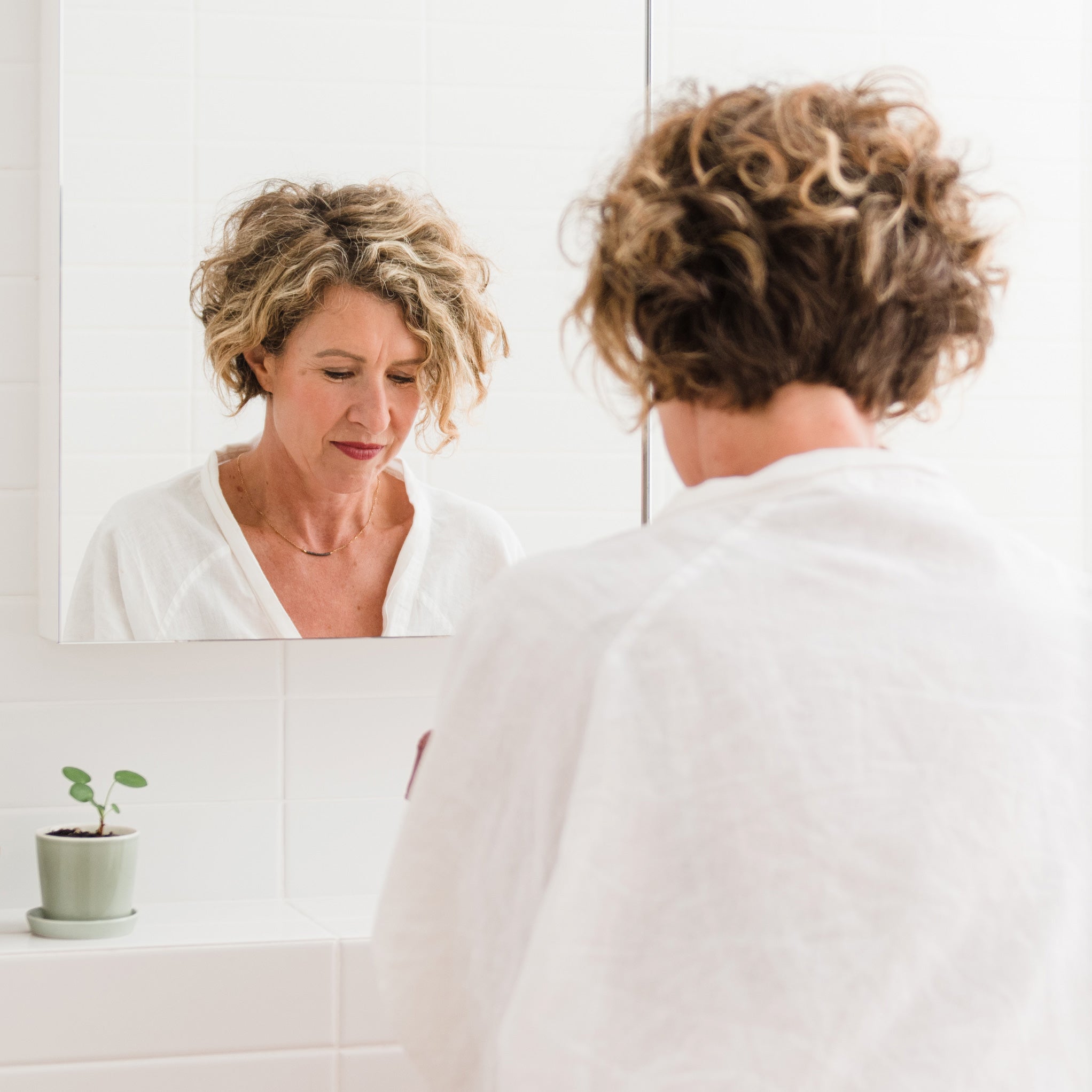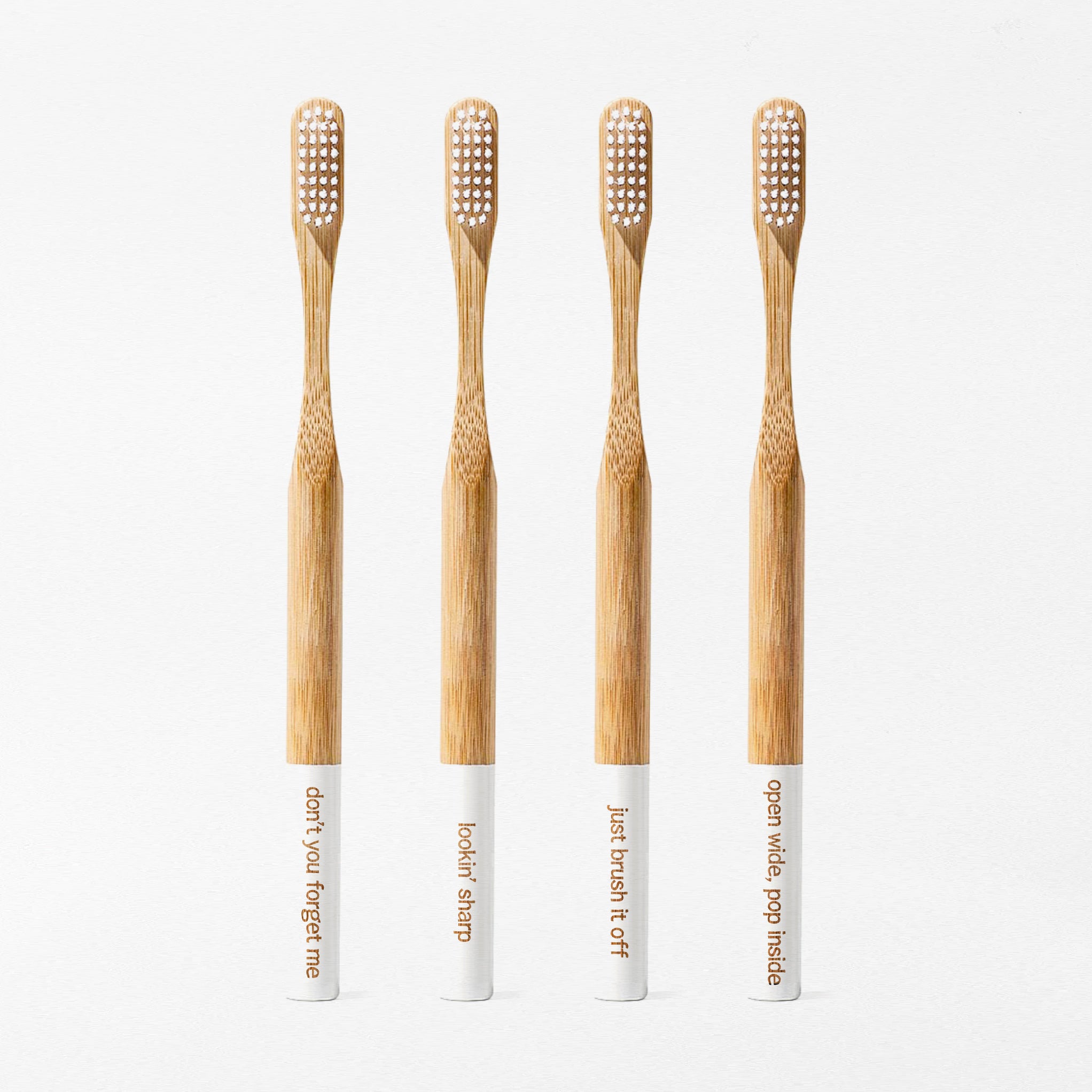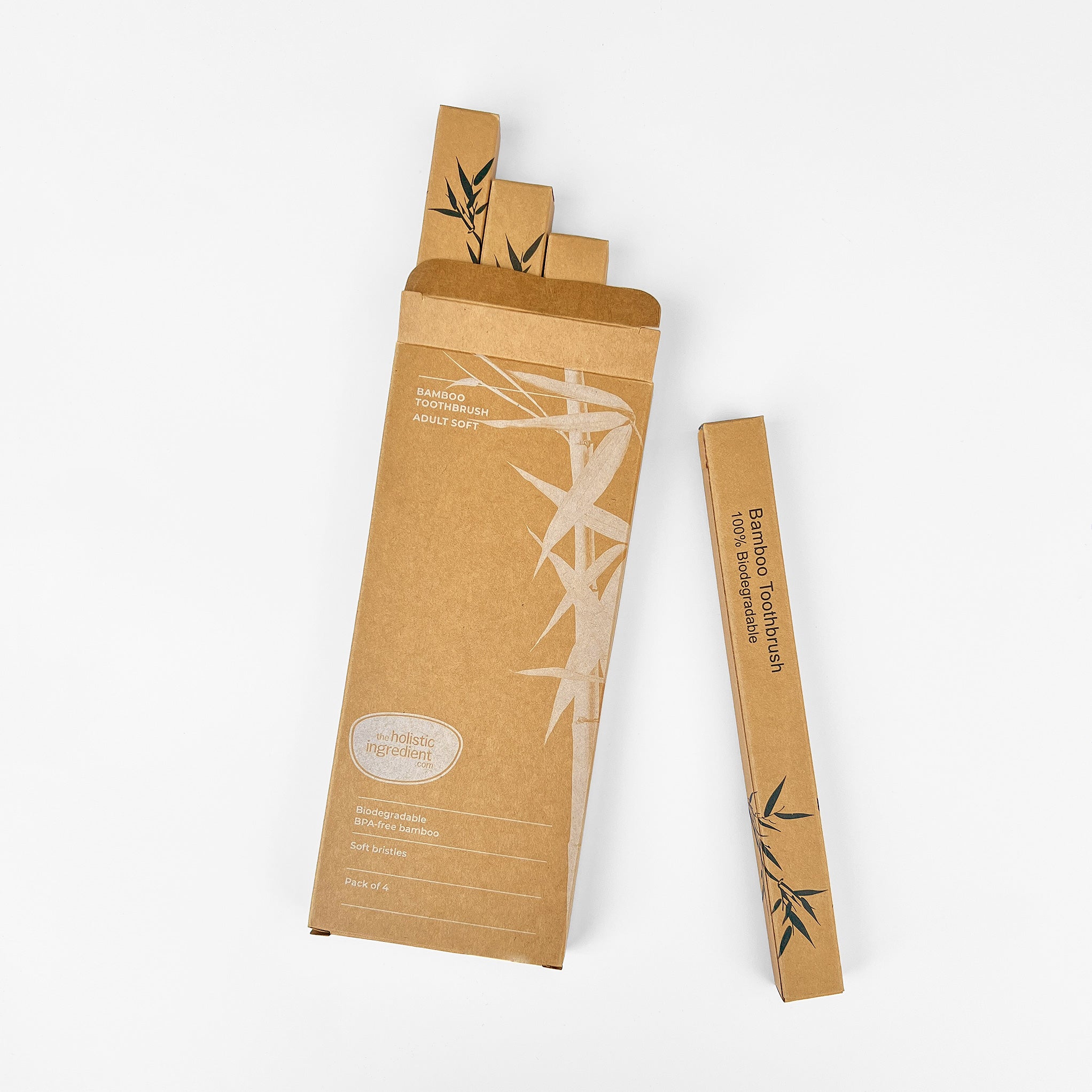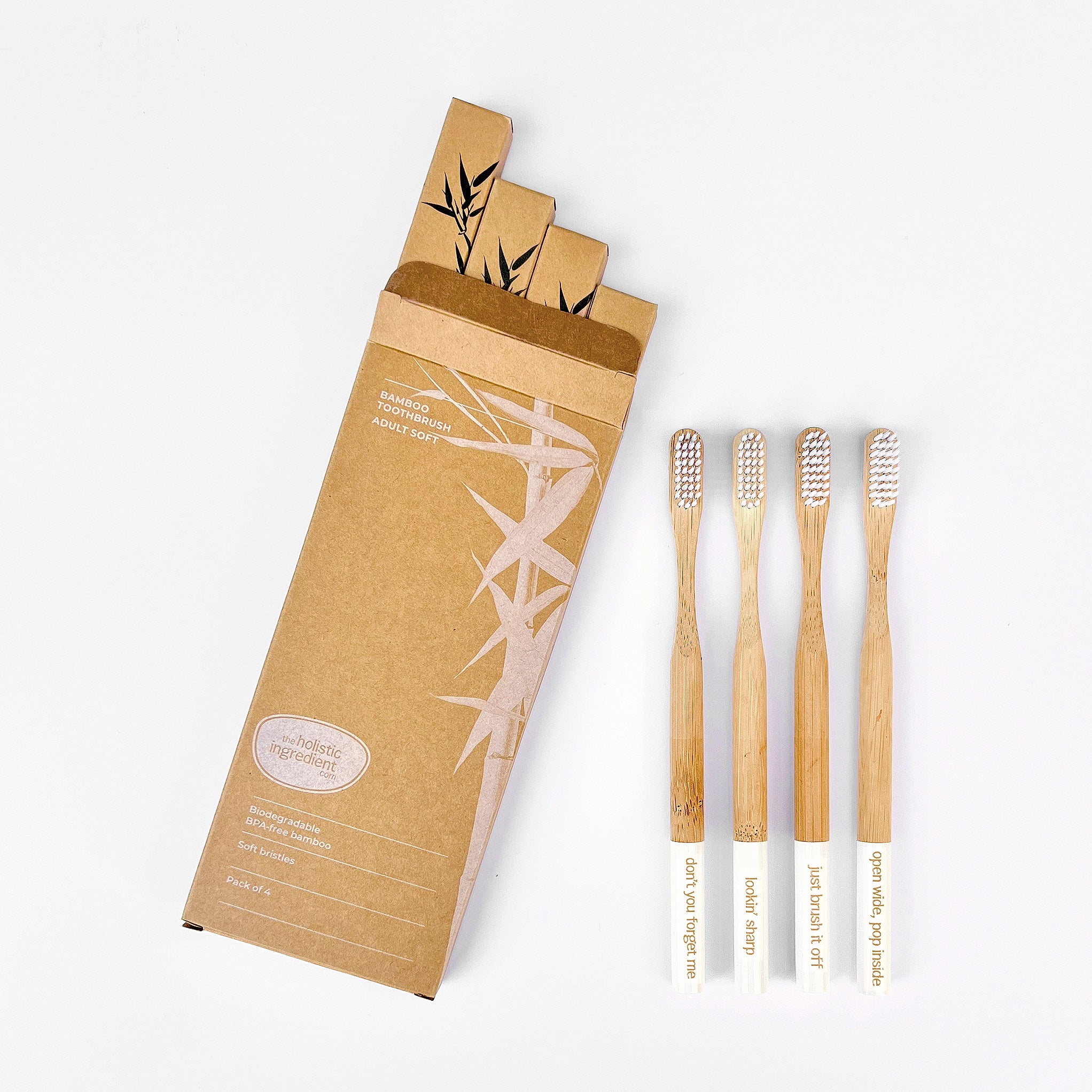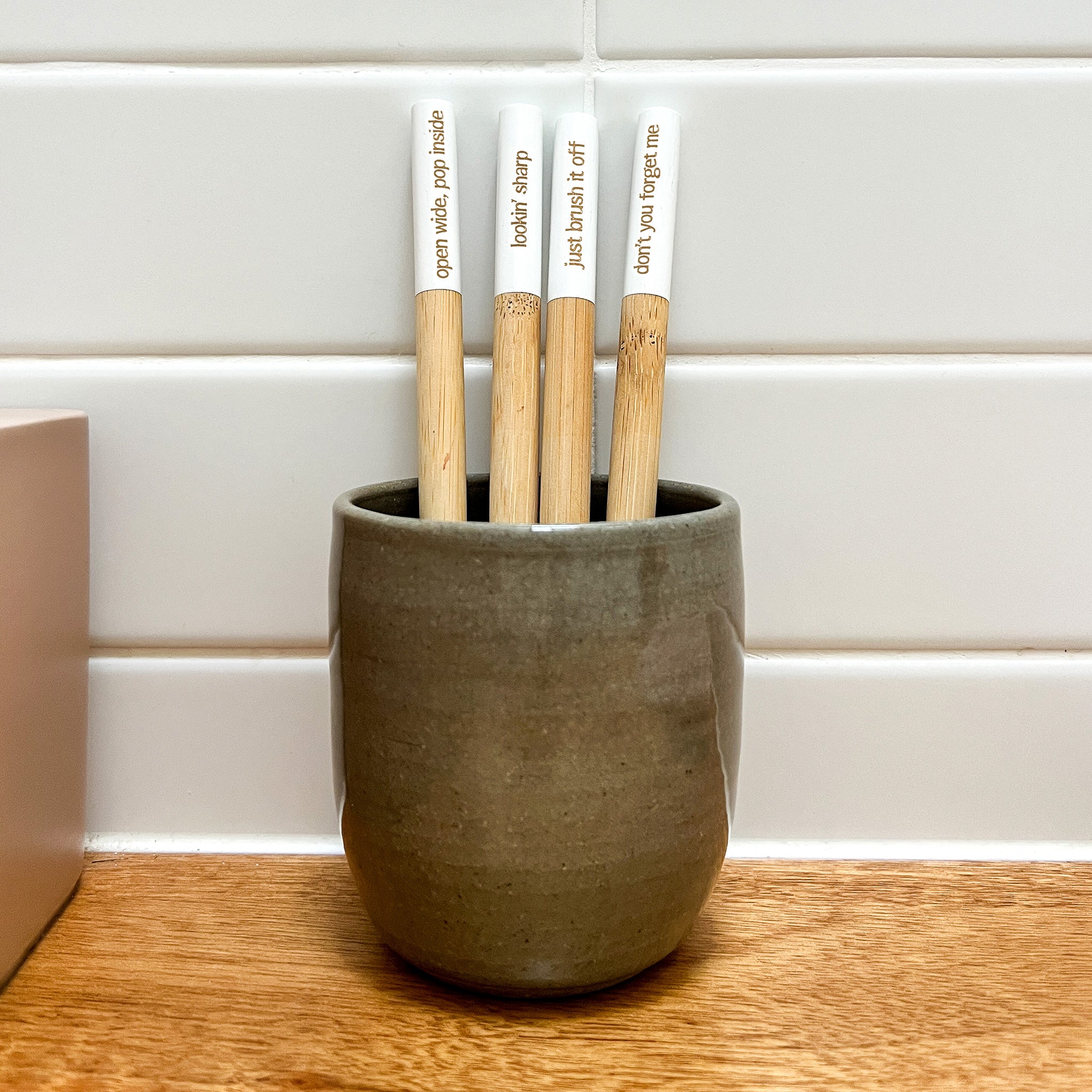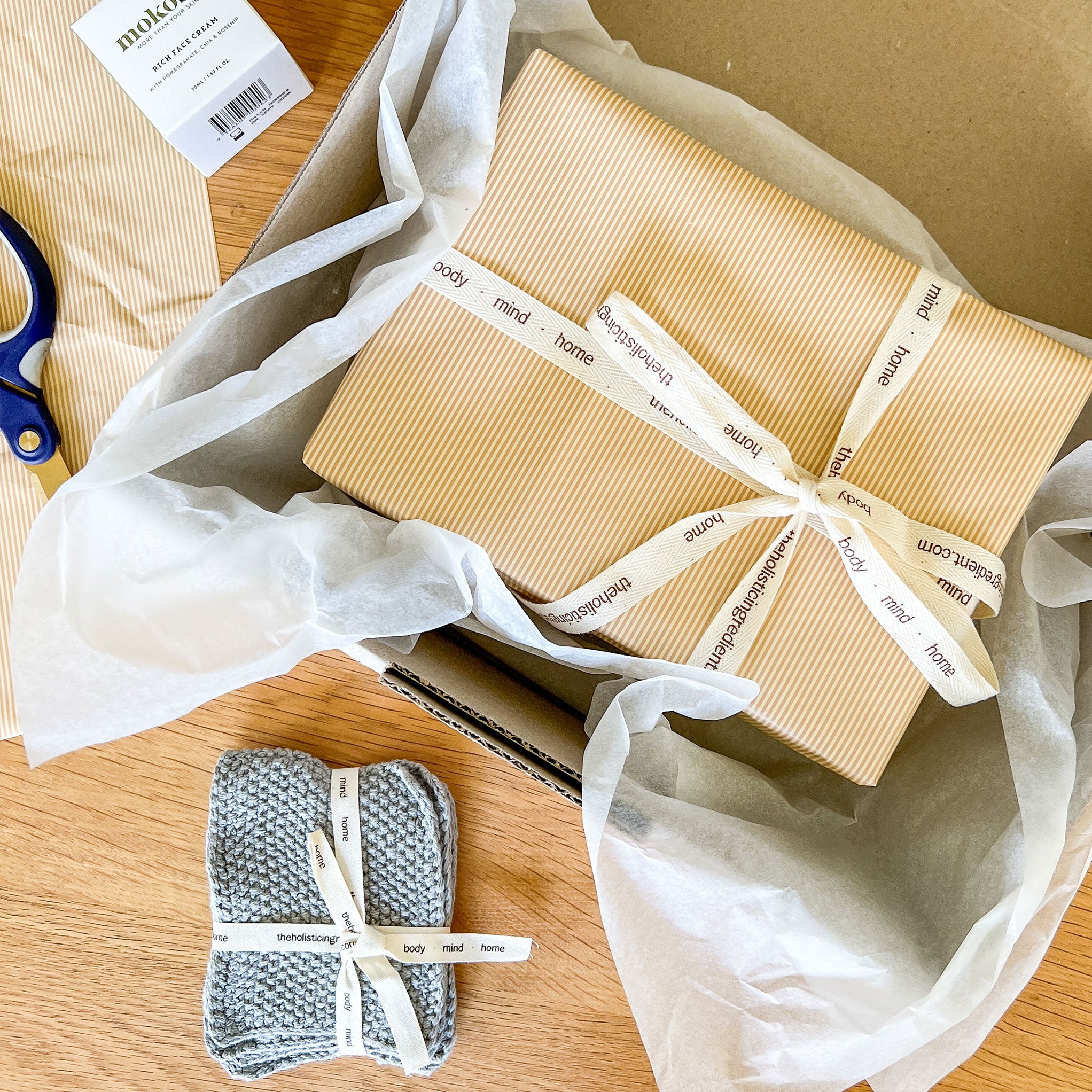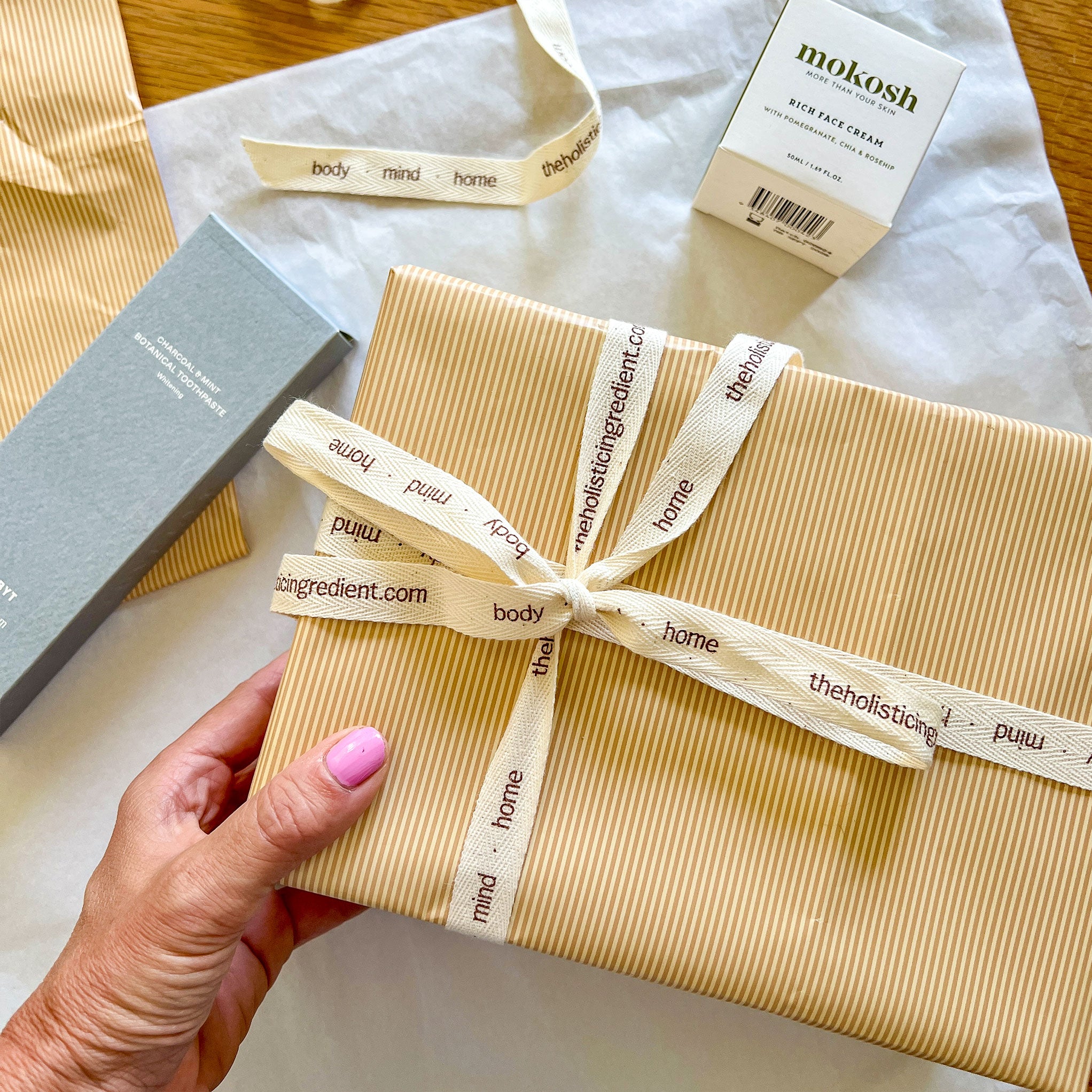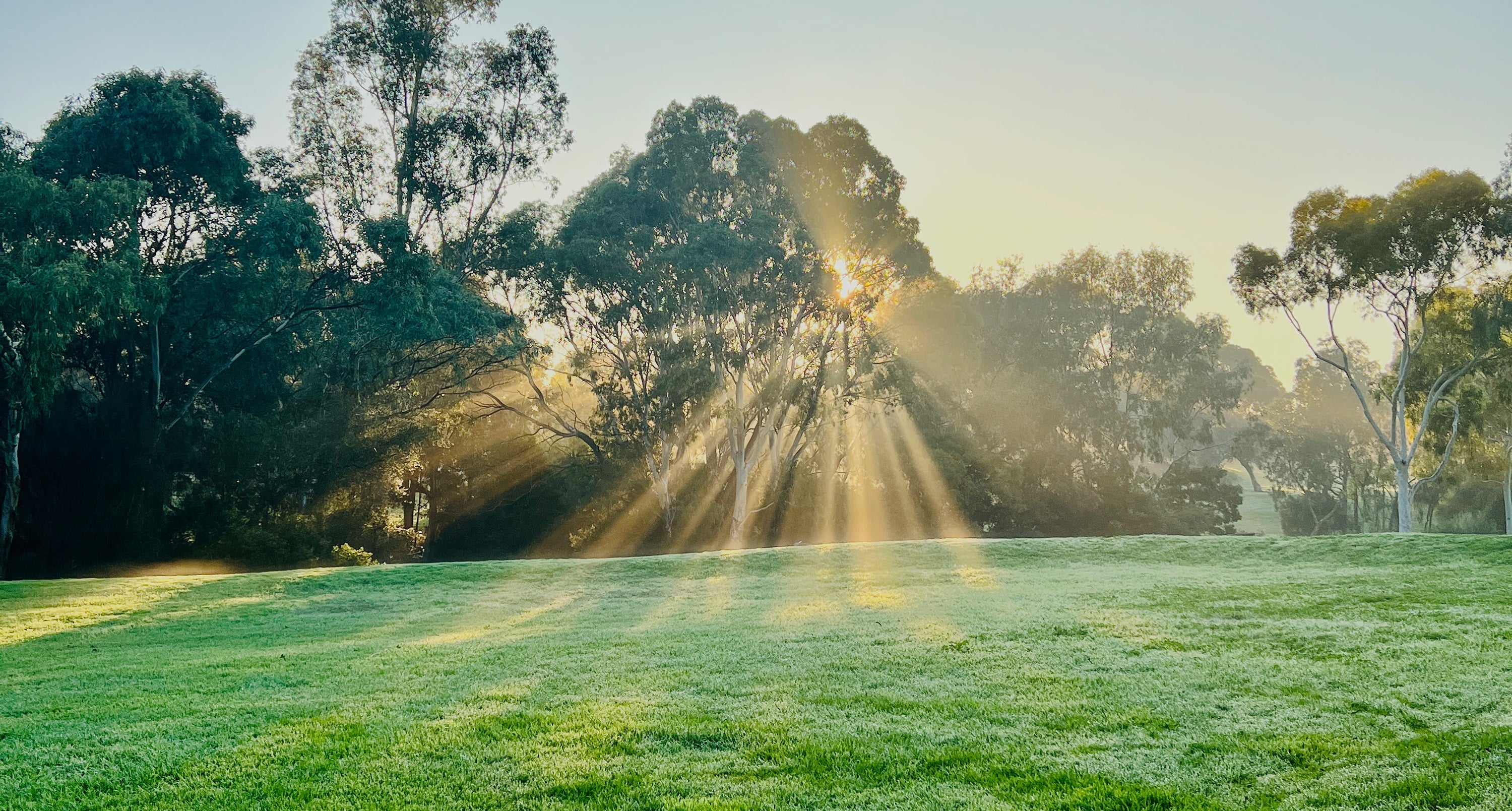
Photo by Debby Hudson on Unsplash
At the beginning of most years I announce to the universe that I'm going to do more that year that nourishes my soul and brings me joy - that is, less work more play. Well, it's a mighty good thing I find such satisfaction in the work that I do because inevitably this promise fades.. Today I'm making myself accountable to you to commit in a greater way to this promise.
My healing journey is still very much at the forefront of my mind, it drives many decisions I make each week, determining how often I say 'no' and how much I jam into my day. Generally speaking I'm 'well', though few weeks go by that I don't imagine how much better I could be still, if only I could temper an inner drive that sees me striving on...and on.
Enter one of my dearest friends, Dr Elise Bialylew, a friend who I see far too little of because well, LIFE. It seems timely that on a Tuesday (when I'm still recovering from my output of a week passed) I am celebrating the launch of an amazing achievement, that of her first published book, The Happiness Plan. This week I am honoured to have Elise feature on the blog, where she shares some poignant and inspiring words around the significance of fostering creativity for greater happiness.
Connect with what makes you feel alive, by Dr Elise Bailylew
The most regretful people on earth are those who felt the call to creative work, who felt their own creative power restive and uprising, and gave to it neither power nor time.’ Mary Oliver
Over the past few years I’ve been on a mission of unlearning self-protective habits and relearning how to be comfortable with taking more risks and developing my creativity.
Going to medical school taught me a lot of worthwhile things, but it also seemed to gradually extinguish my creative and entrepreneurial tendencies. We were learning to accurately diagnose so that we could precisely treat and save lives. Mistakes could be devastating, so there wasn’t a lot of room for creativity.
As I travelled deeper down the path of specialisation into psychiatry, I felt myself becoming more and more constricted by the rules, both spoken and unspoken, and less able to take risks and innovate within the system. There was a sense of having my creativity stifled by some invisible force.
I wasn’t alone. Many of my doctor friends were talented musicians, artists and writers who were living double lives, barely managing to keep their creativity alive in between the demanding hours of medical work. Writer and social researcher Brené Brown warns about the toxicity of stifled creativity:
‘Unexpressed creativity is not benign, it turns to grief and judgment.’
The grief that came from ‘unexpressed creativity’ was something I was familiar with.
I loved art at school. I remember walking down the corridors on my way to physics and peering into the art room, looking at the canvases in progress. I wished I could spend my school days painting and exploring the world of imaginative expression. However, based on the well-meaning advice of those around me, I internalised the idea that I wasn’t creative enough to pursue an artistic vocation. It took a while to see that my ‘I love art, but I’m not creative’ story was a psychological prison stifling my creativity.
Creativity is a fundamental life force, and as the world becomes a more complex and challenging place, creativity is going to be an essential skill for our survival as a species.
Whether it’s a desire to play music, paint, nd creative solutions at work, or be a more creative parent or partner, meditation is a powerful practice that can help us overcome the barriers to our highest creative potential.
One common barrier to creativity is a lack of space and time for just ‘being’ rather than ‘doing’. In an era of information and technology overload, meditation creates an oasis of quiet, giving the mind space to decompress. Although meditation is not about actively trying to make something happen, ripples of thought and emotion can creatively collide and result in innovative ideas and solutions to dif cult problems we face. As Einstein famously stated, ‘We cannot solve our problems with the same thinking we used when we created them.’ Mindfulness meditation cultivates an open state of mind, which is a prerequisite to bringing about an alternative perspective.
Another obstacle to our creativity is the inner critic, which stops us from taking creative risks for fear of humiliation. Our internal voice tries to protect us from perceived danger, but in the process inhibits us from trying new things for fear that we’ll fail. Mindfulness helps us recognise these inner dialogues for what they are: an obstacle between us and our deepest hopes and longings. Once we see this inner chatter, we can allow it to be there, label it as fear, and move forward despite its threats and provocations.
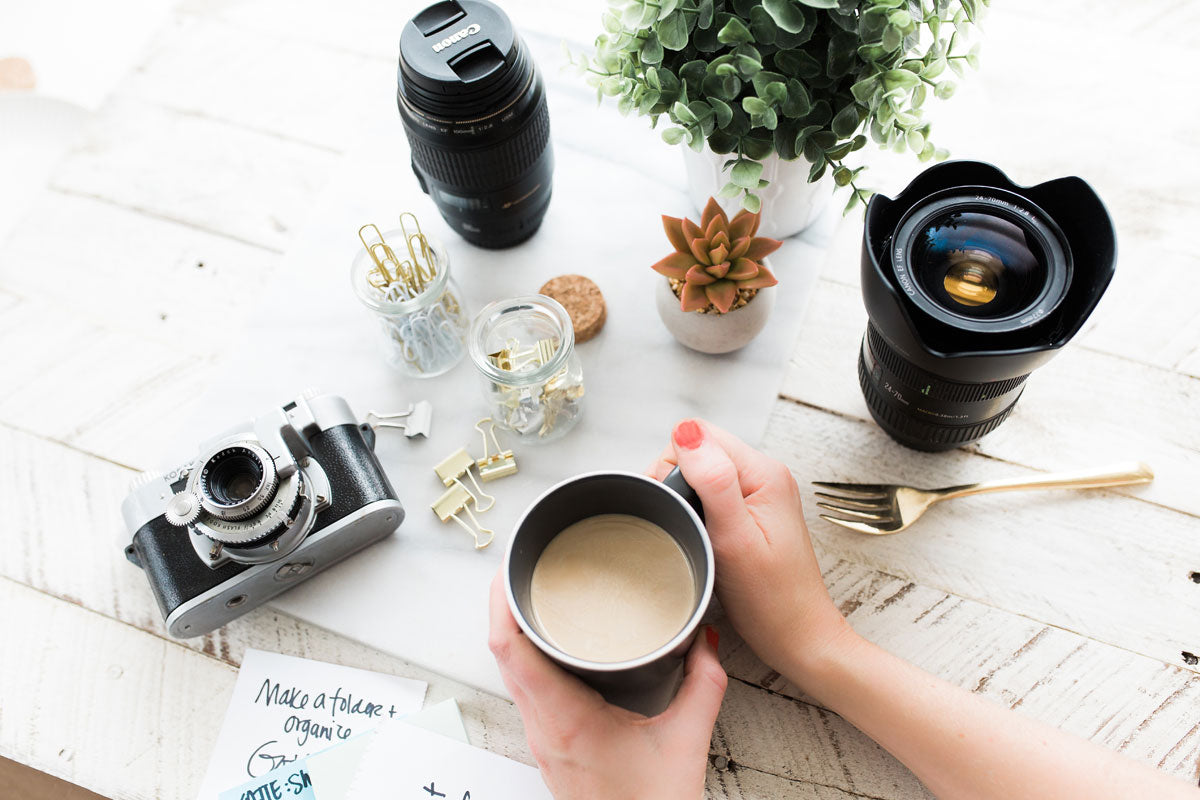
Photo by Brooke Lark on Unsplash
TODAY’S PRACTICE: A Mindful Reflection
Take a moment after your meditation today to reflect on these questions and journal your responses.
Where in your life is your creativity being expressed?
Where in your life is your creativity not being expressed?
What creative longings do you have that you may not have acted upon because of fear?
What are the inner and outer obstacles that prevent you from experiencing your creativity?
What is one thing you could do this week at work or at home to nurture and encourage your creativity?
A powerful aspect of mindfulness practice is that it invites you to regularly take notice of how you are feeling. This opens up an opportunity to consider which aspects of your life need attention. It’s through offering ourselves space that we can hear the whisper of what our soul needs to feel nourished and happy.
Parker Palmer likens the soul to a wild animal that we have to approach with gentleness. He writes:
The soul is like a wild animal – tough, resilient, savvy, self-sufficient, and yet exceedingly shy. If we want to see a wild animal, the last thing we should do is to go crashing through the woods, shouting for the creature to come out. But if we are willing to walk quietly into the woods and sit silently for an hour or two at the base of a tree, the creature we are waiting for may well emerge, and out of the corner of an eye we will catch a glimpse of the precious wildness we seek.
When we’re feeling rushed and stressed out, we lose touch with those things that nourish us at a soul level. Taking time to be still and listen to what we need helps us sense what is missing in our lives, and allows us to make small adjustments that can often have a big impact on how we feel.
Whether you call it a soul or spirit, or simply a deep-set part of the psyche, we all have an internal aspect of ourselves that feels essential and vital. It’s that part of ourselves that feels most alive as we watch a sunset or find ourselves surrounded by the vast beauty of nature. The loss of connection to our soul is a key contributor to so many of our psychological ailments.
Although medication can at times be lifesaving in helping people overcome episodes of depression or anxiety, in my training I’ve discovered that helping people reconnect with what makes them feel most alive can be a crucial ingredient in the healing process. Gabrielle Roth, dancer, musician and founder of 5rhythms global dance movement, highlights the powerful healing capacity that creativity and play can have in our lives in her book Maps to Ecstasy. She writes:
In many shamanic societies, if you came to a shaman or medicine person complaining of being disheartened, dispirited, or depressed, they would ask one of four questions: When did you stop dancing? When did you stop singing? When did you stop being enchanted by stories? When did you stop finding comfort in the sweet territory of silence? Where we have stopped dancing, singing, being enchanted by stories, or finding comfort in silence is where we have experienced the loss of soul.
Write a list of the types of activities you engage in on a regular day and note down whether the activities are nourishing or depleting. Of course there are things we need to do each day that may feel depleting but which we can’t change, such as driving to work in peak hour. However, look at the depleting activities and see if you can bring a sprinkle of creativity to them and work out how to make them more nourishing. For example, you might start listening to podcasts or audiobooks while you drive to work.
Take a look at the rest of your weekly schedule and factor in an extra-nourishing activity for each day.
- Turn the monotony of daily cooking into something novel by choosing a challenging or interesting new recipe.
- Read a poem each morning before you get out of bed to tap into creativity.
- Subscribe to a free music platform and explore new music by making your own playlist. Play the music at home to set a new atmosphere in the house.
- Bring your friends together over a potluck dinner and tap into greater connection in your life.
- Schedule a trip somewhere novel that you’ve been meaning to visit.
Discover how to bring more mindfulness into your life in just ten minutes a day with Elise's new book The Happiness Plan. Order it here or download the first 20 pages for free to get a sneak peak.
Elise Bialylew is founder of Mindful in May, the world’s largest online global mindfulness fundraising campaign for global poverty, featuring the world’s leading mindfulness experts. A doctor trained in psychiatry, mindfulness expert and author of The Happiness Plan, she’s passionate about supporting individuals and organisations to develop inner tools for greater well-being and flourishing. She offers workshops and corporate training at The Mind Life Project and her work has been featured in the Huffington Post, New York Times, and on Australian television. Download one of her FREE guided meditations here.

